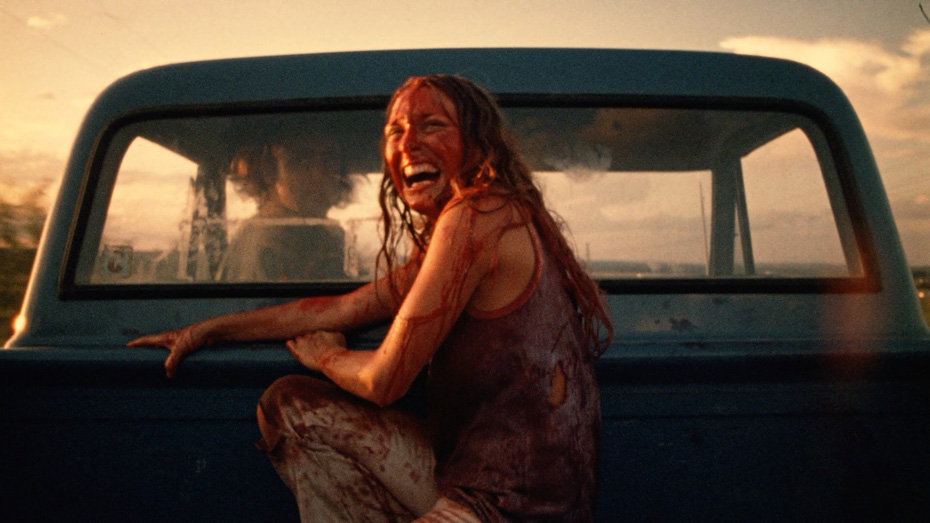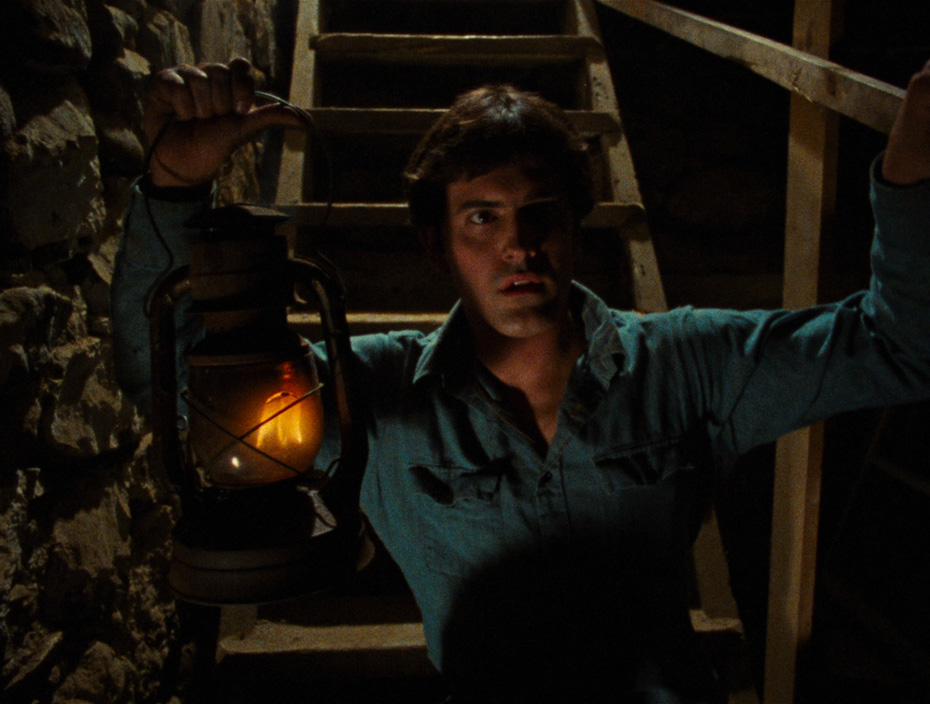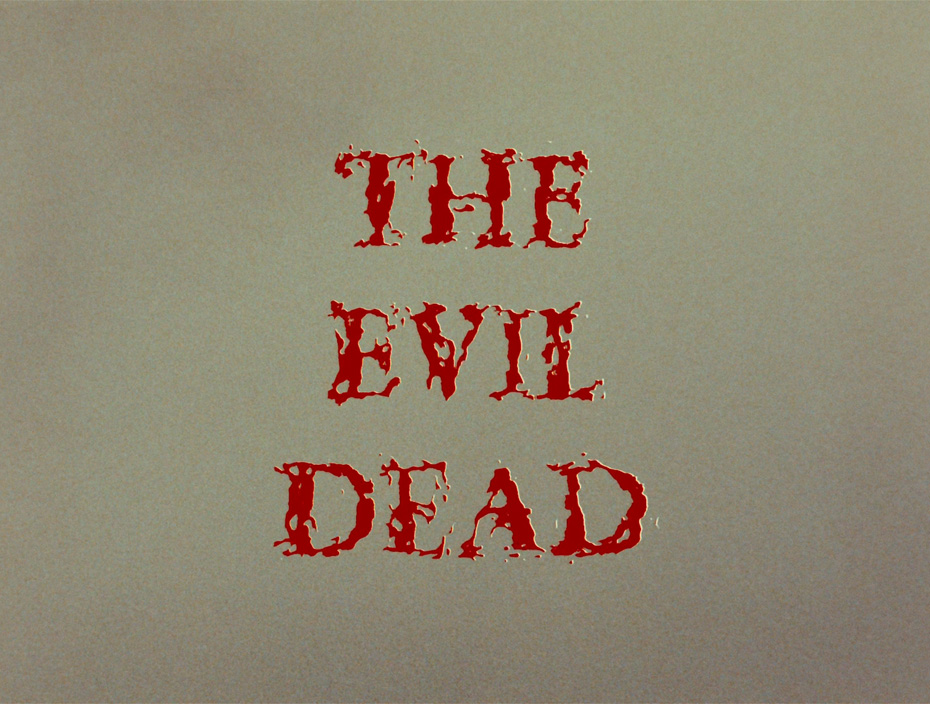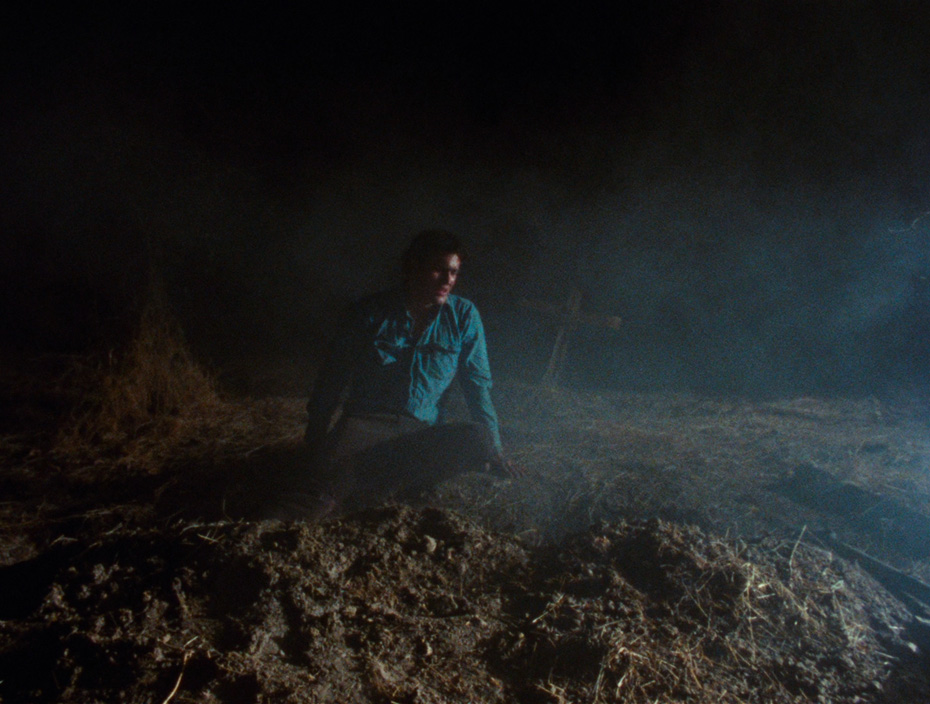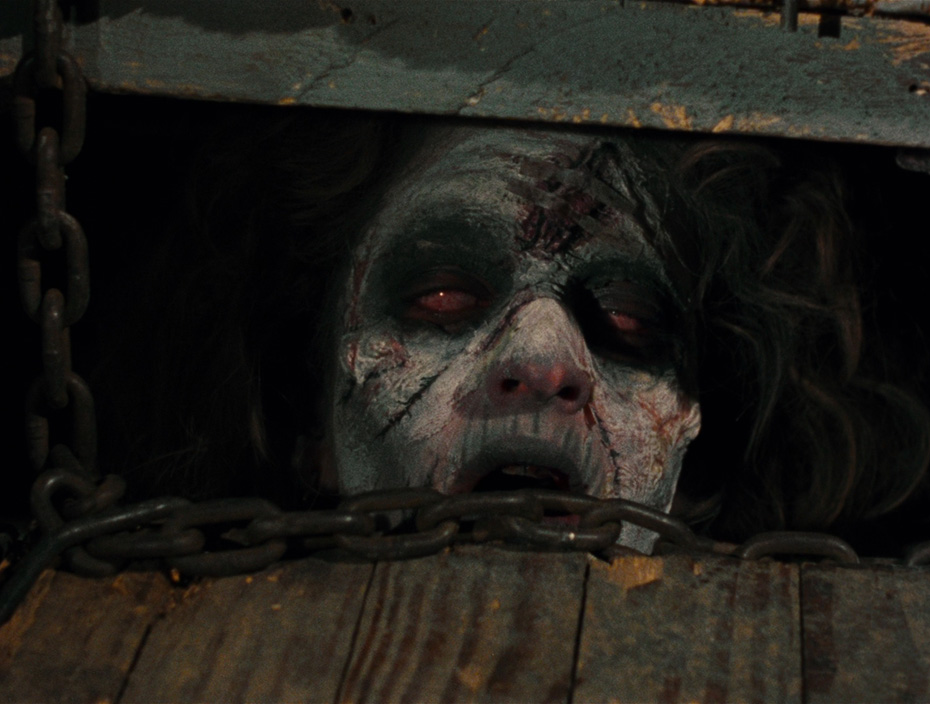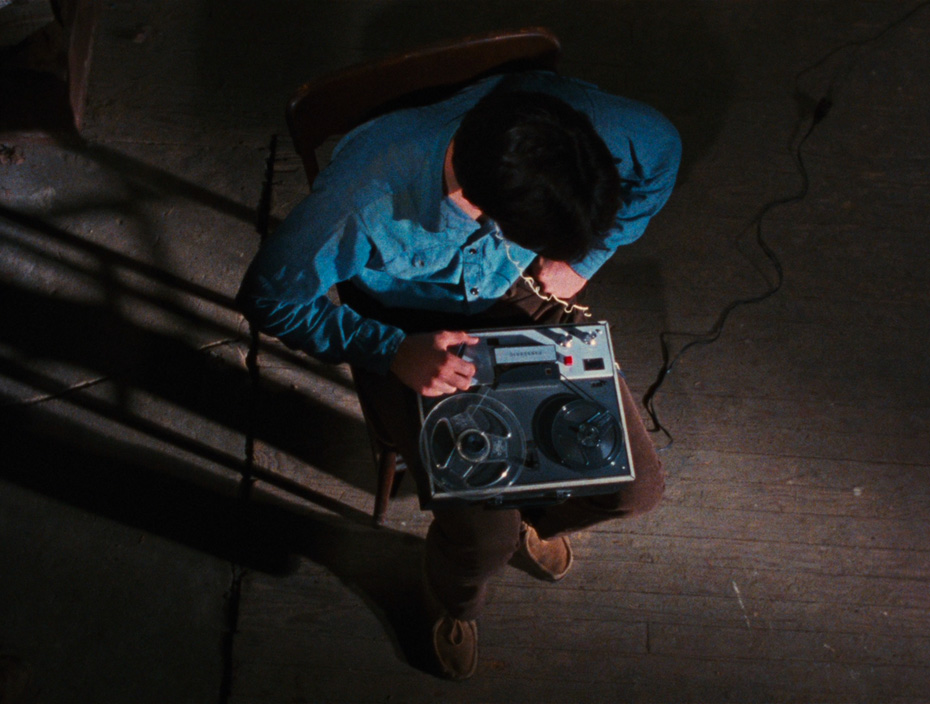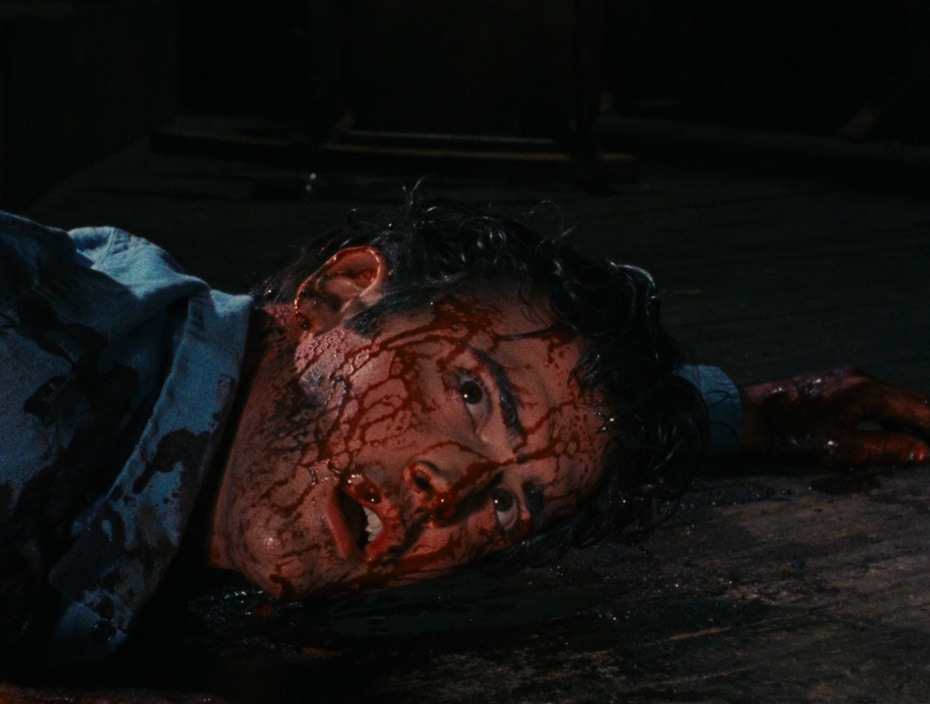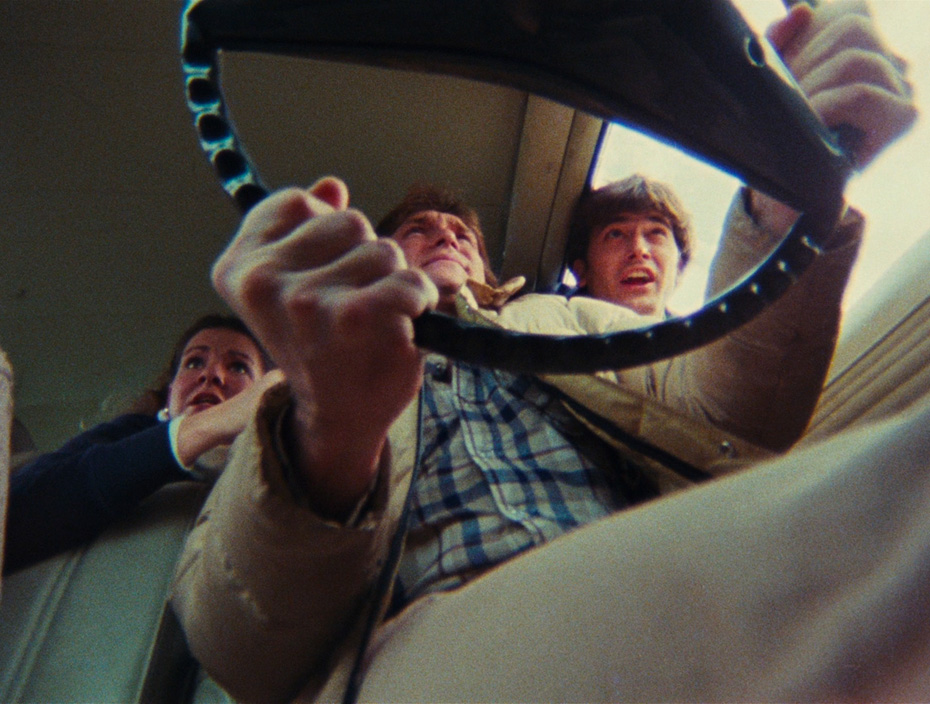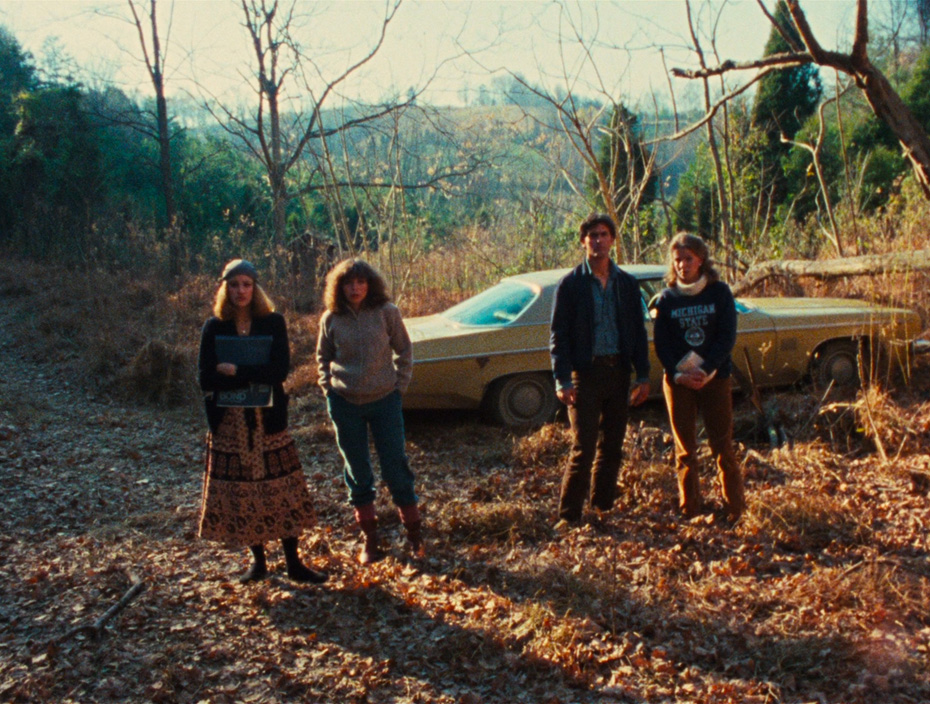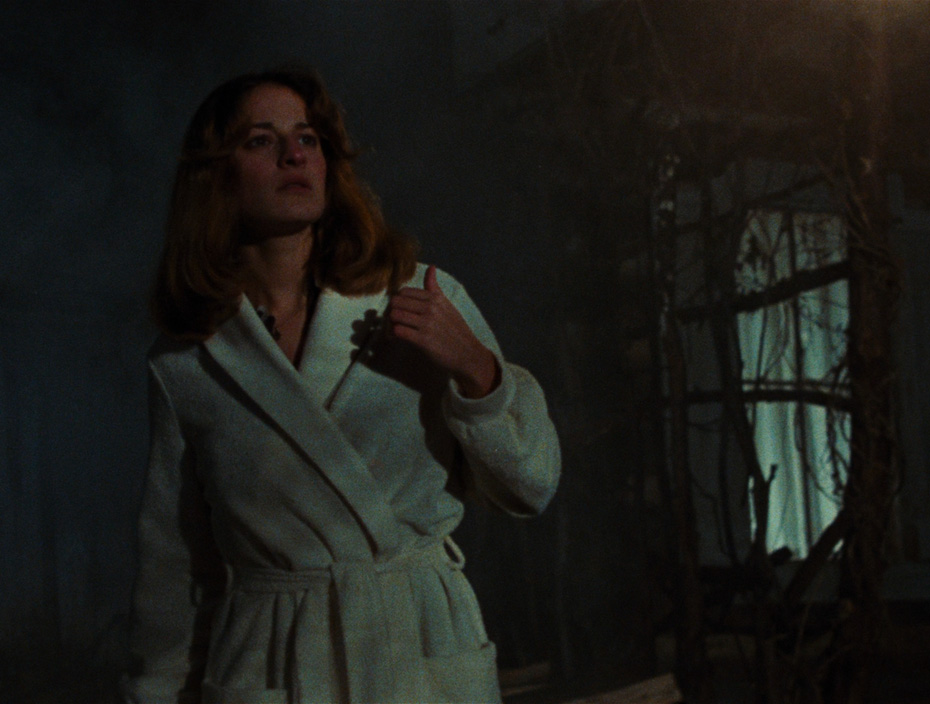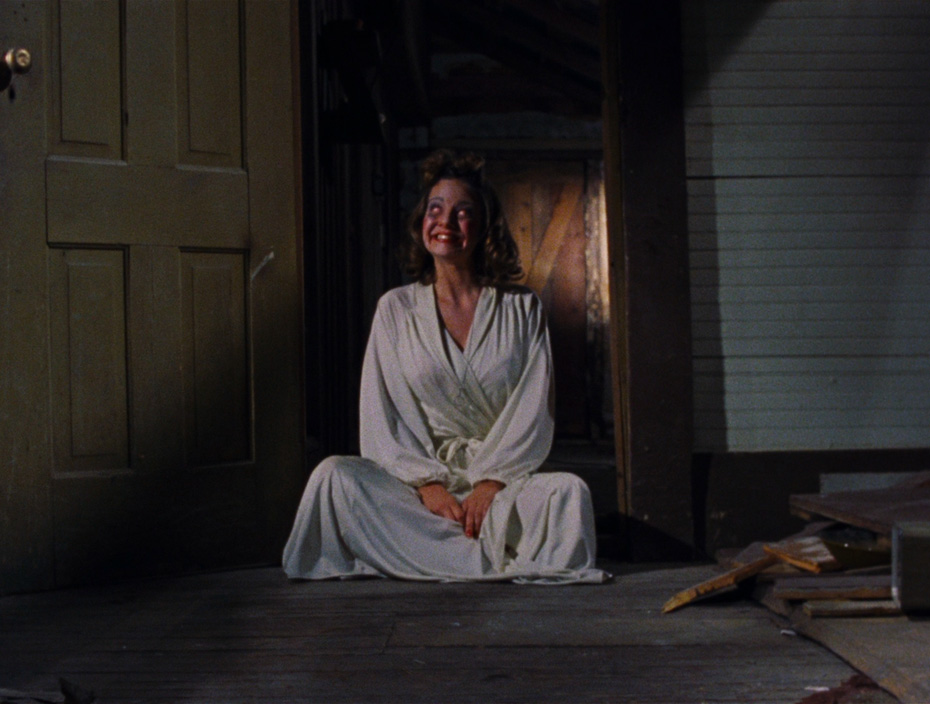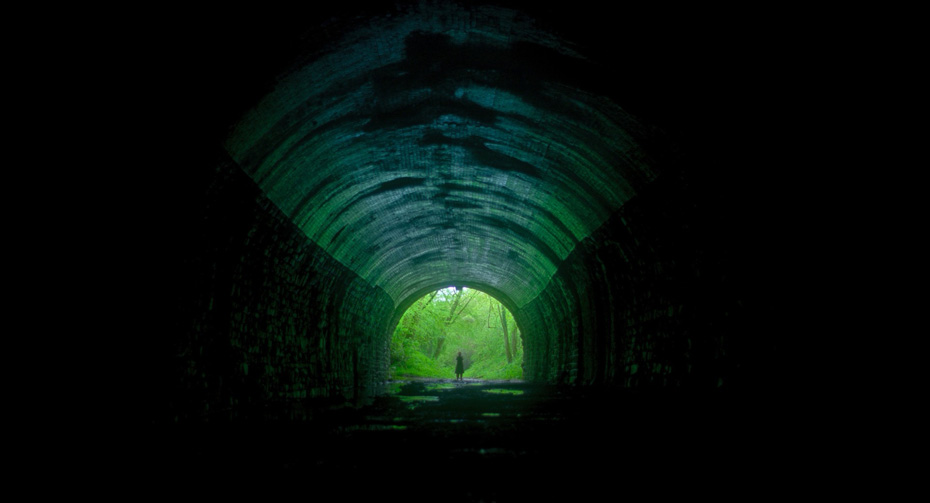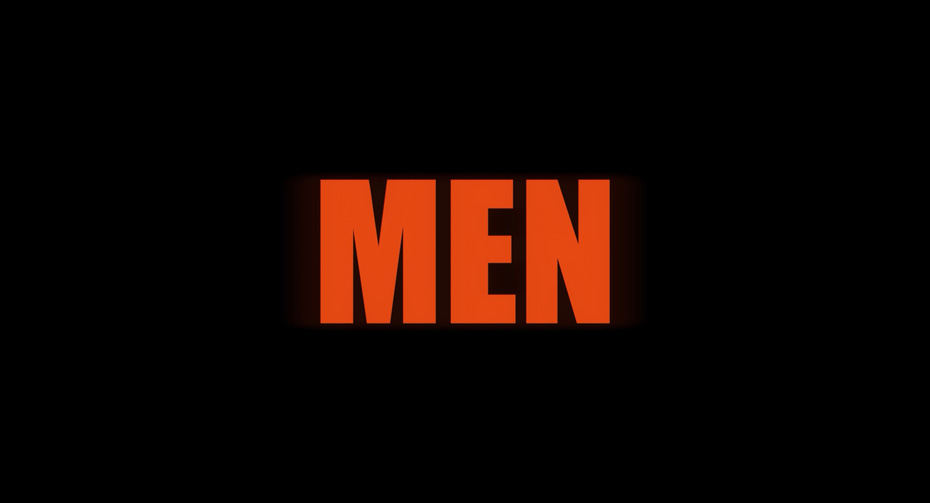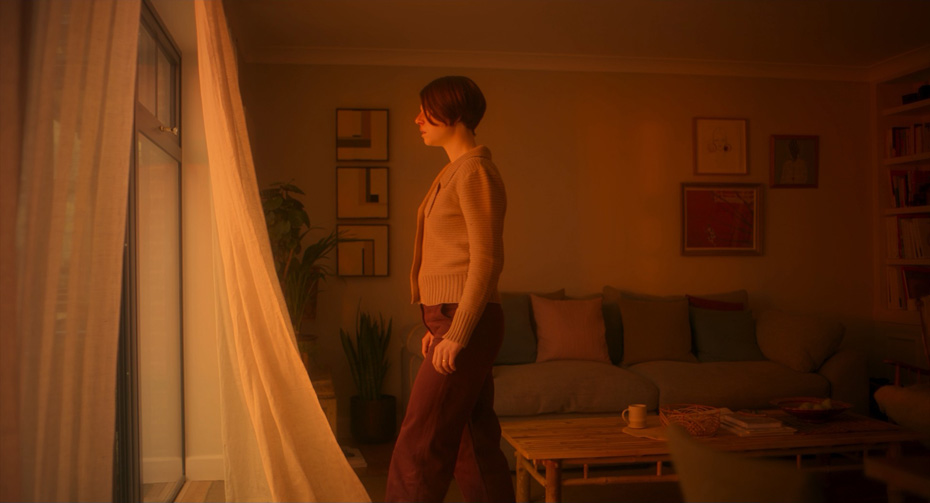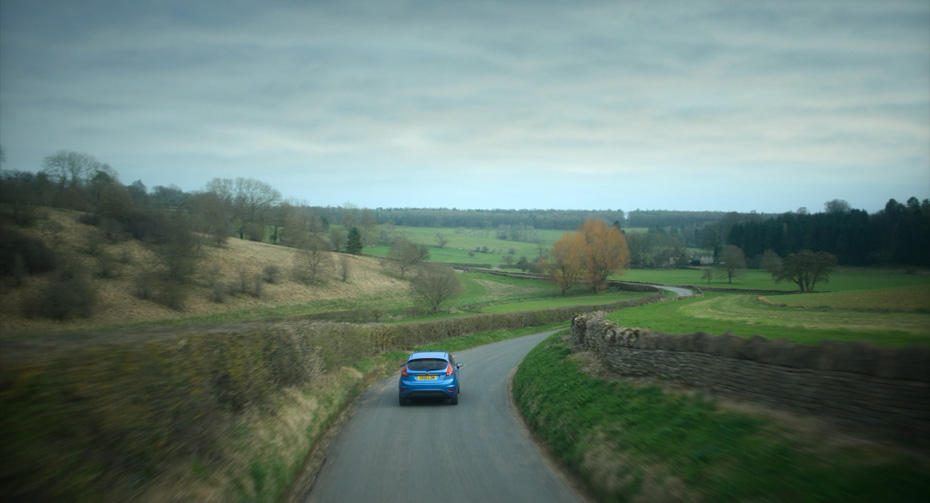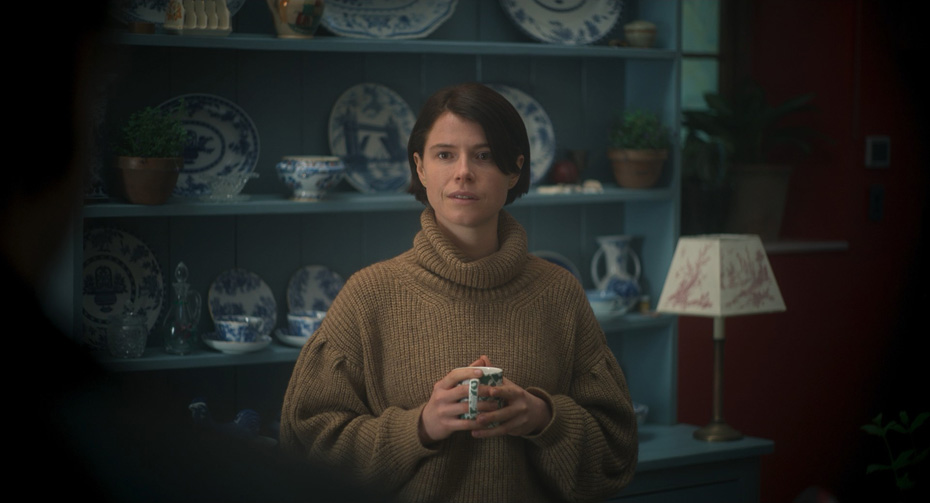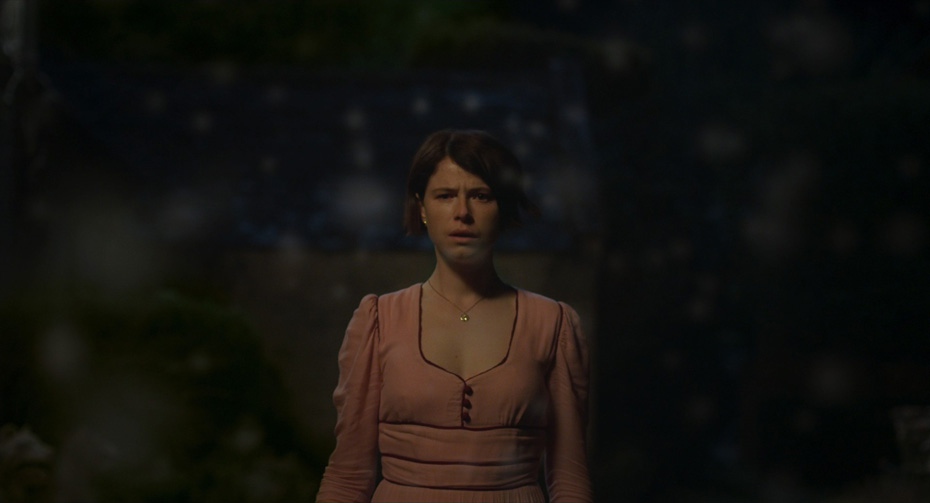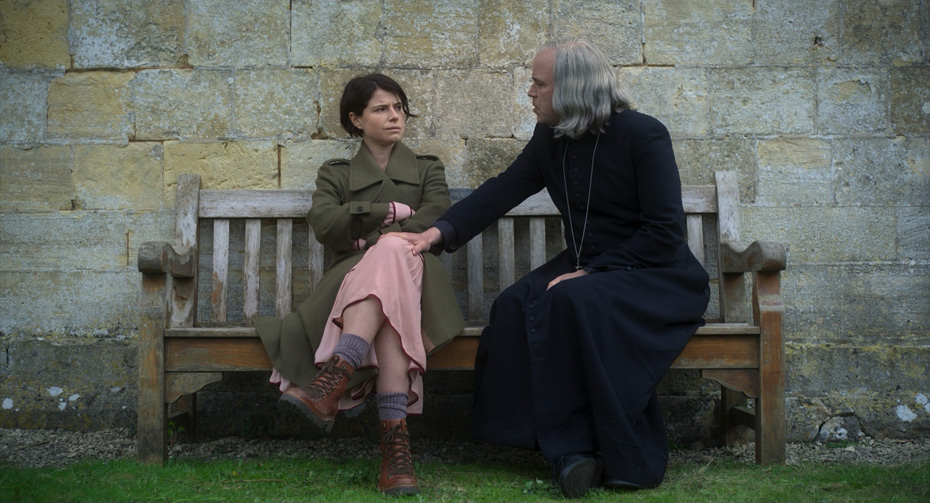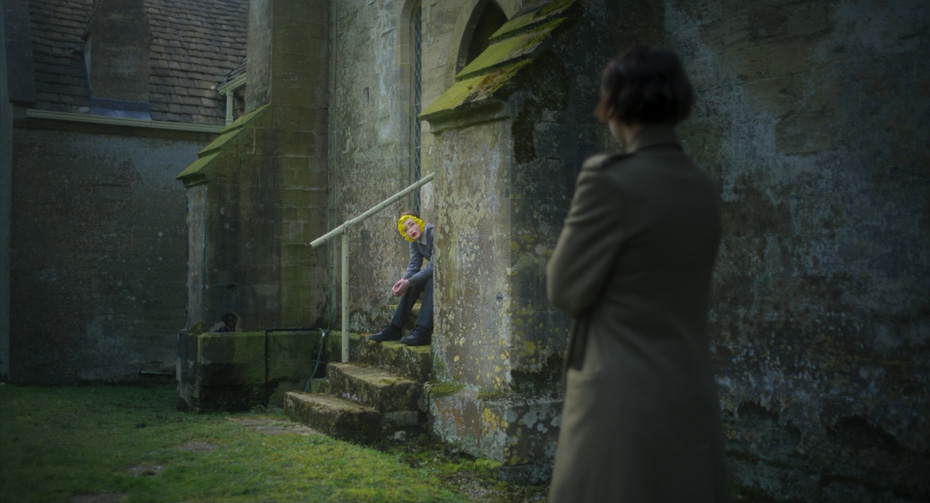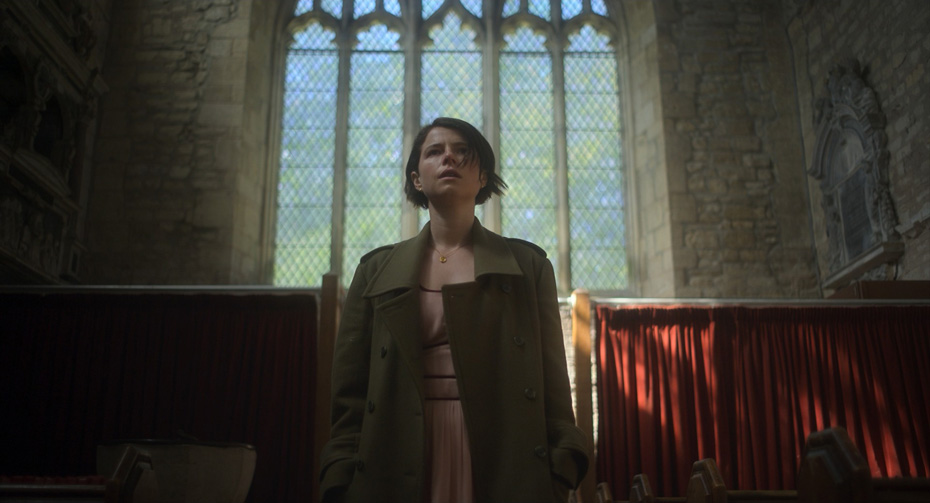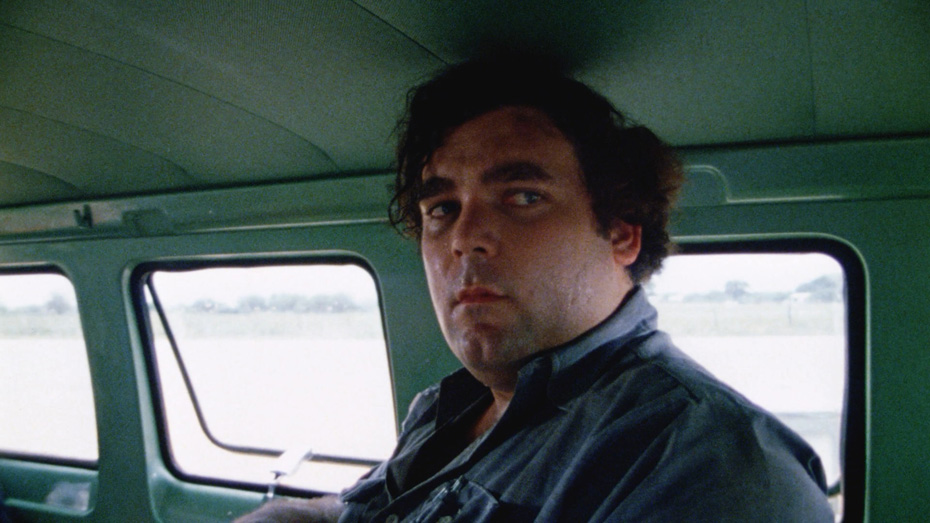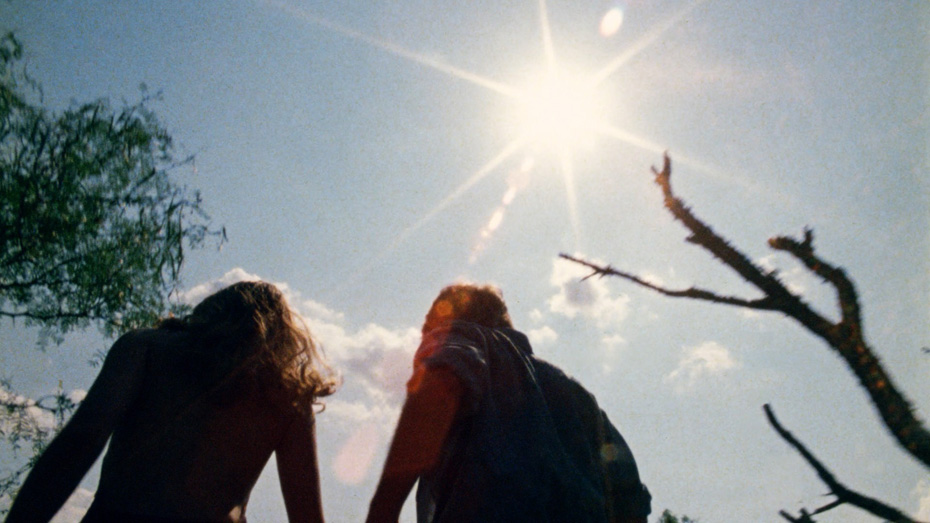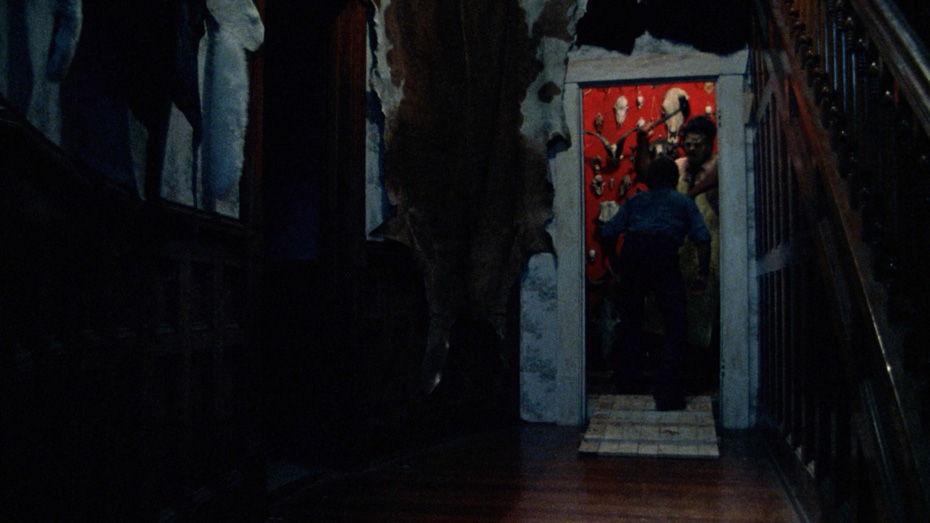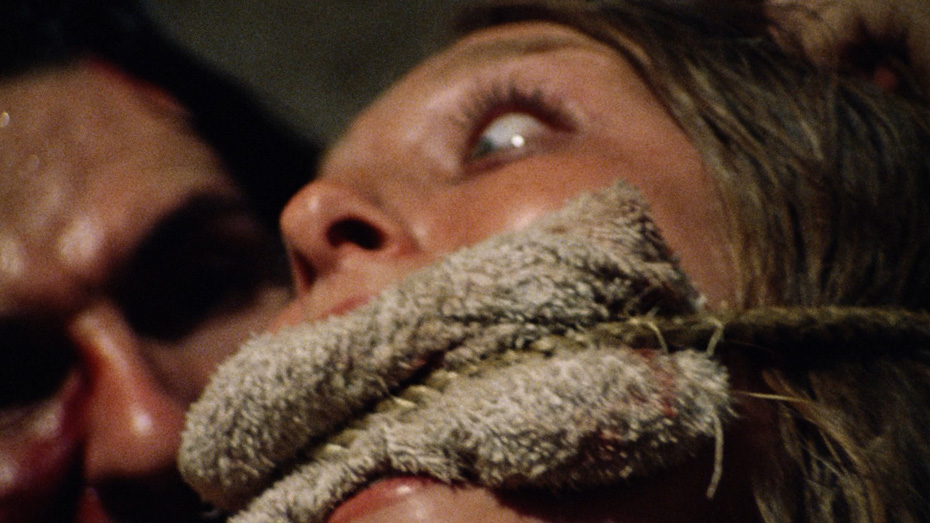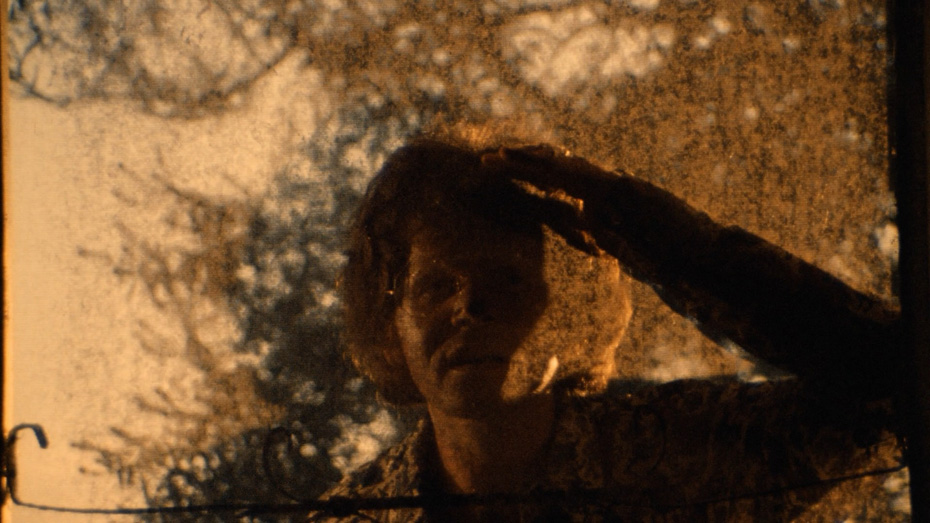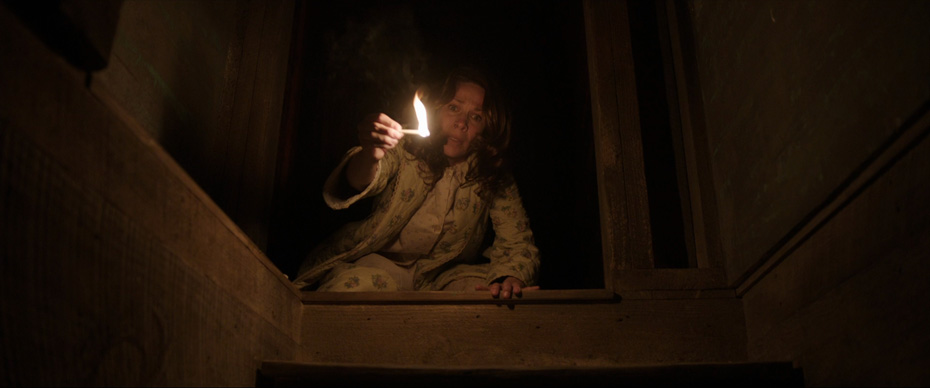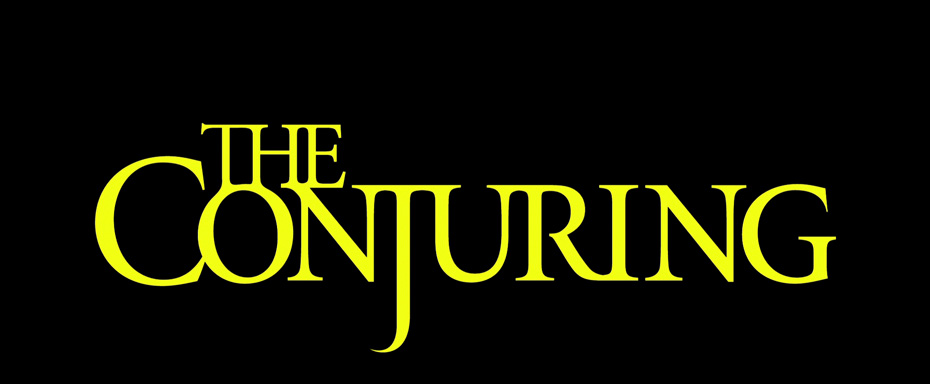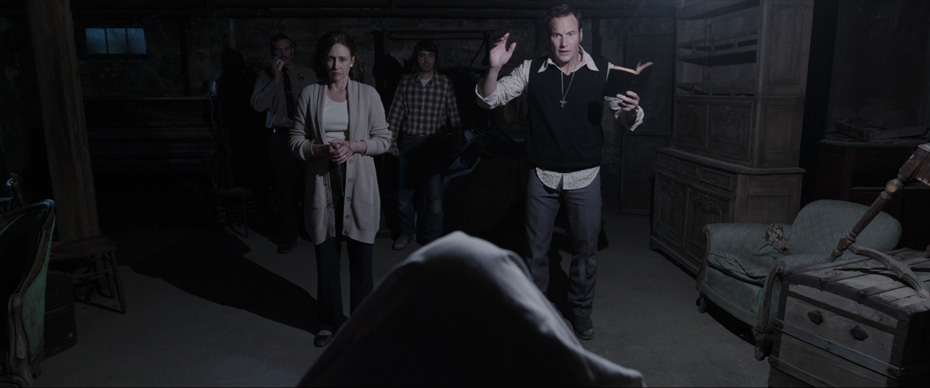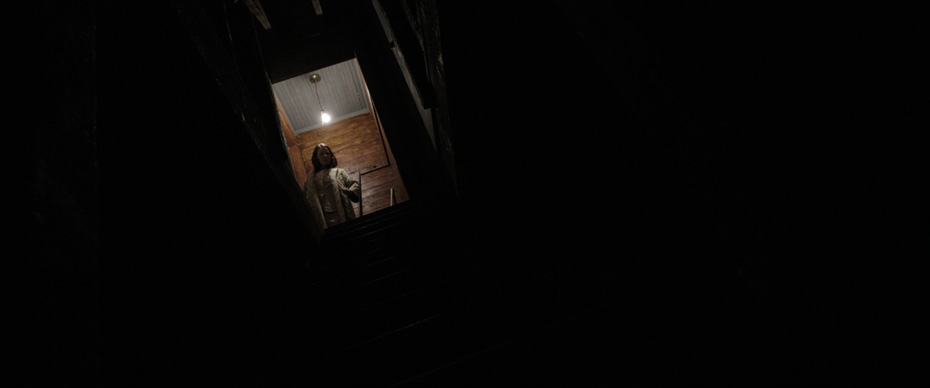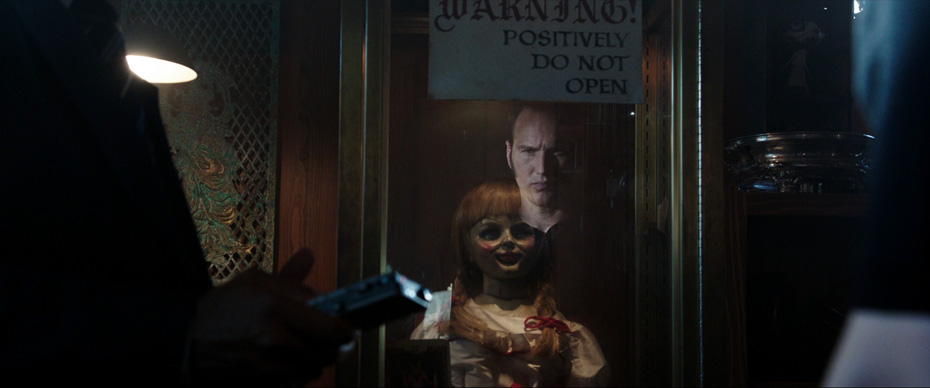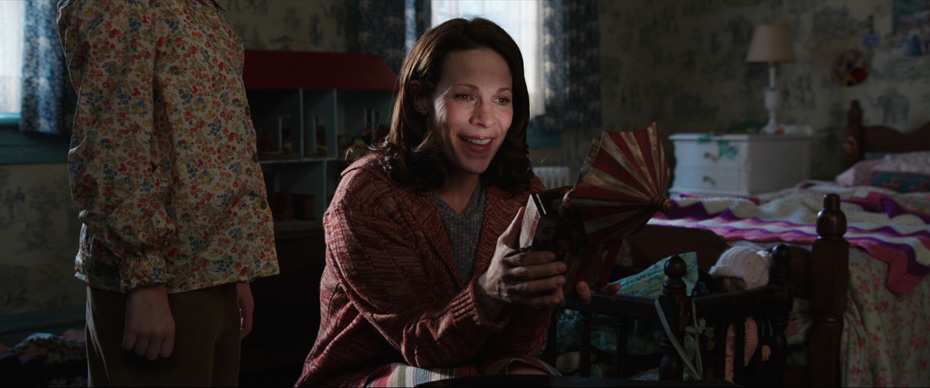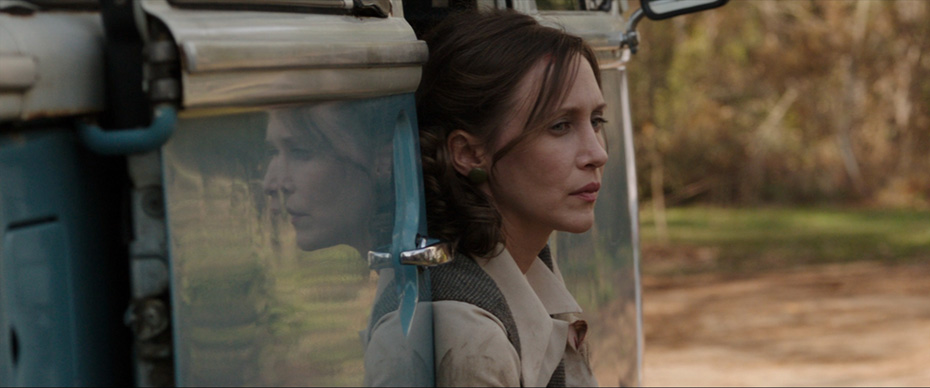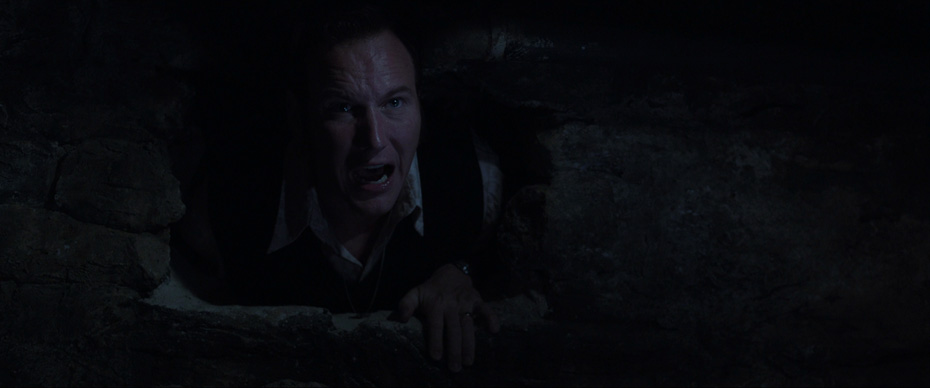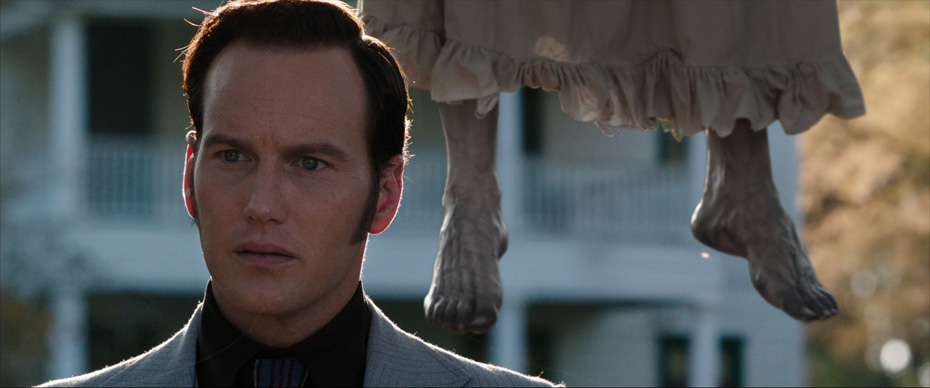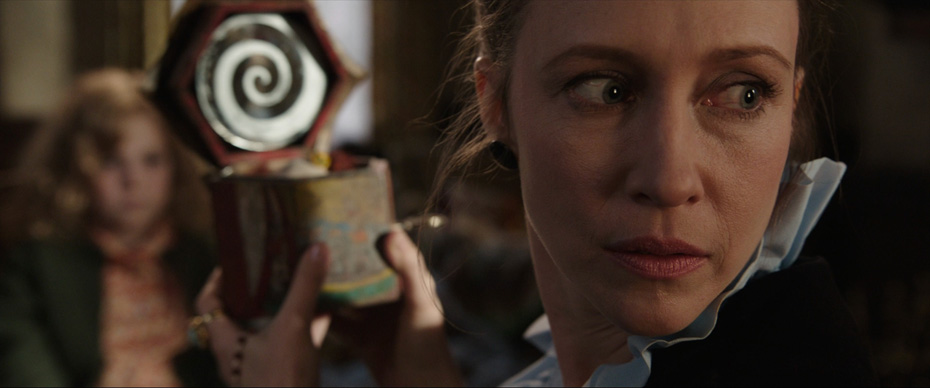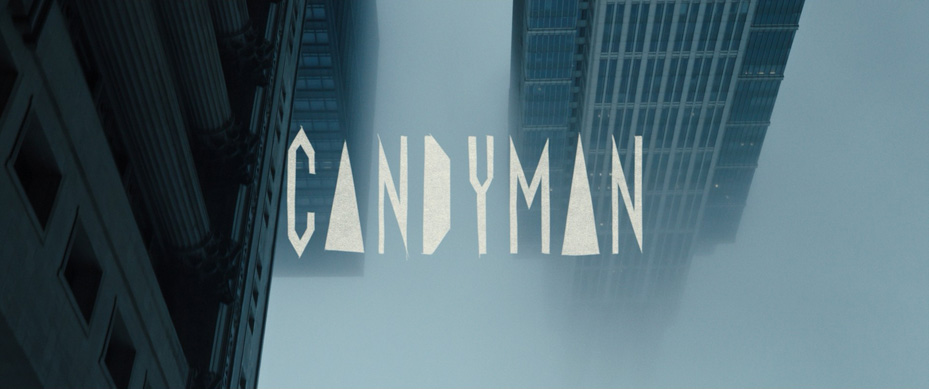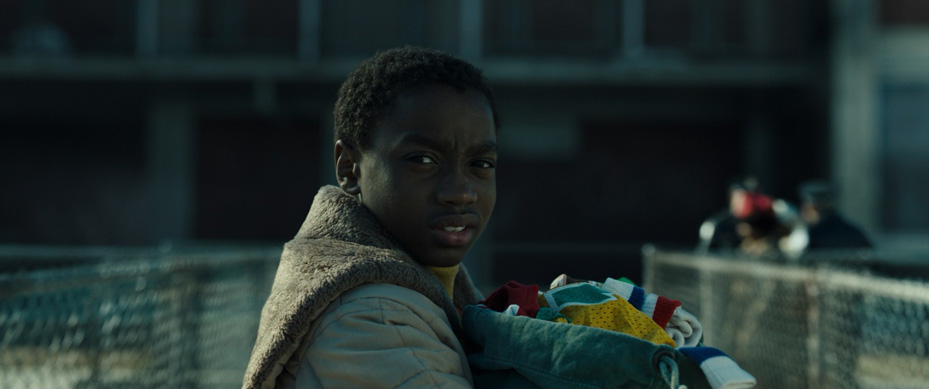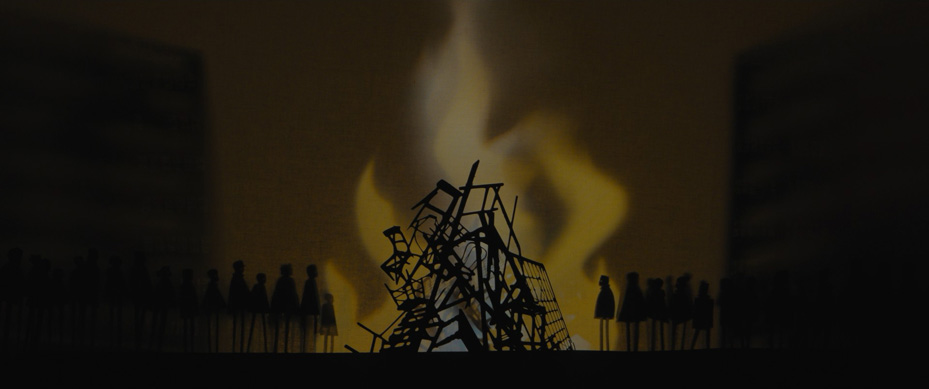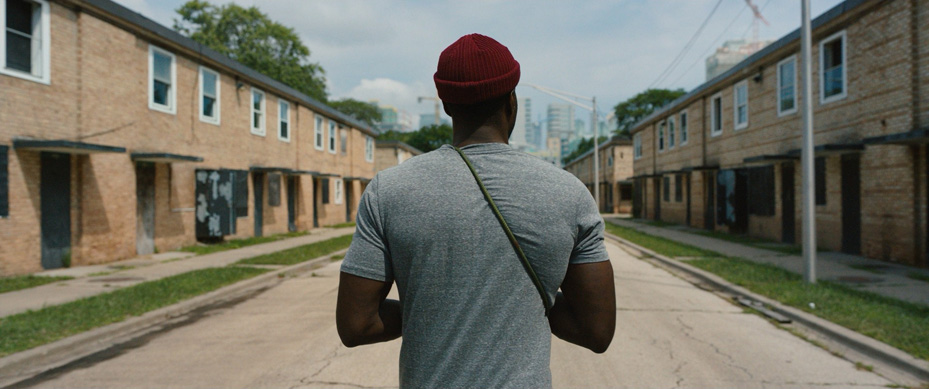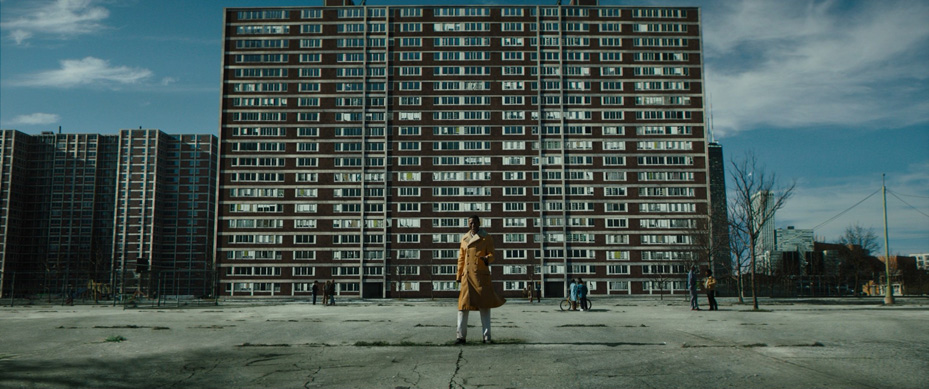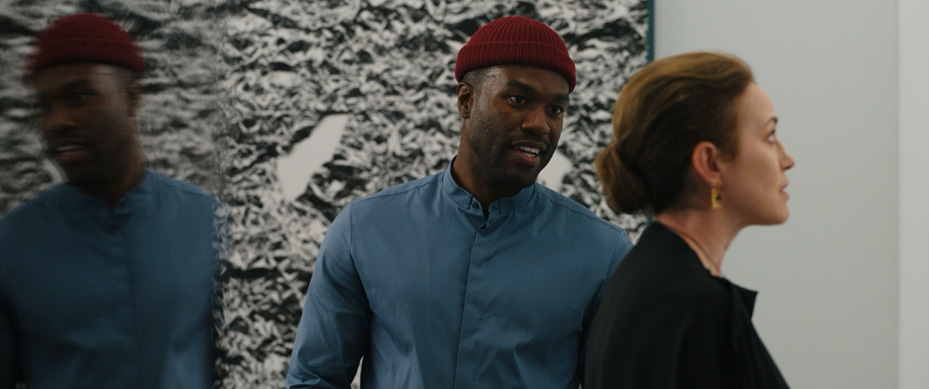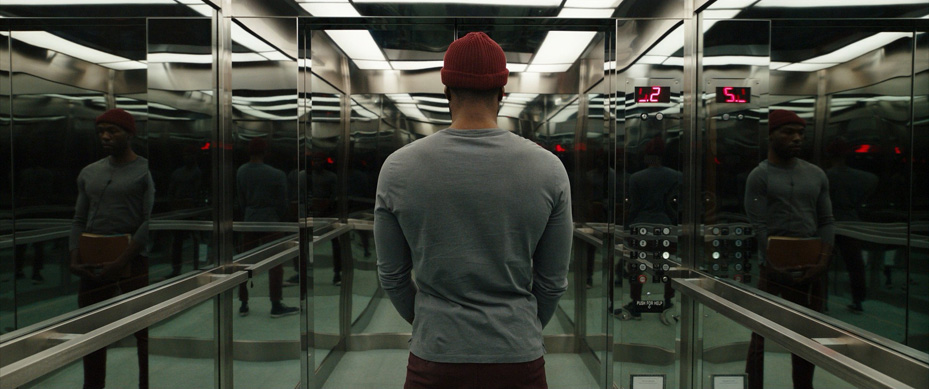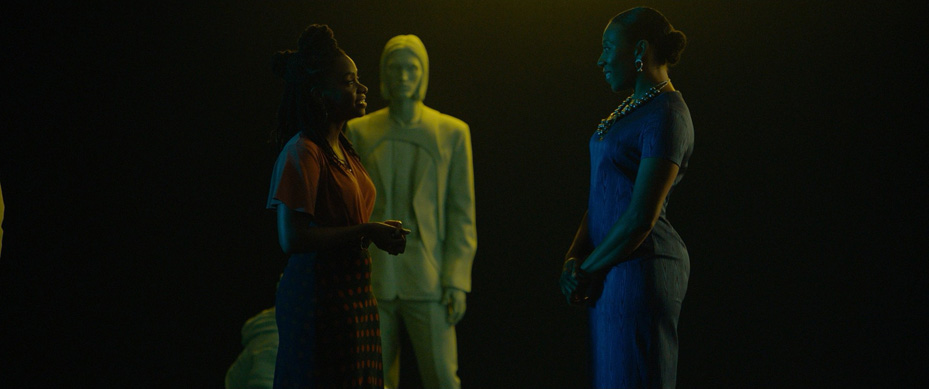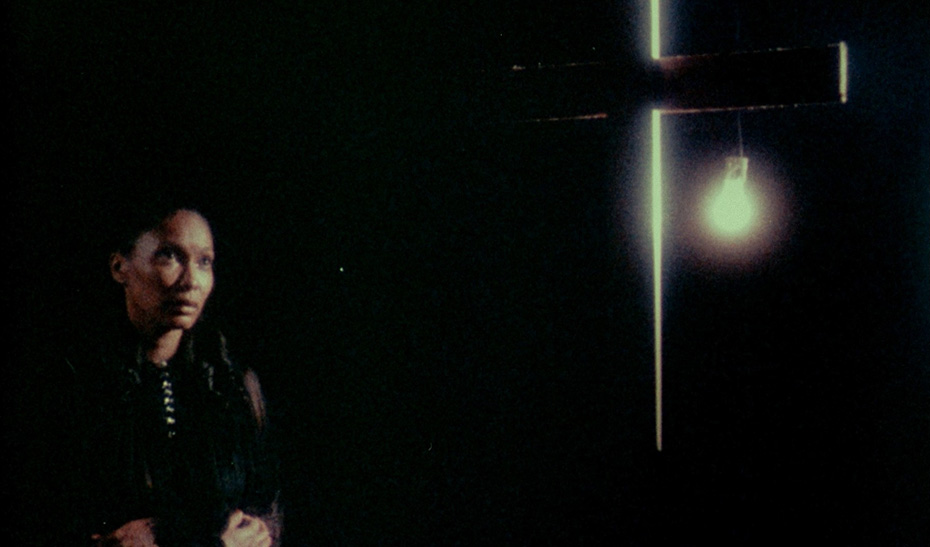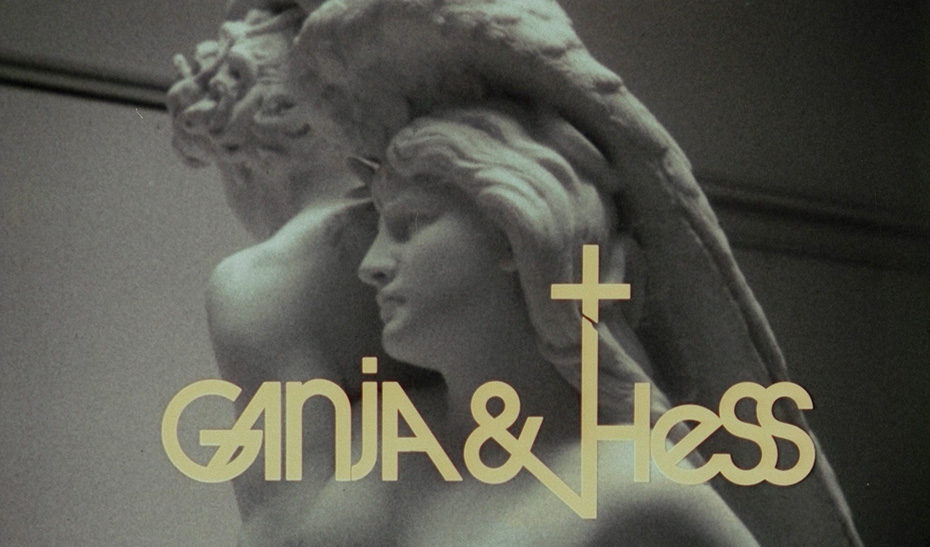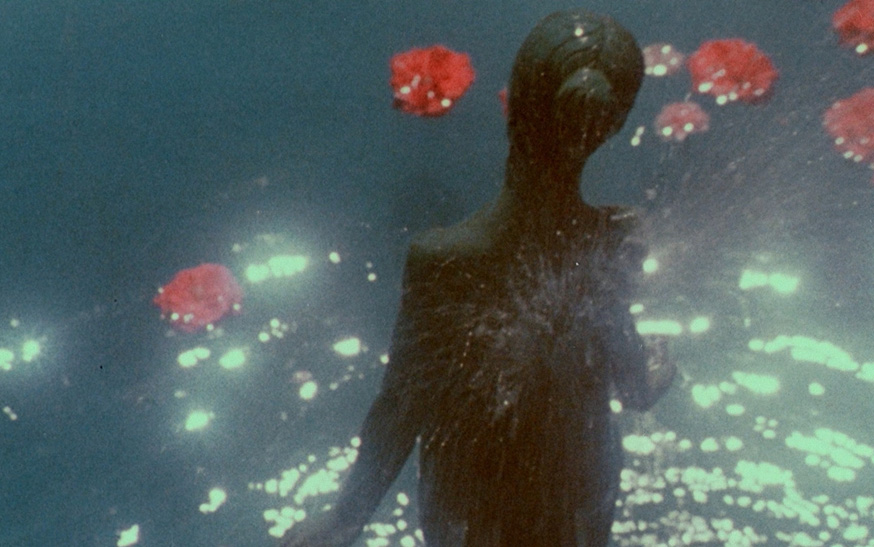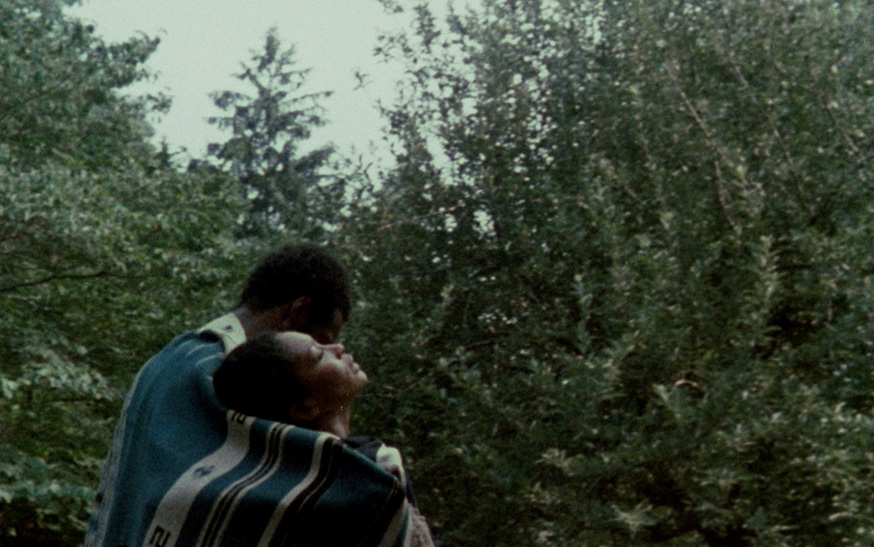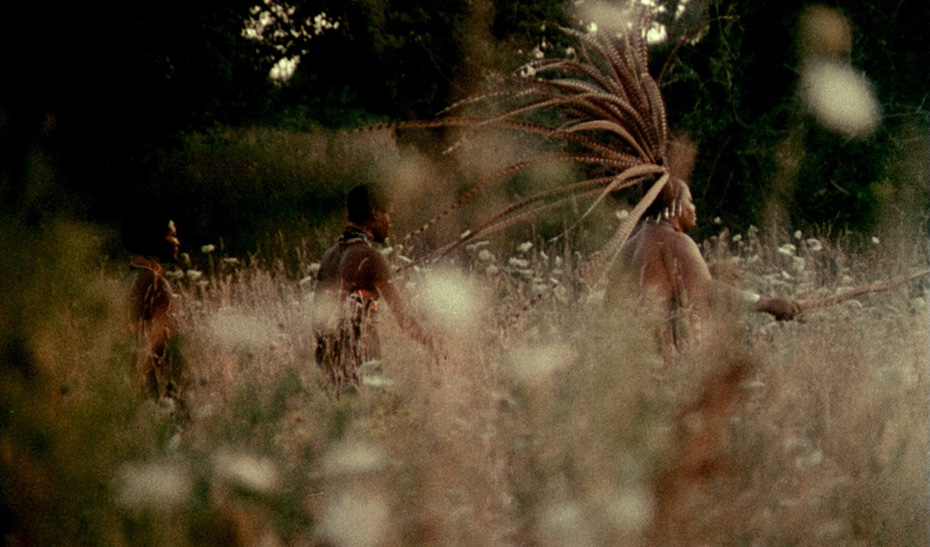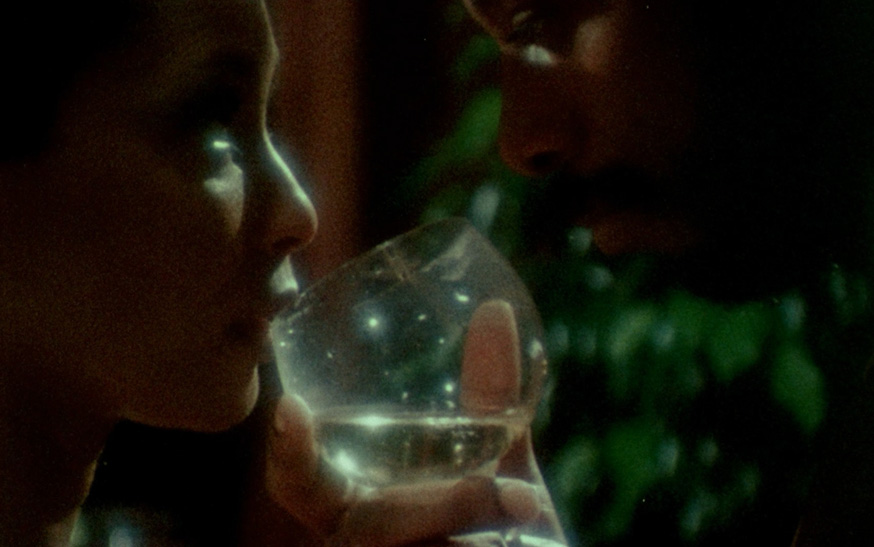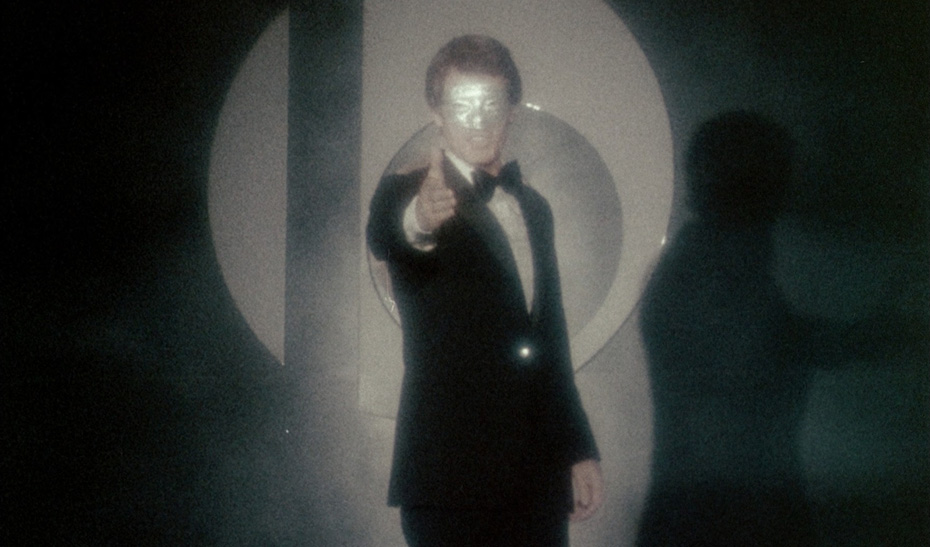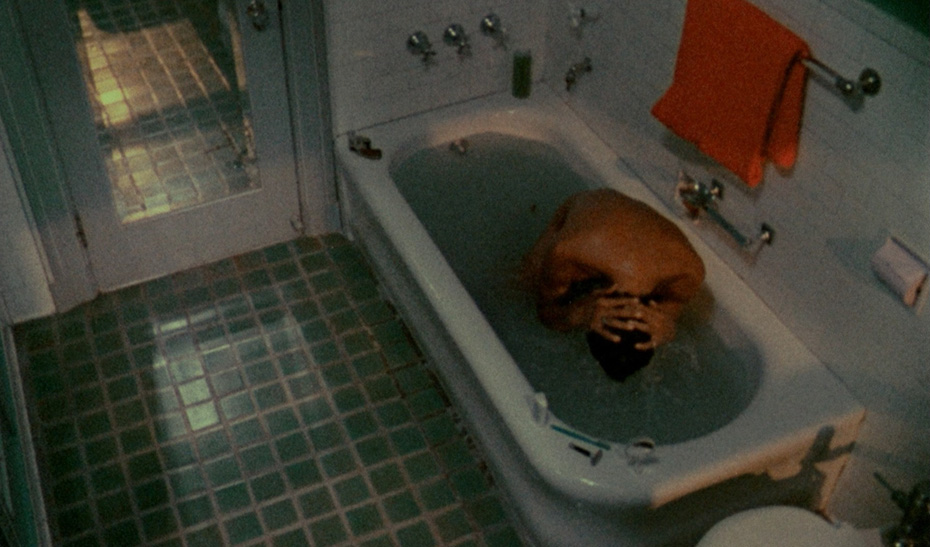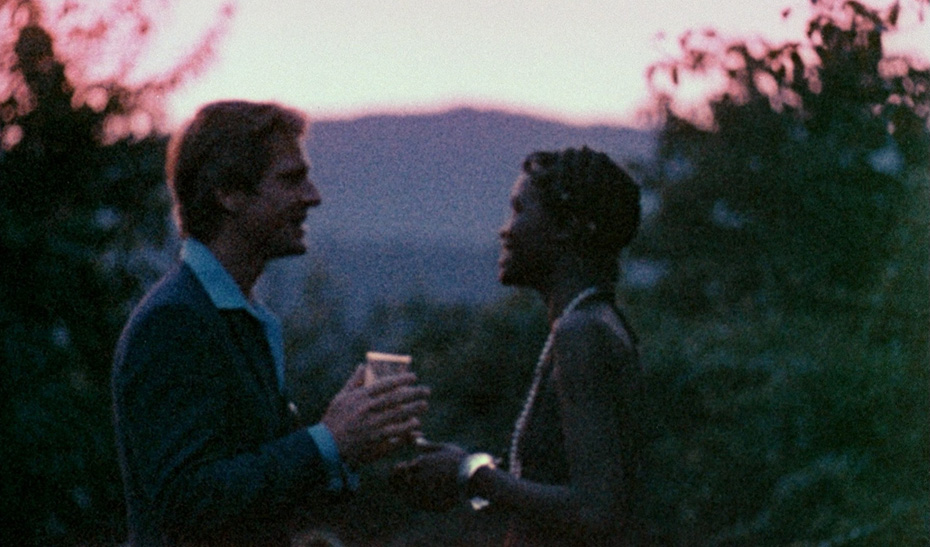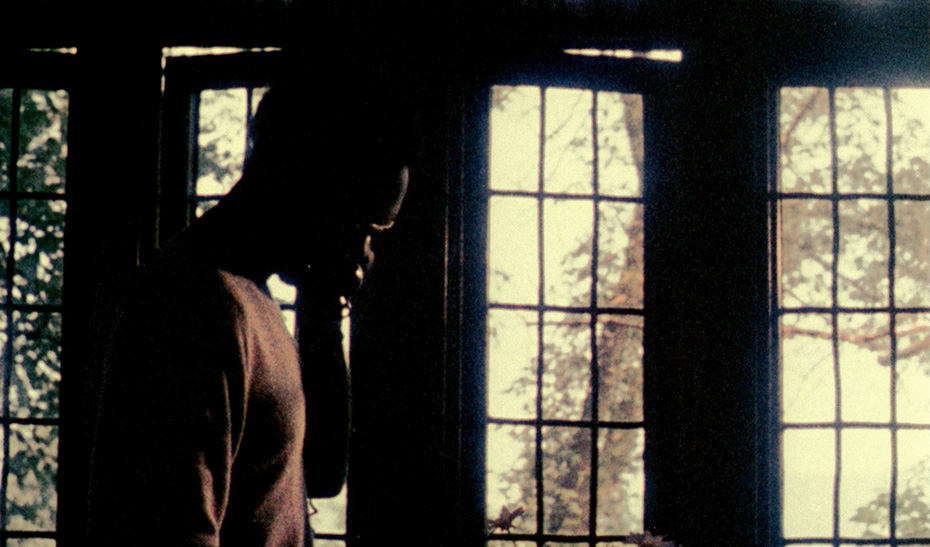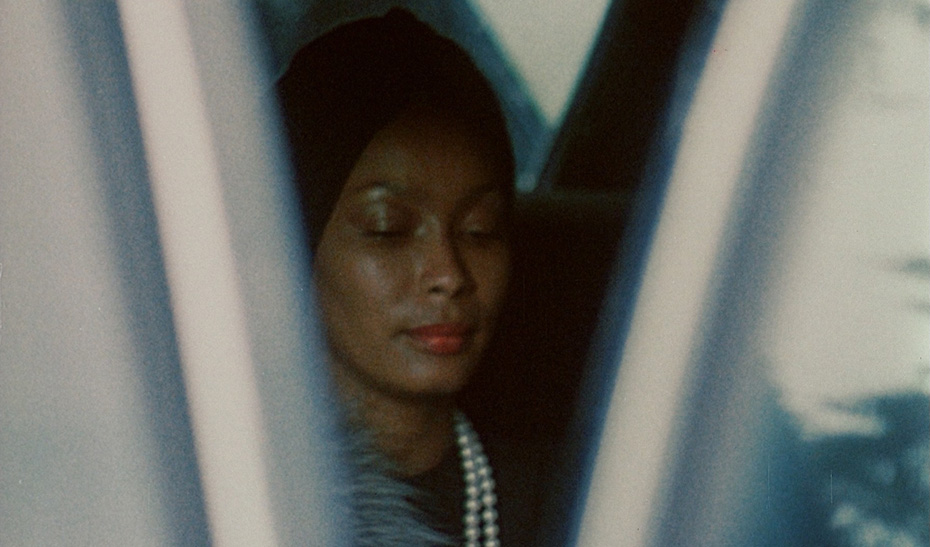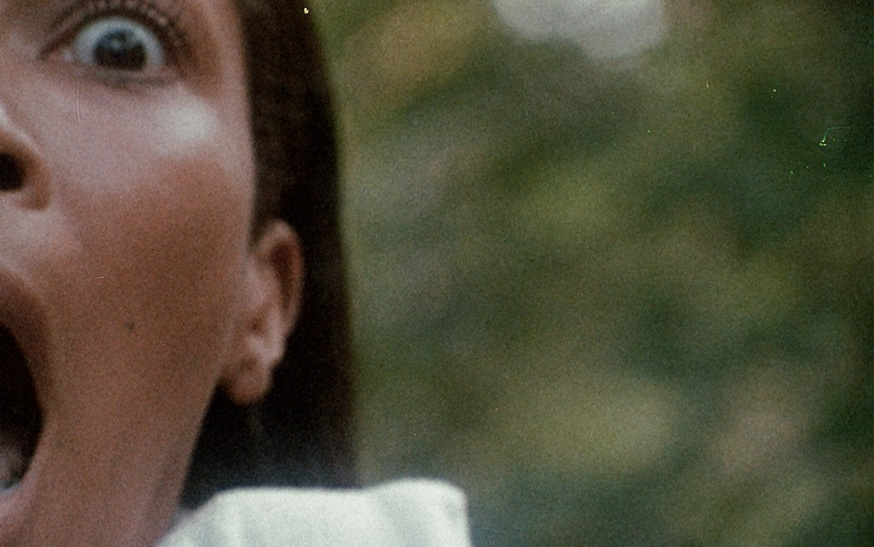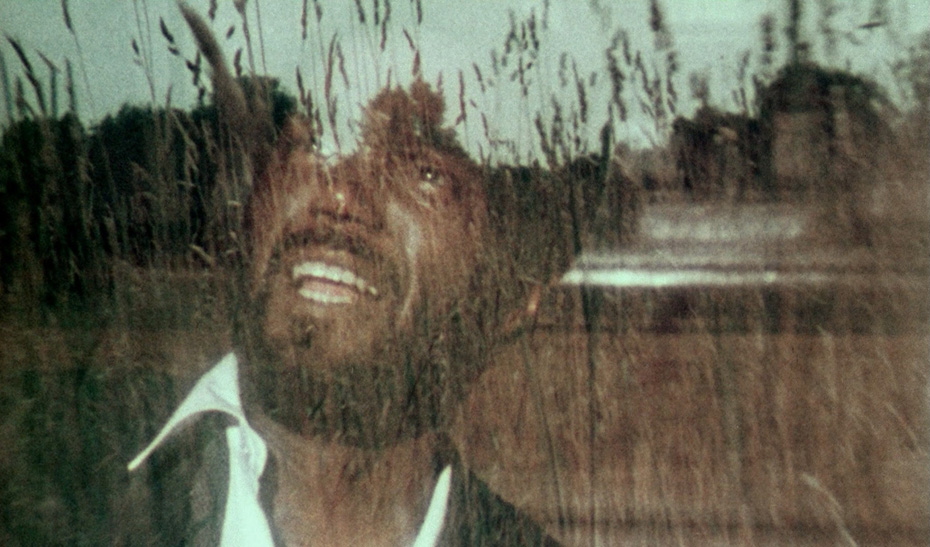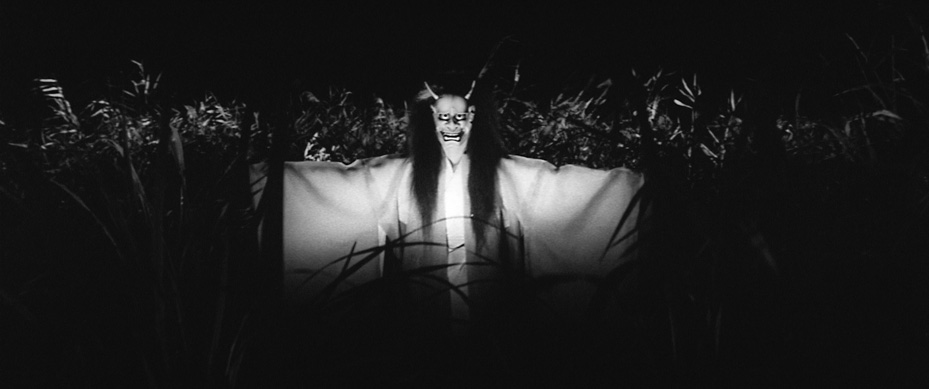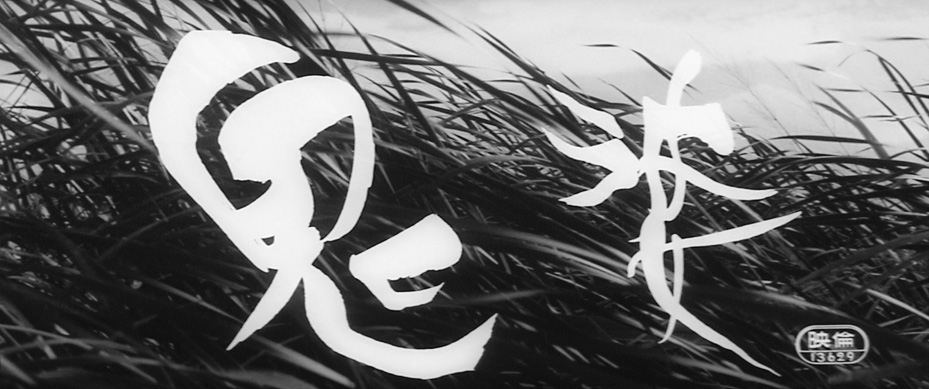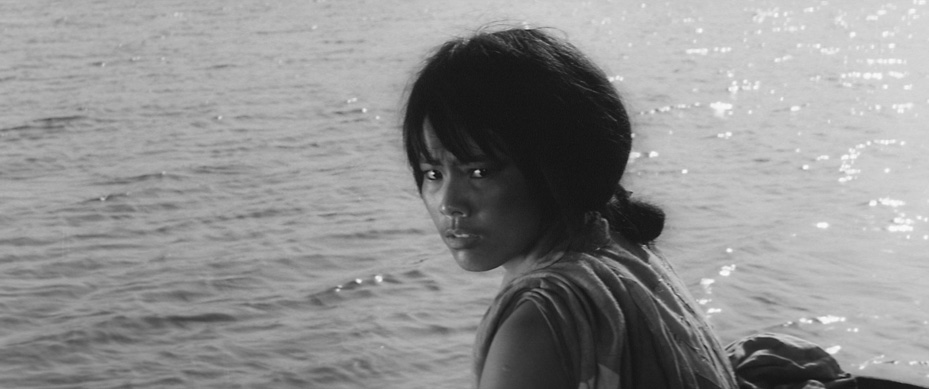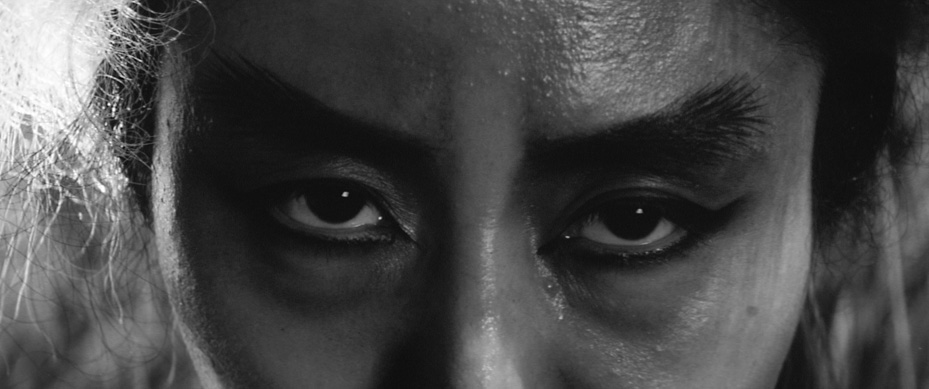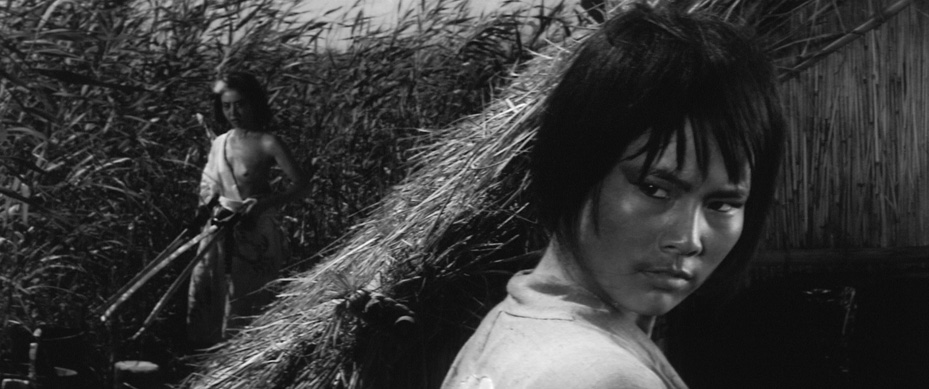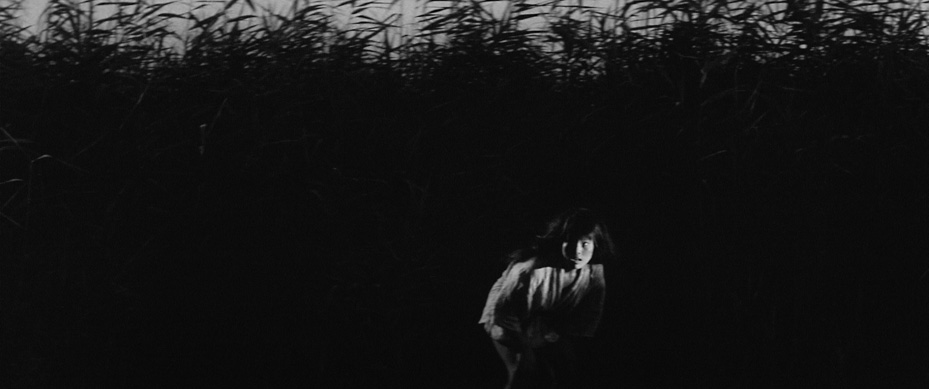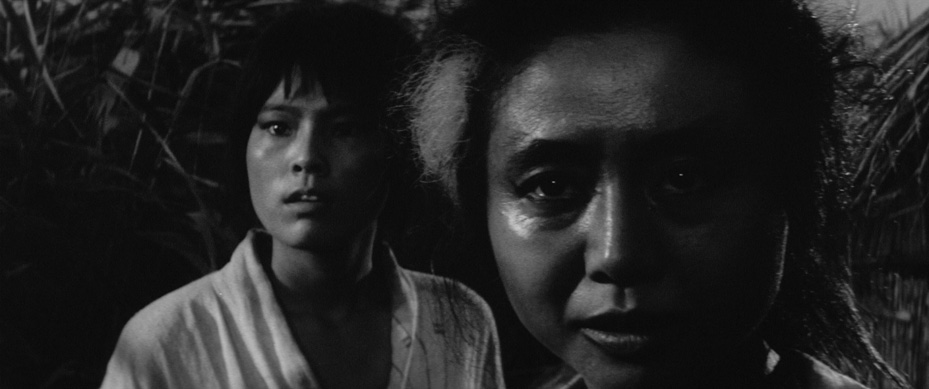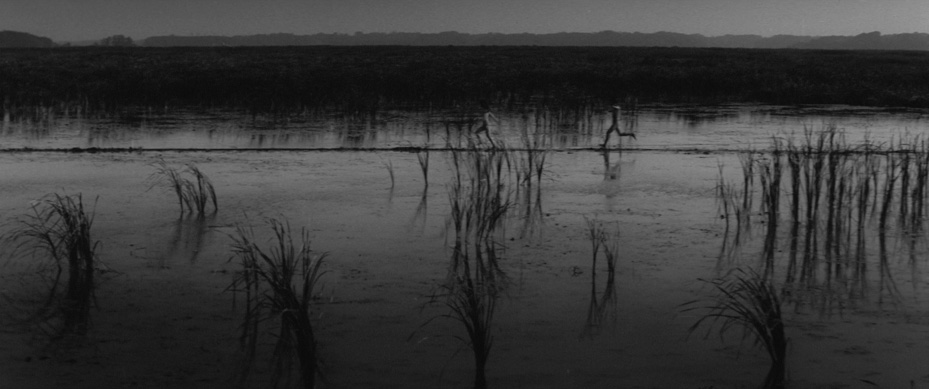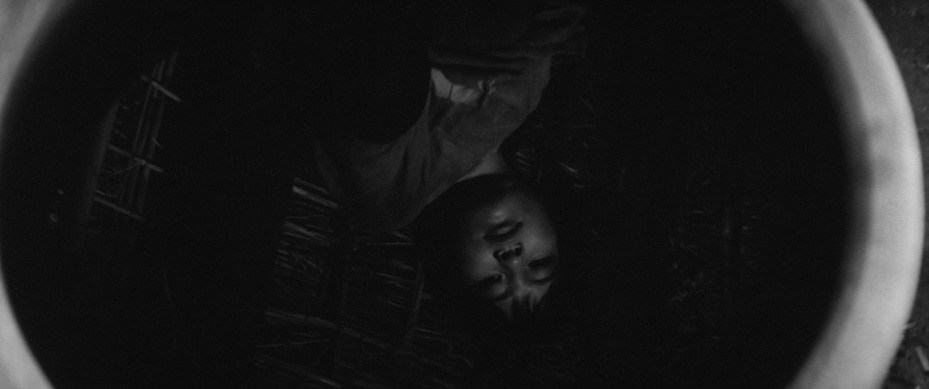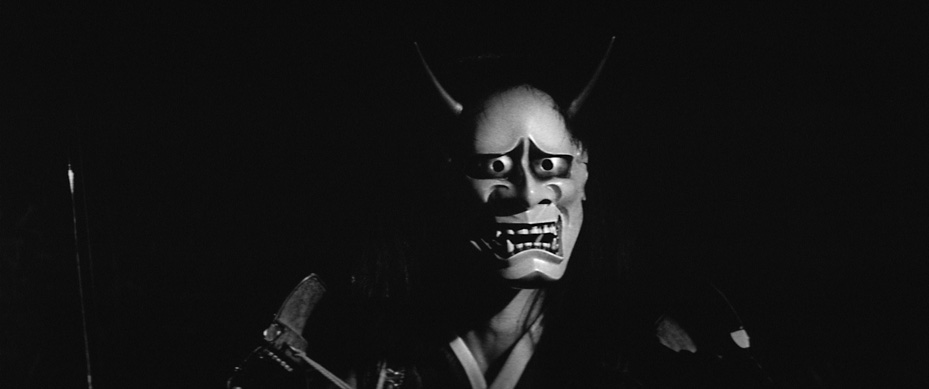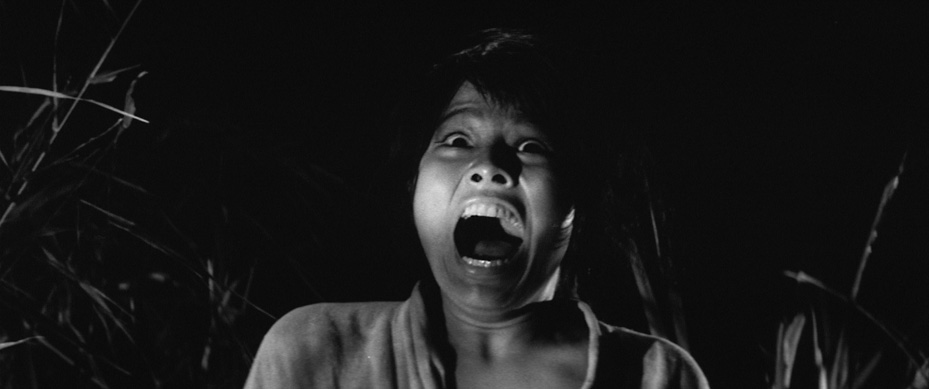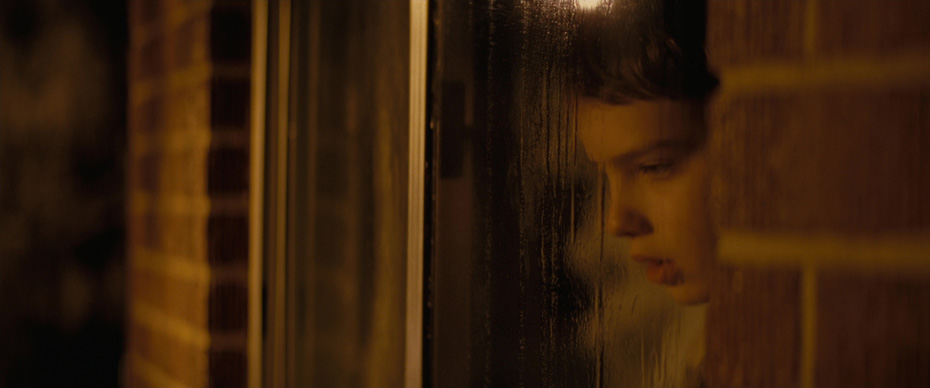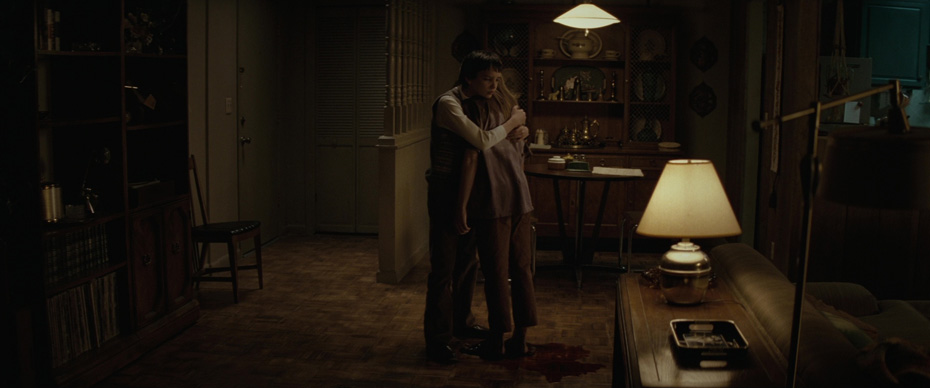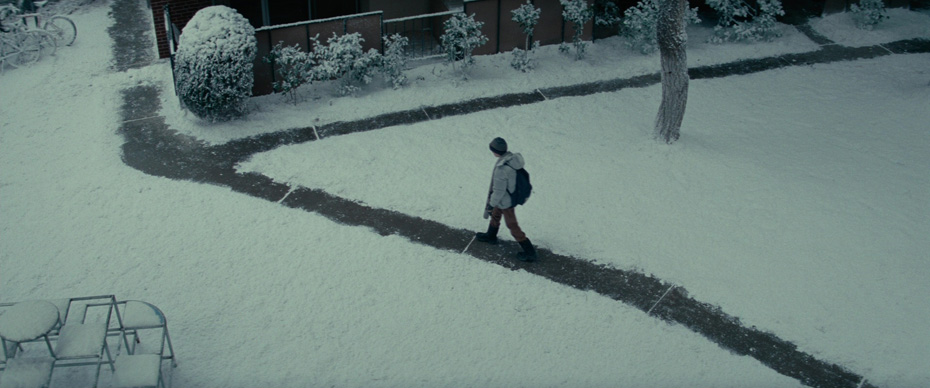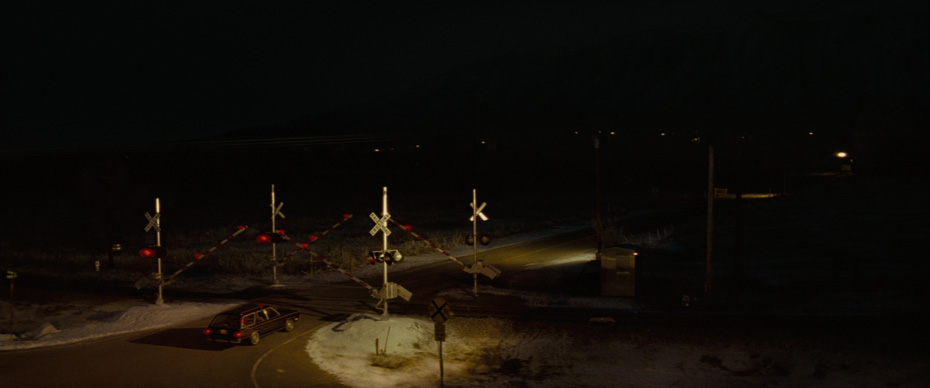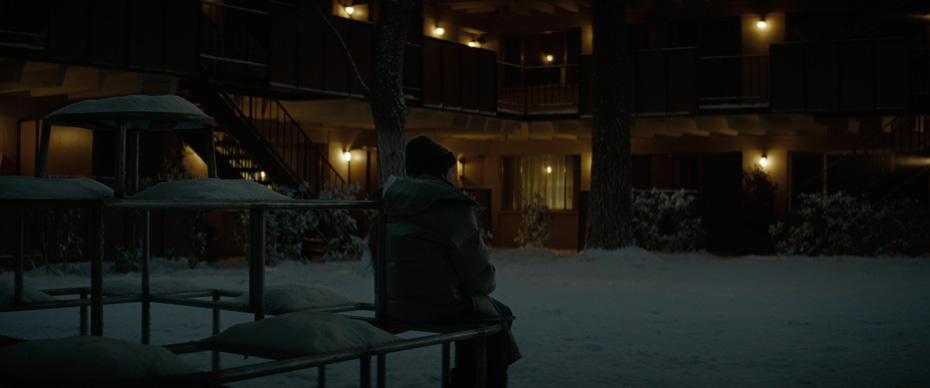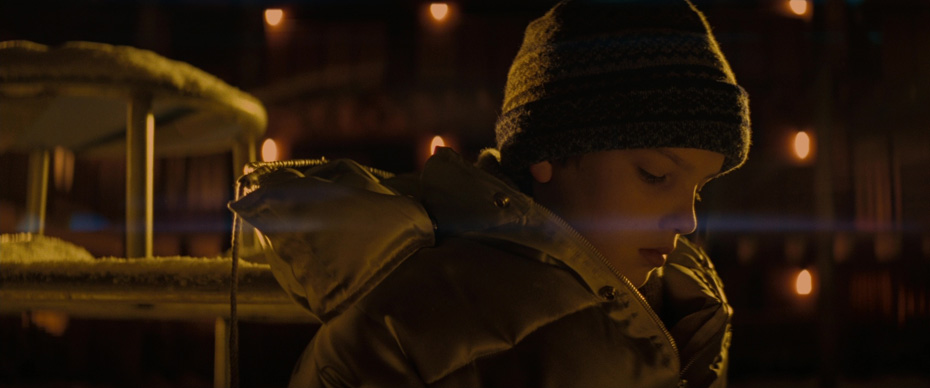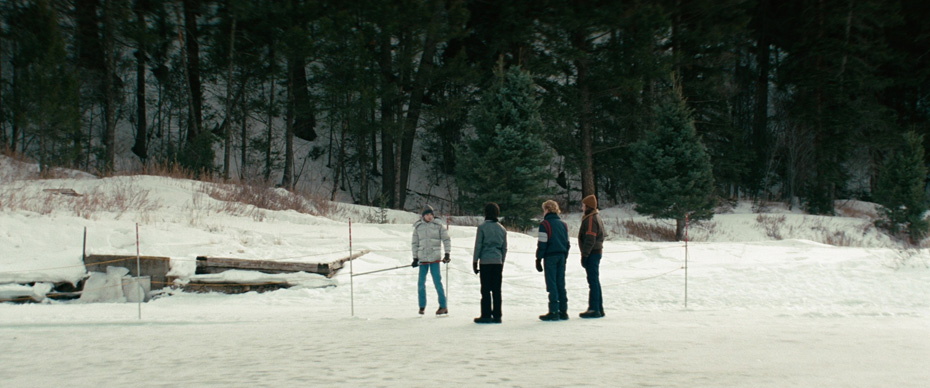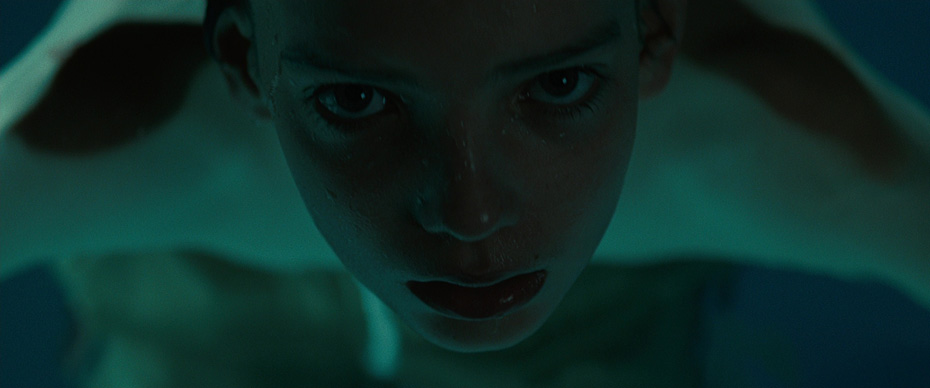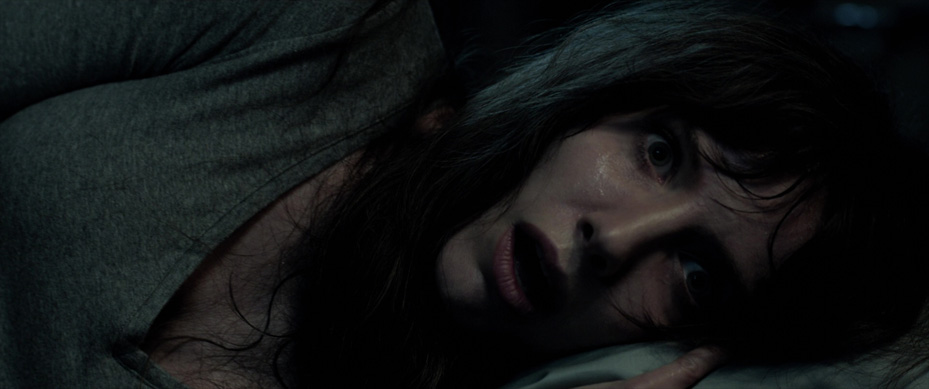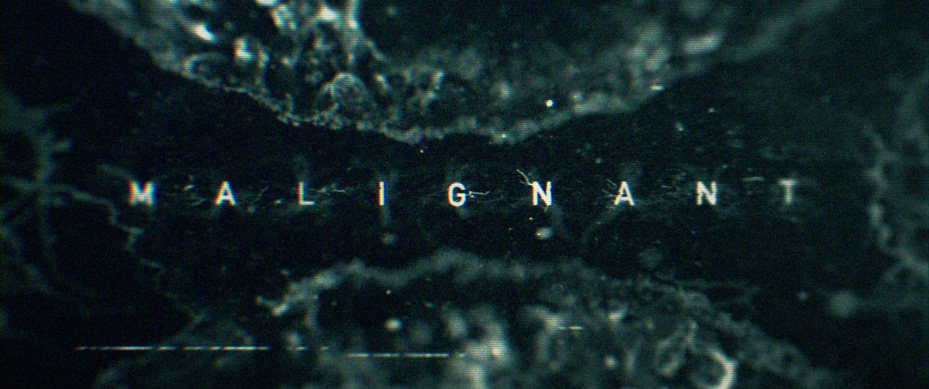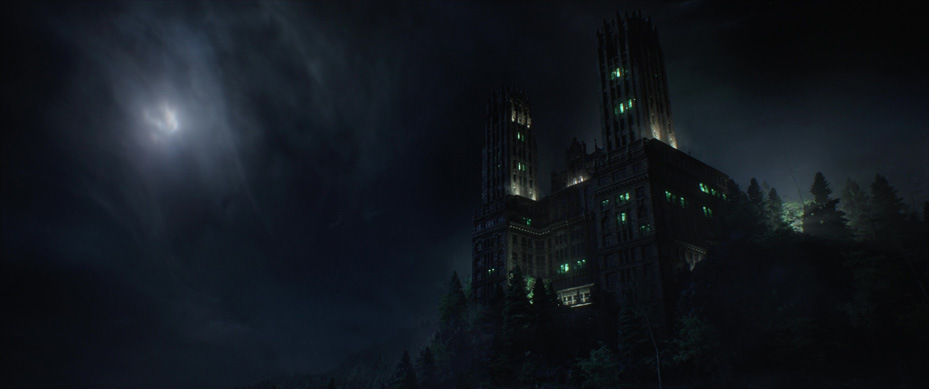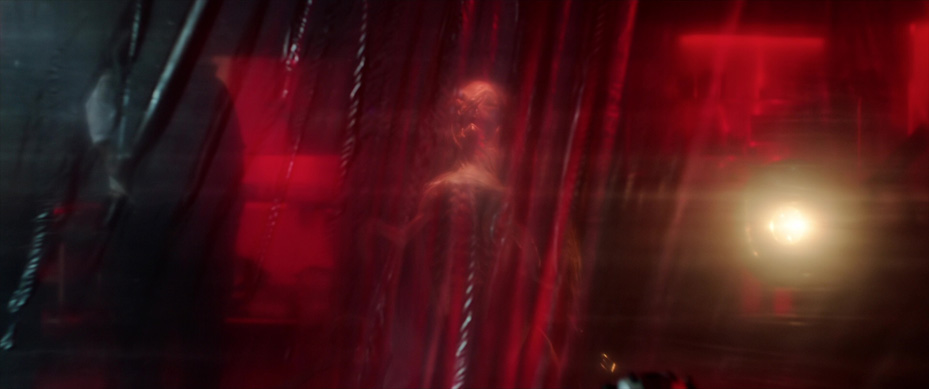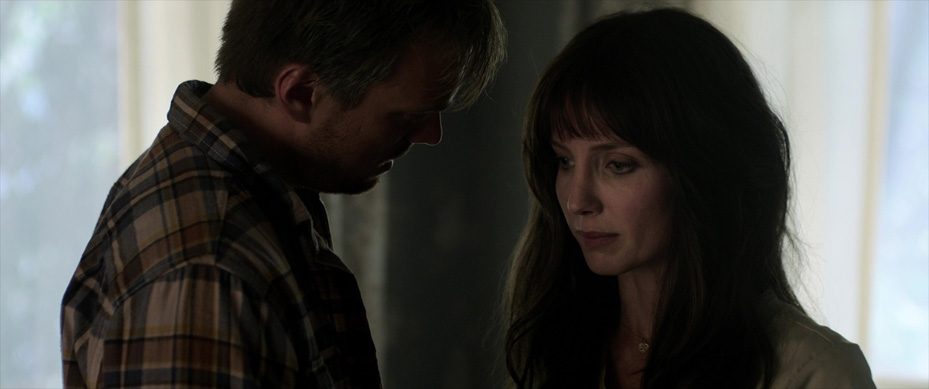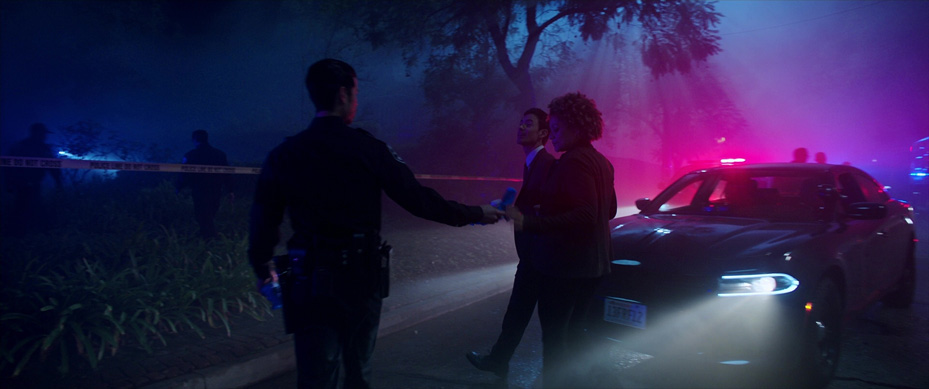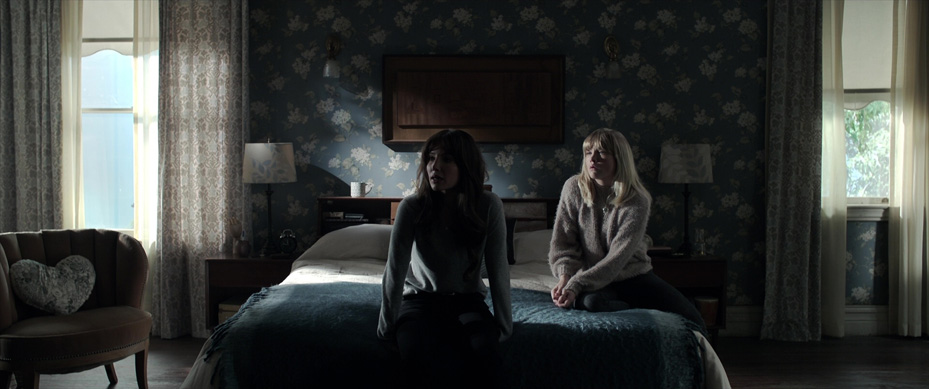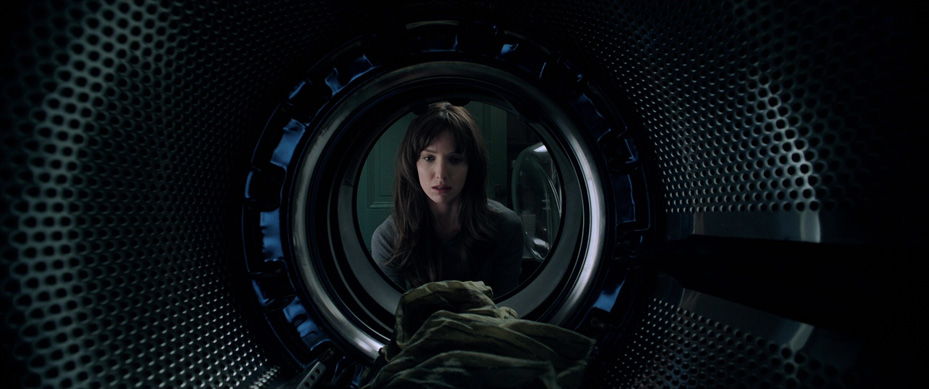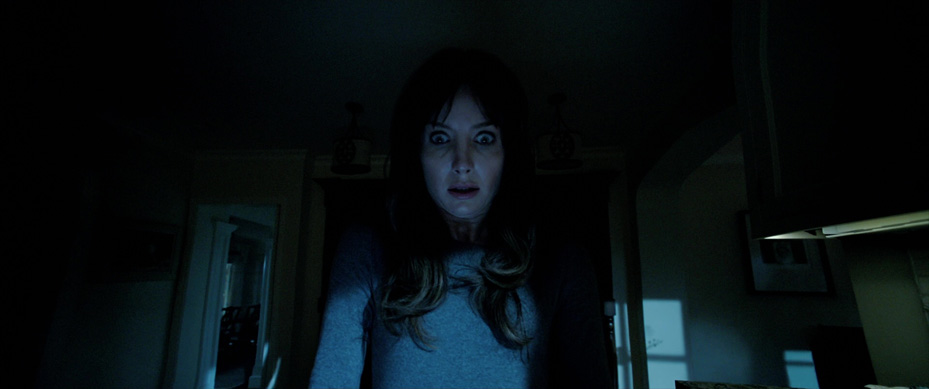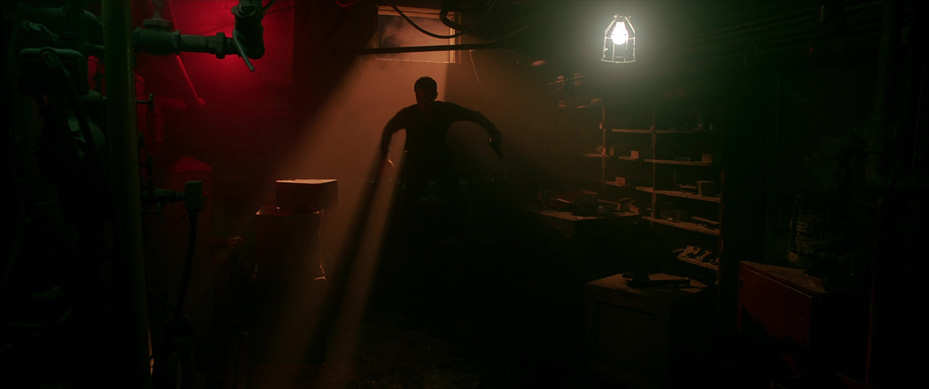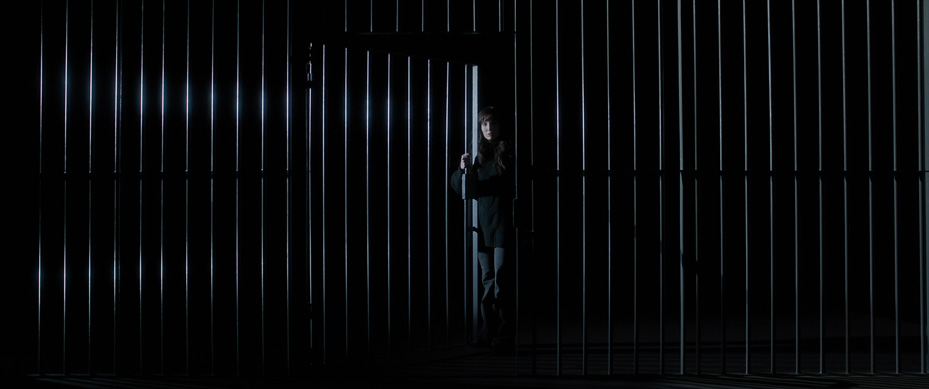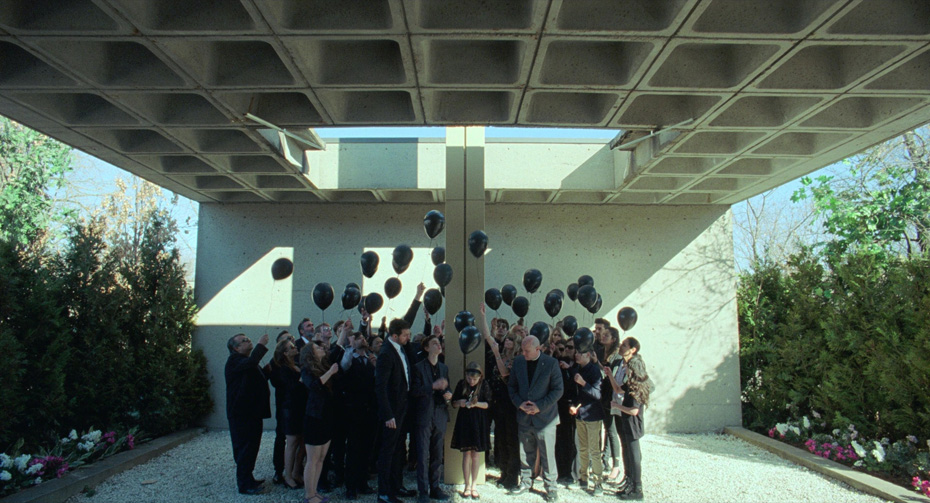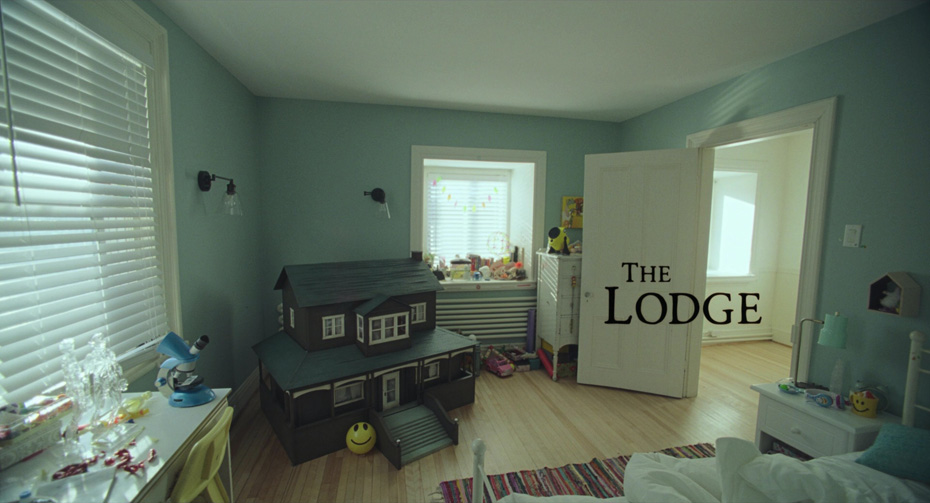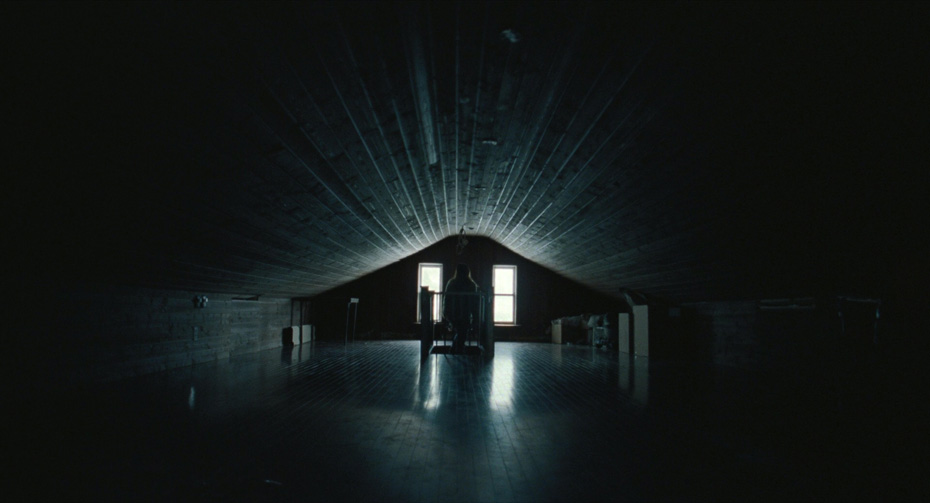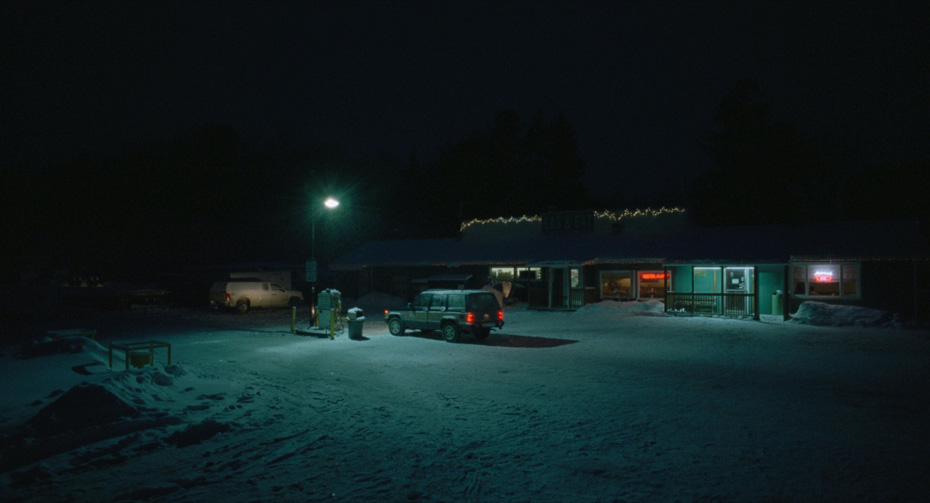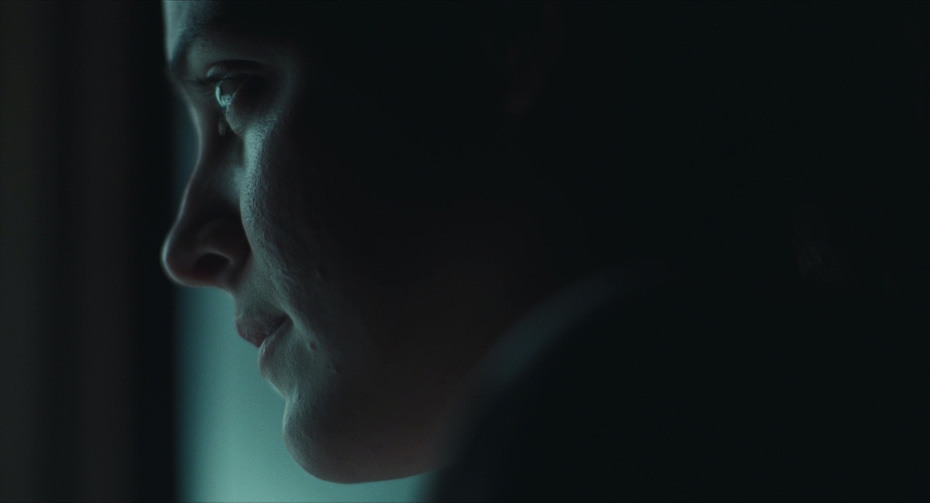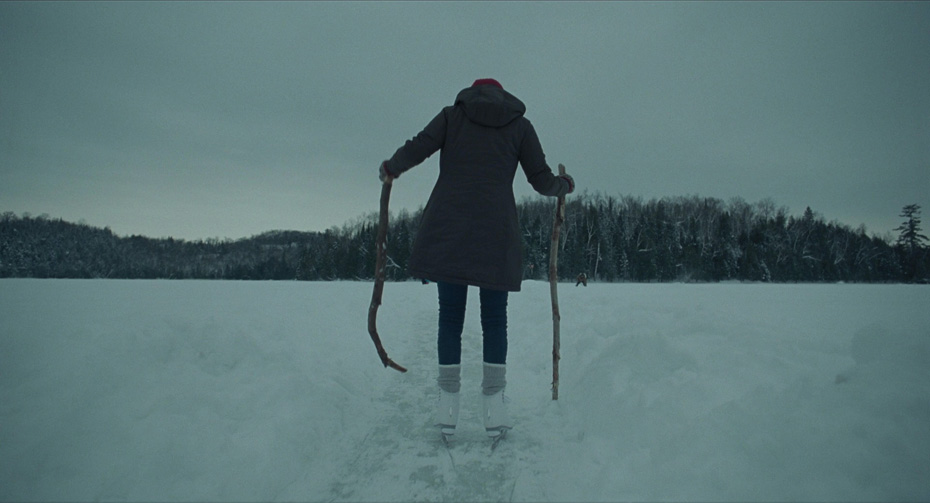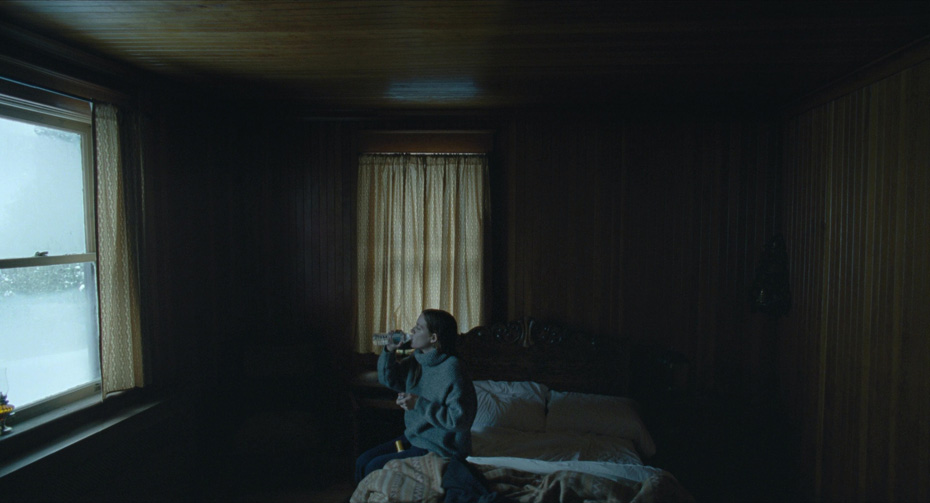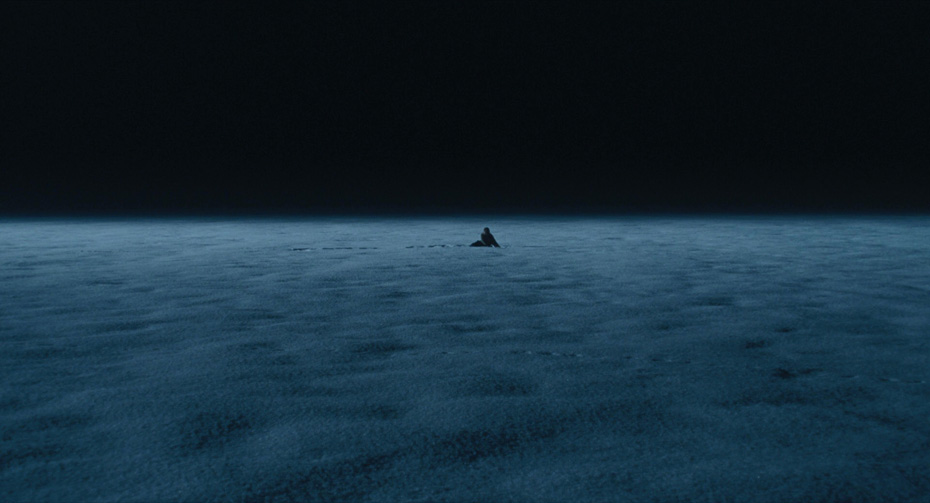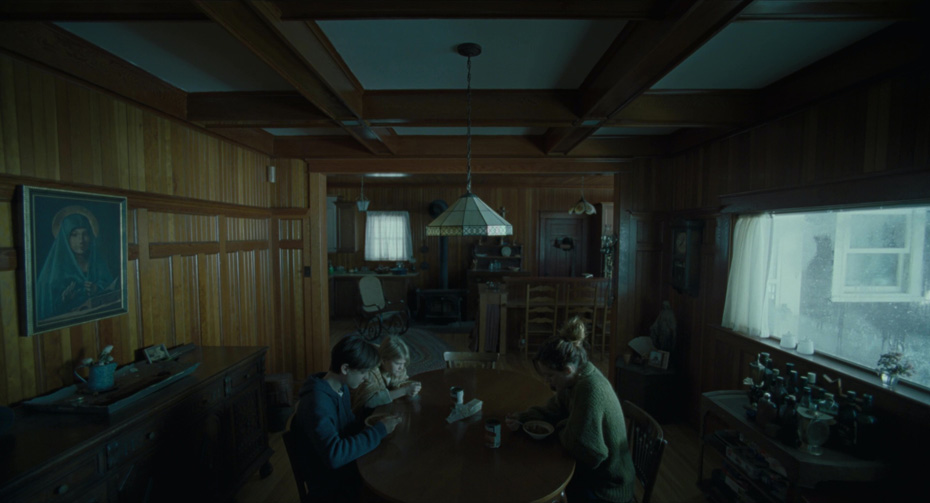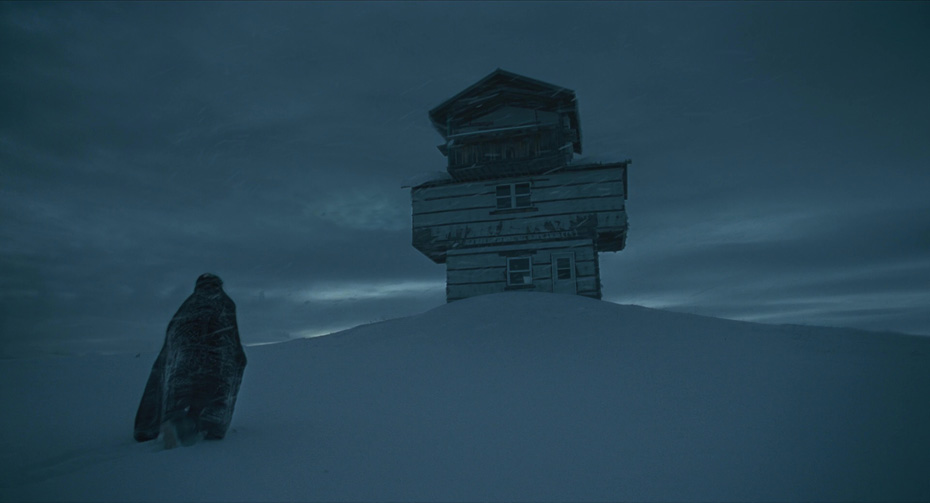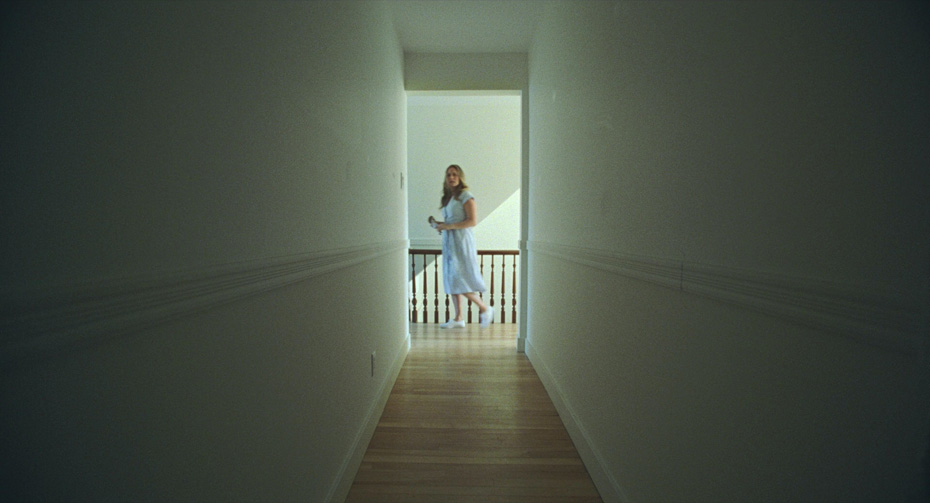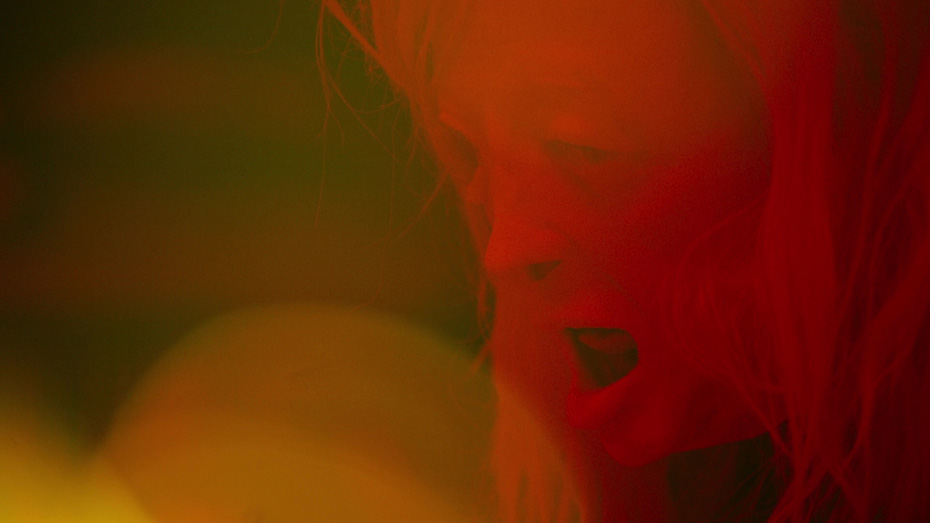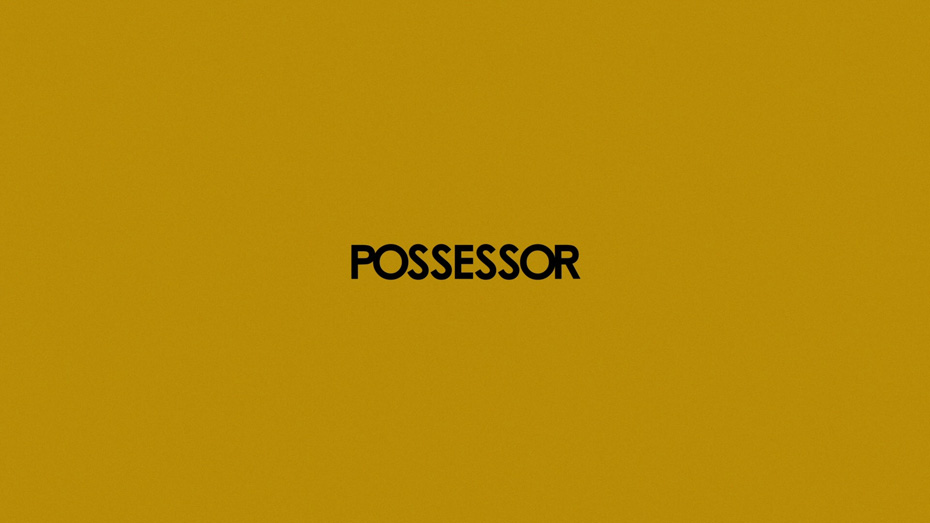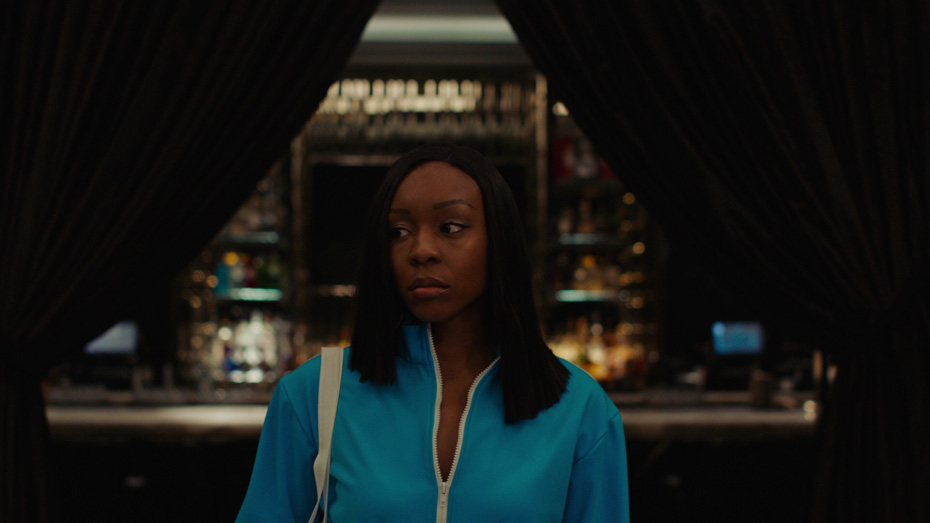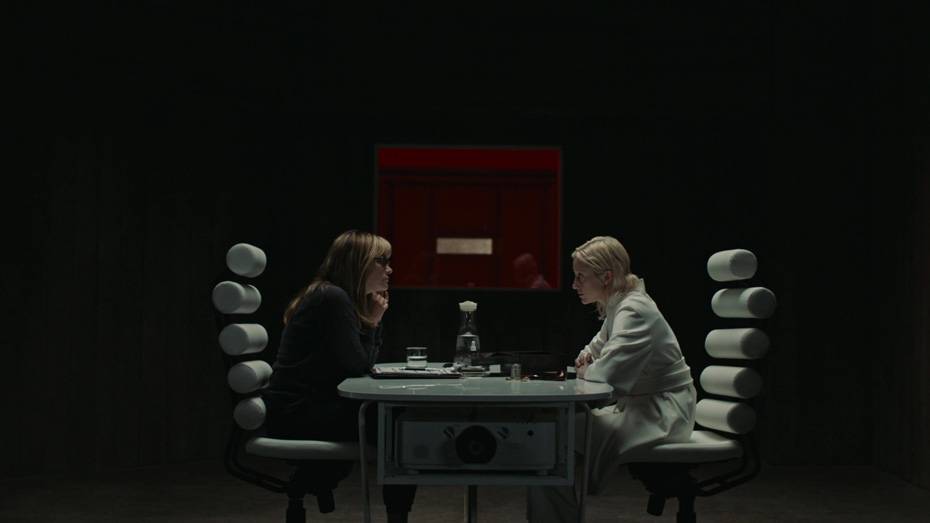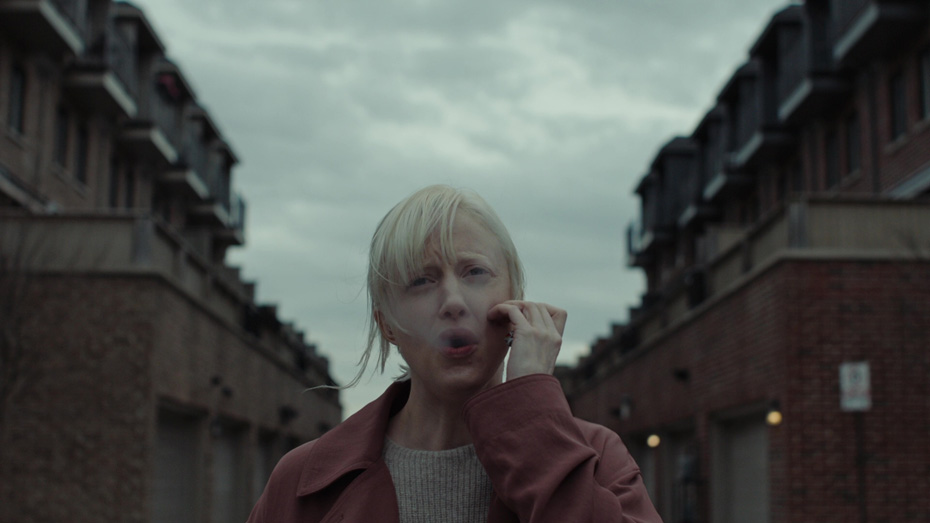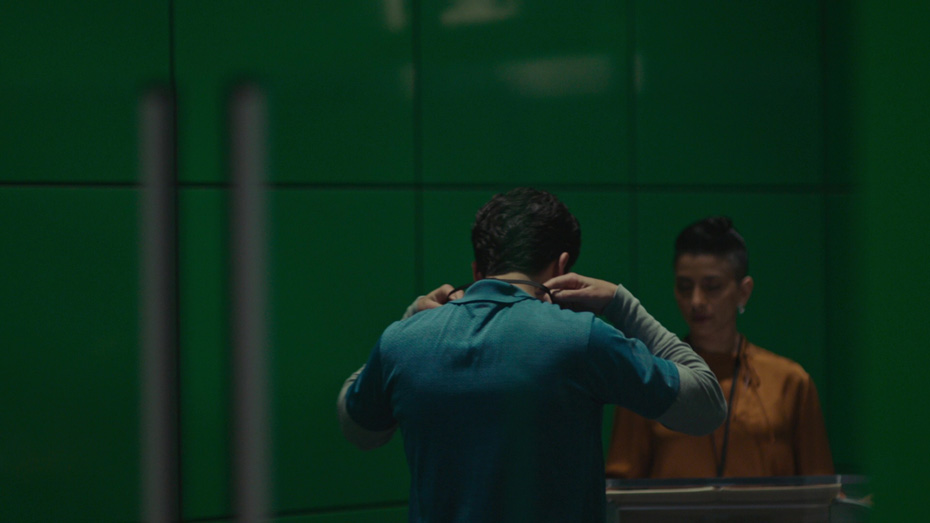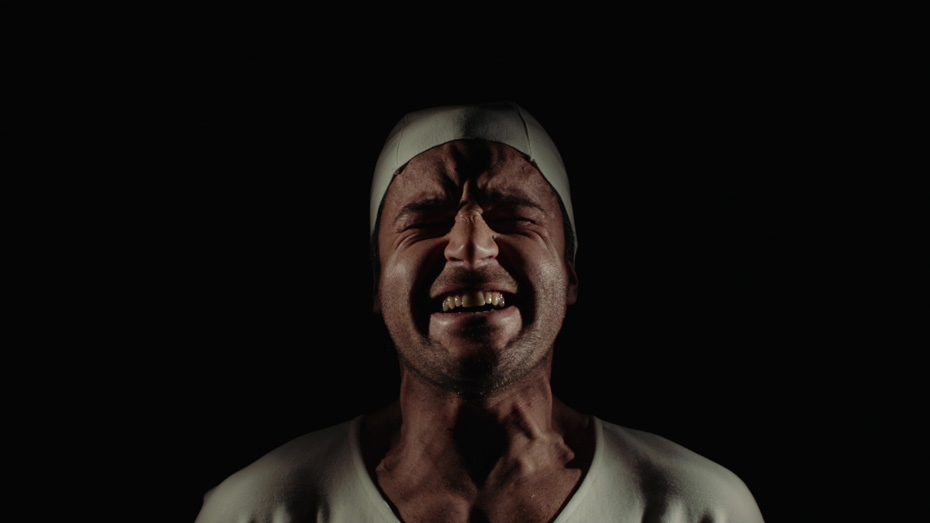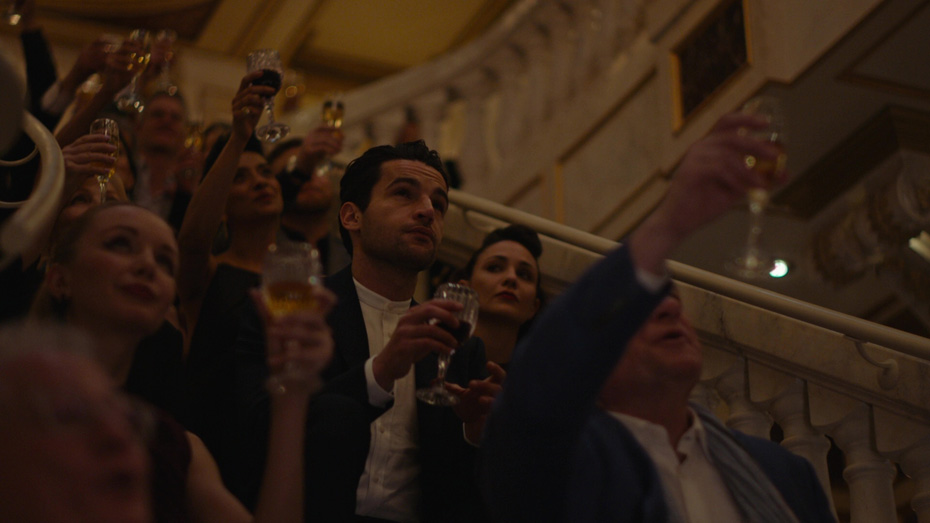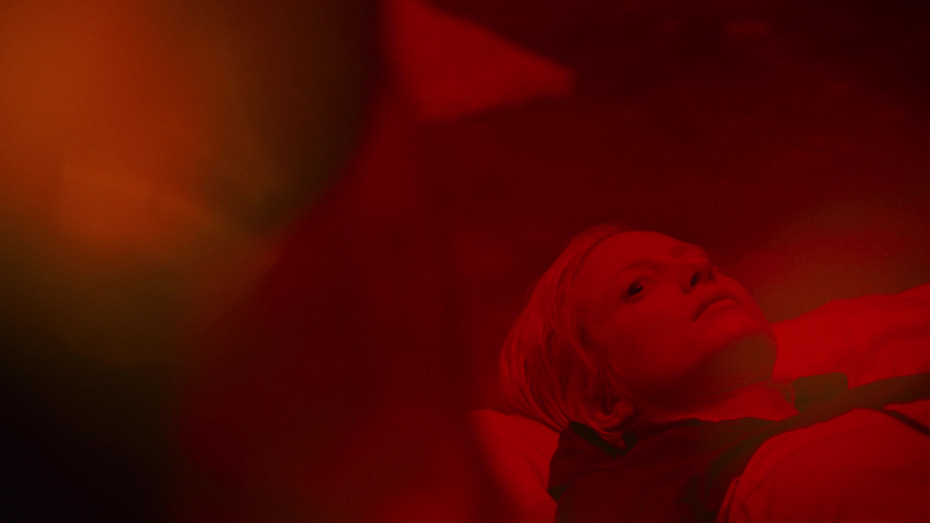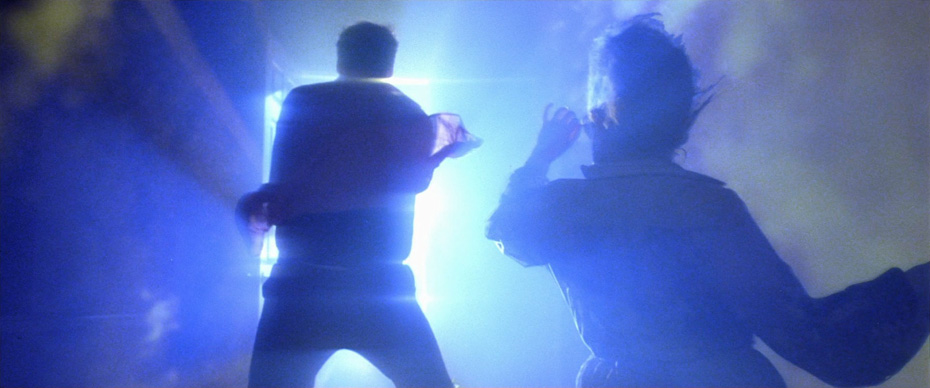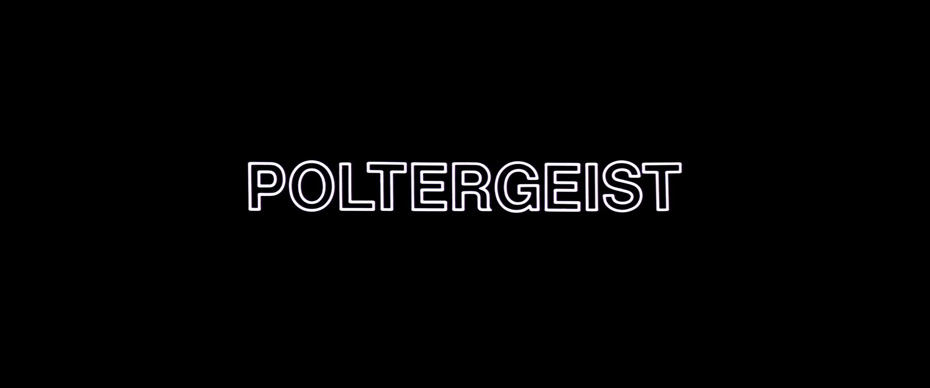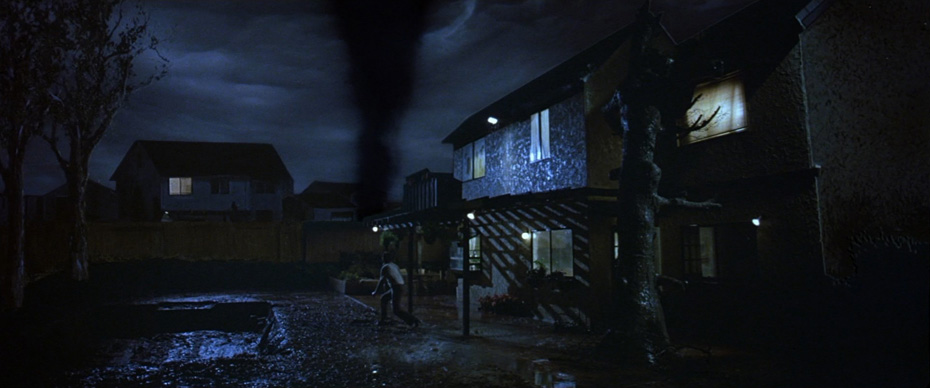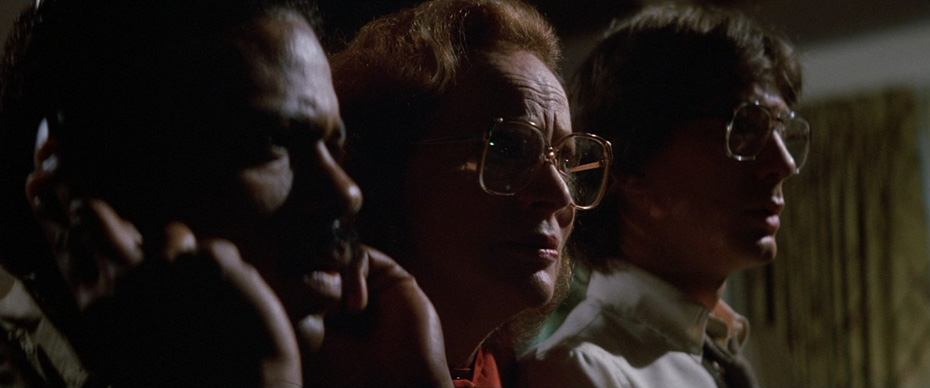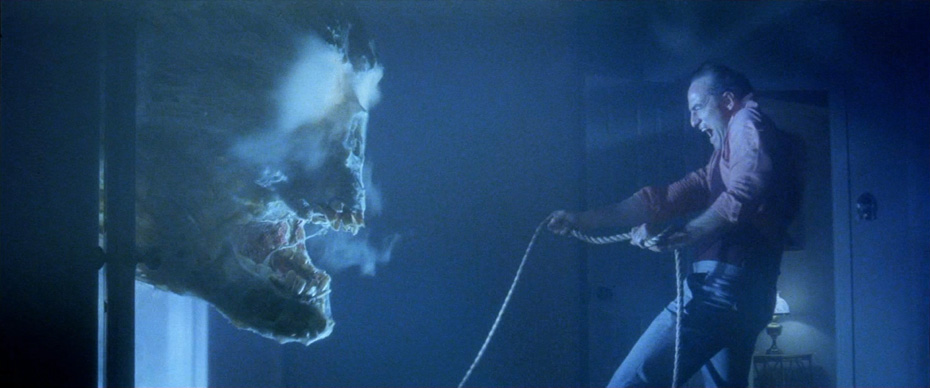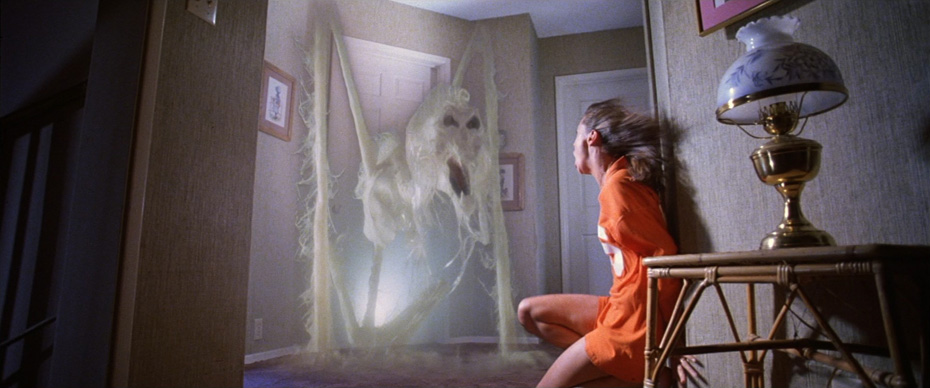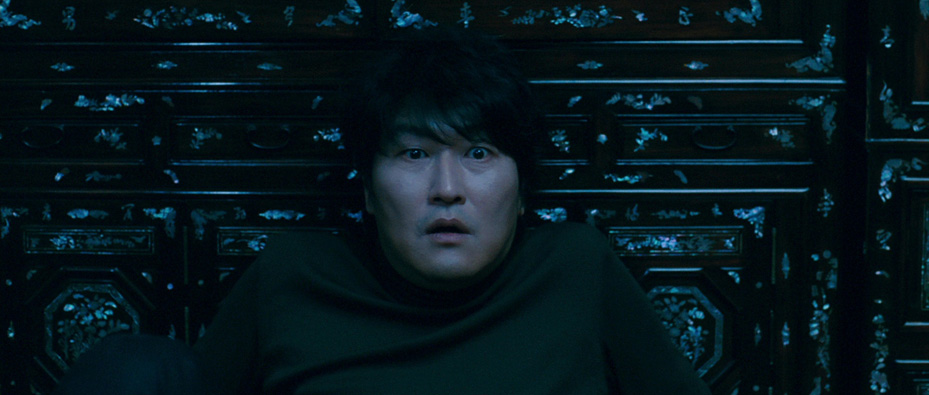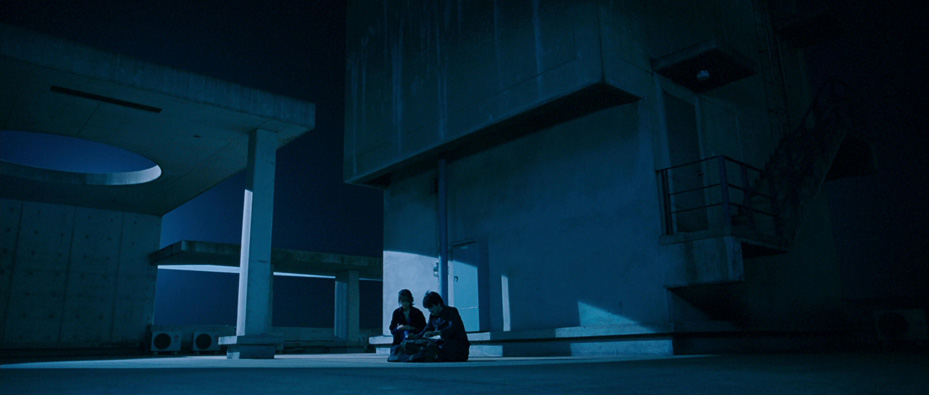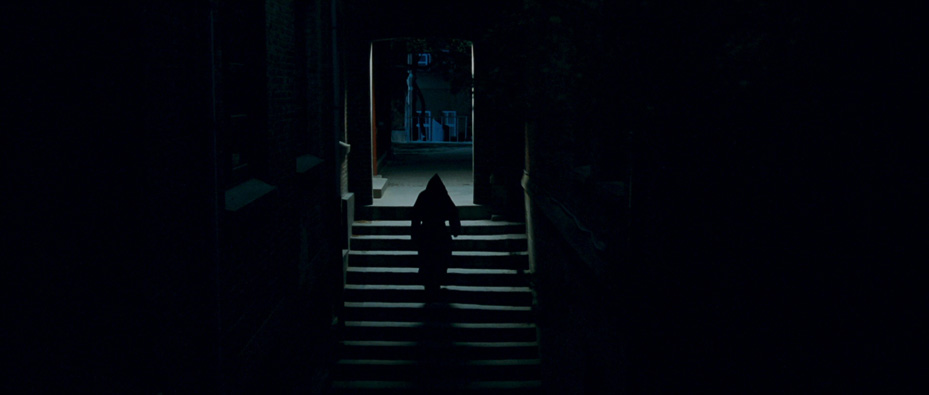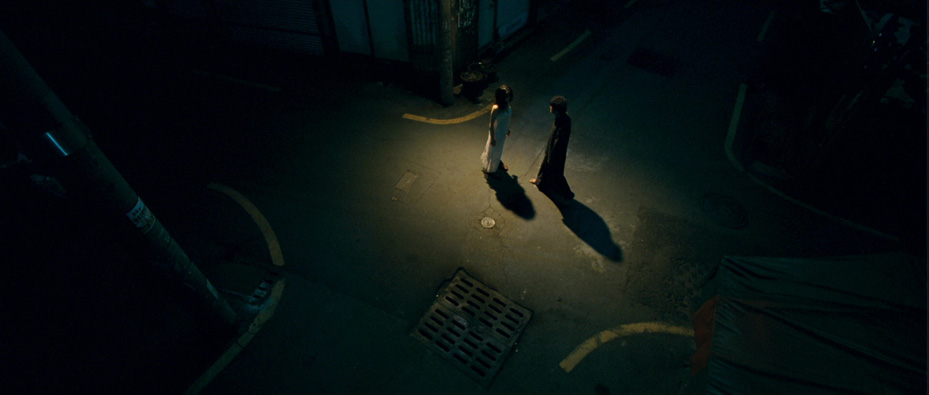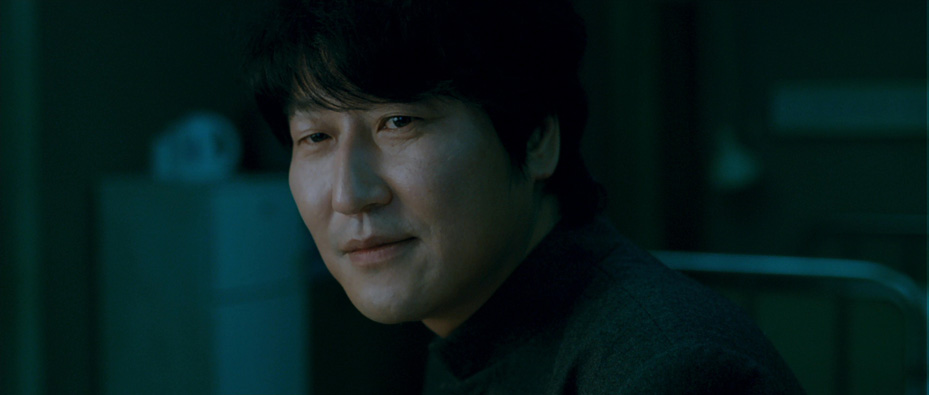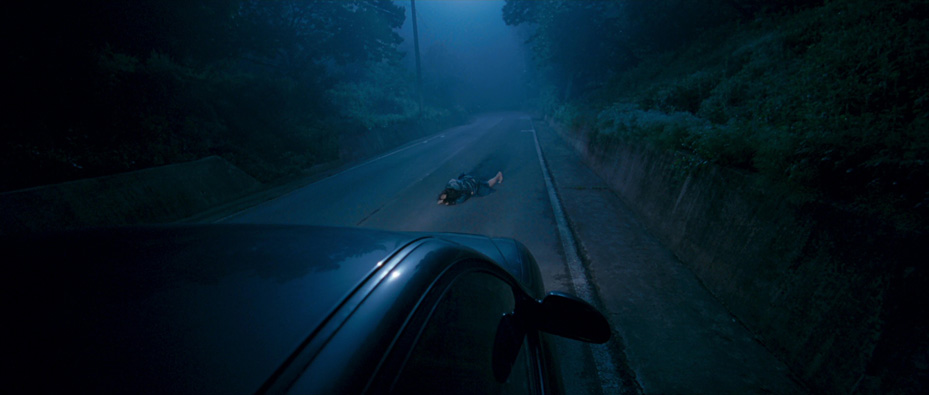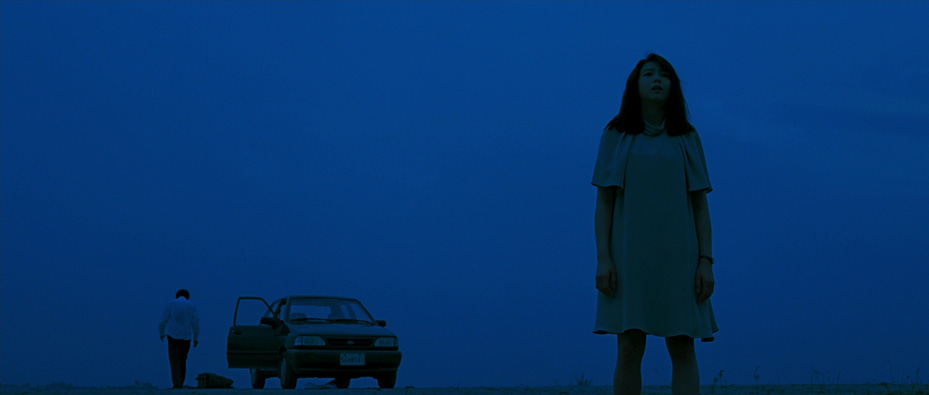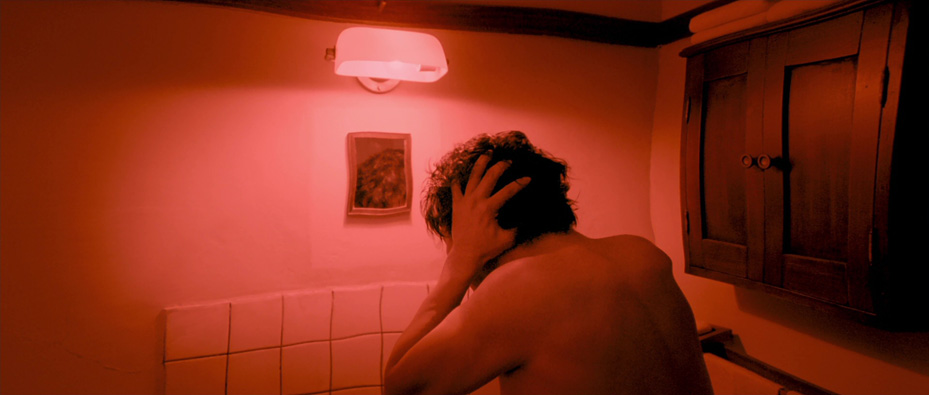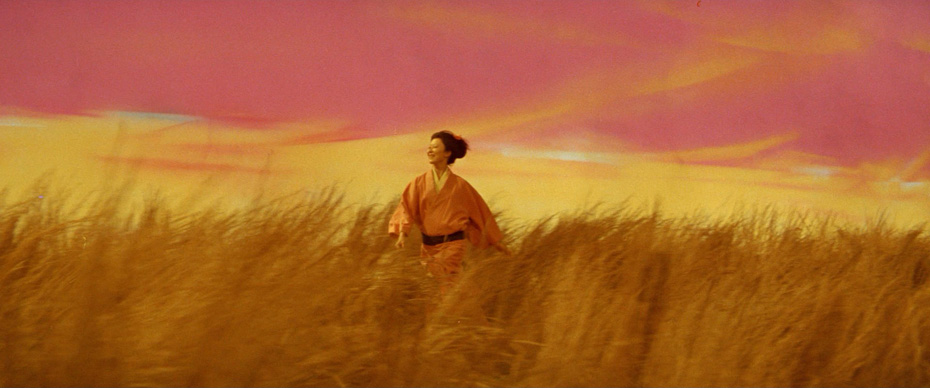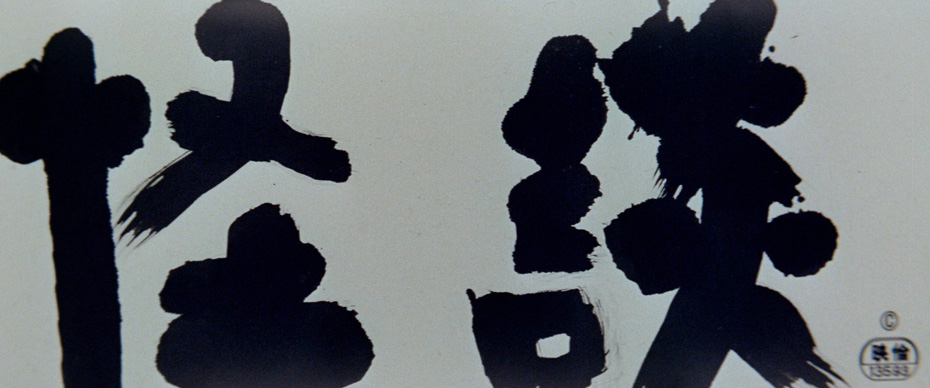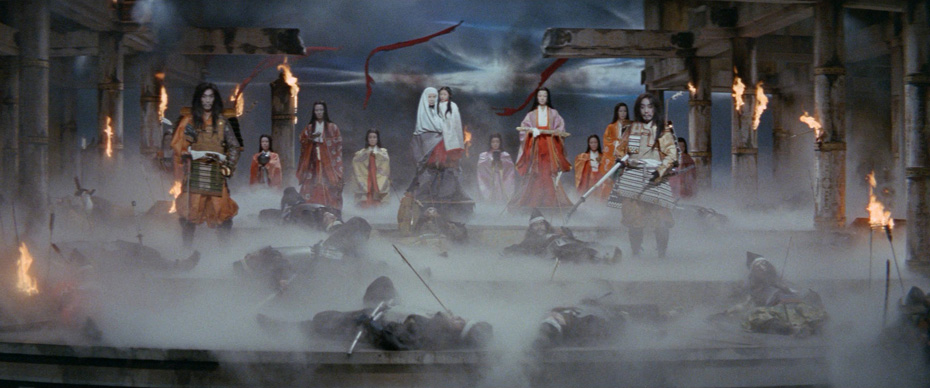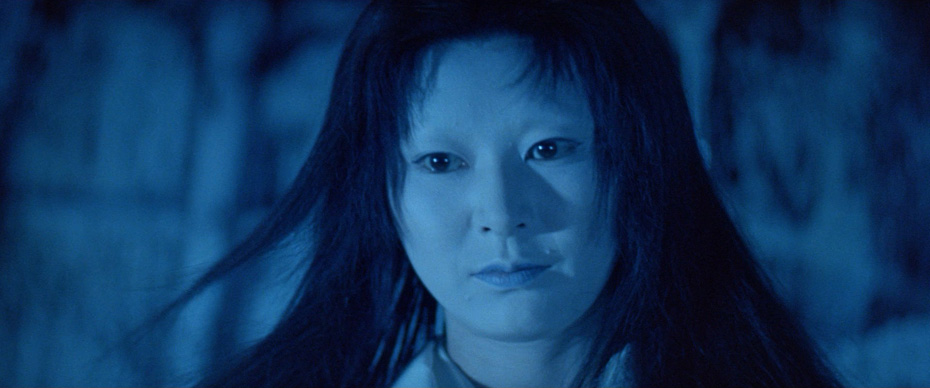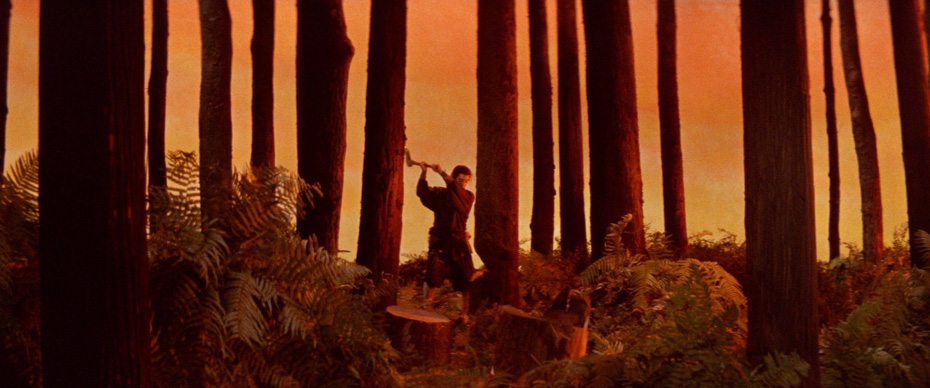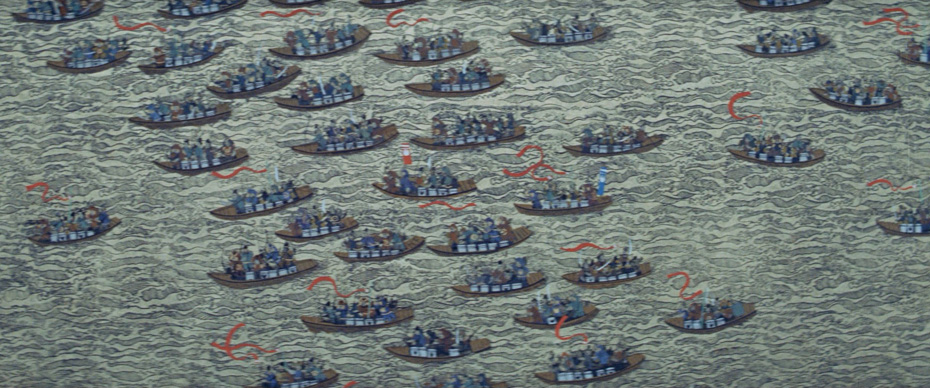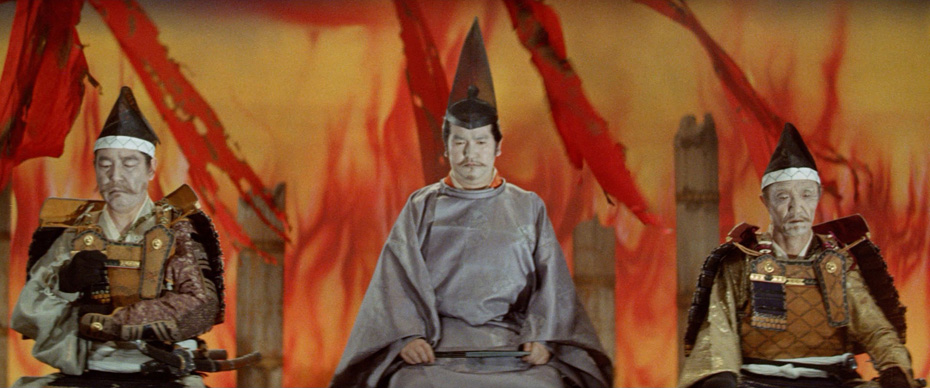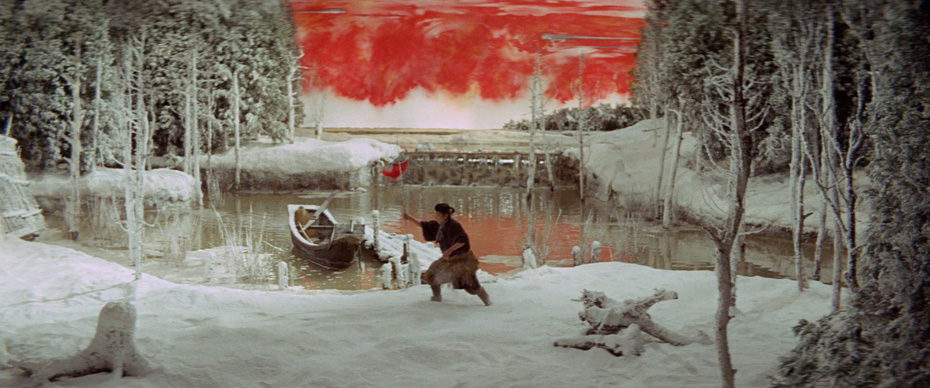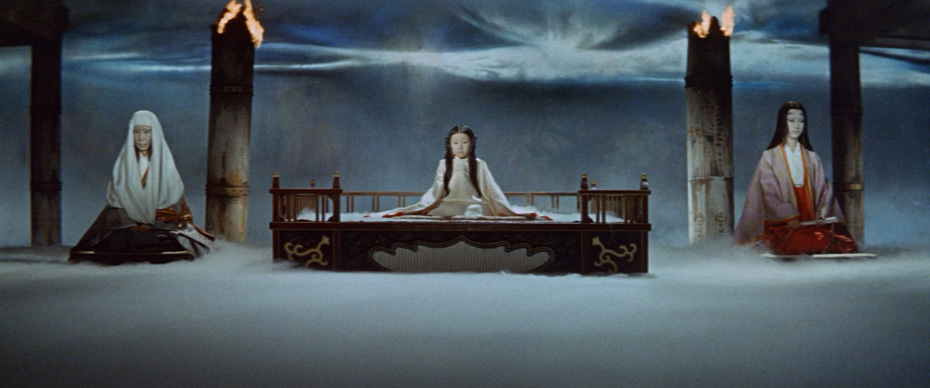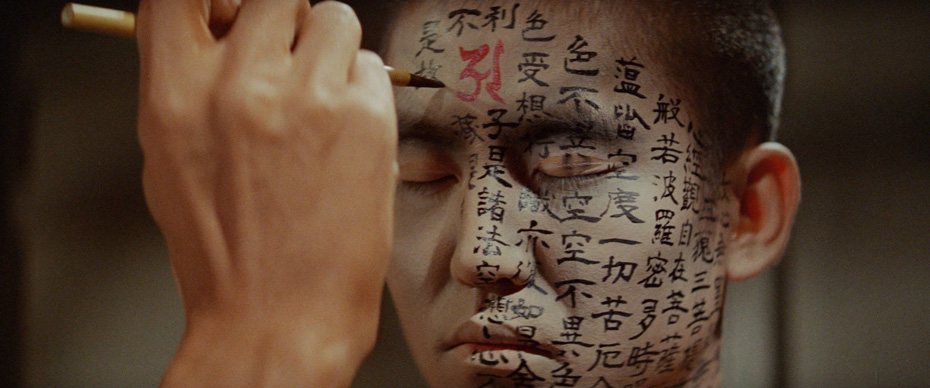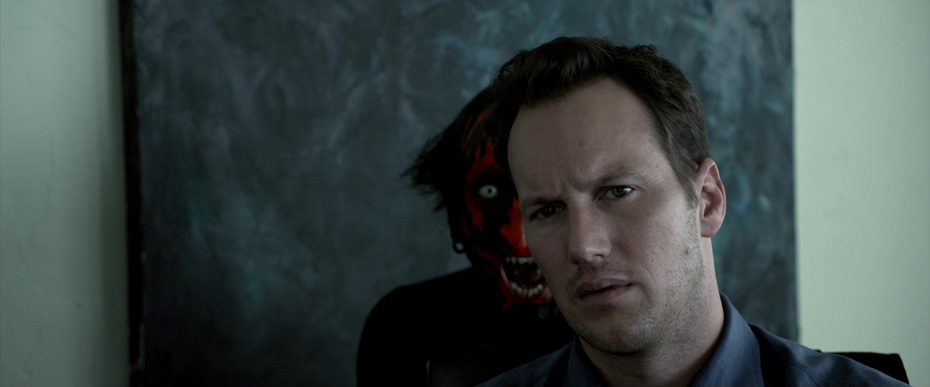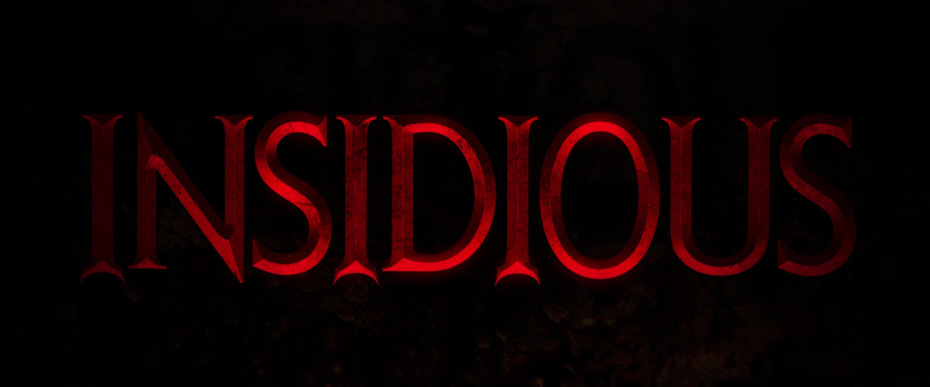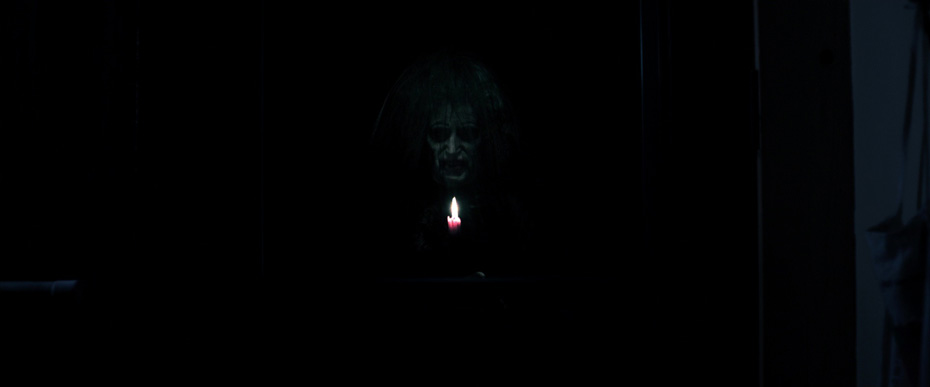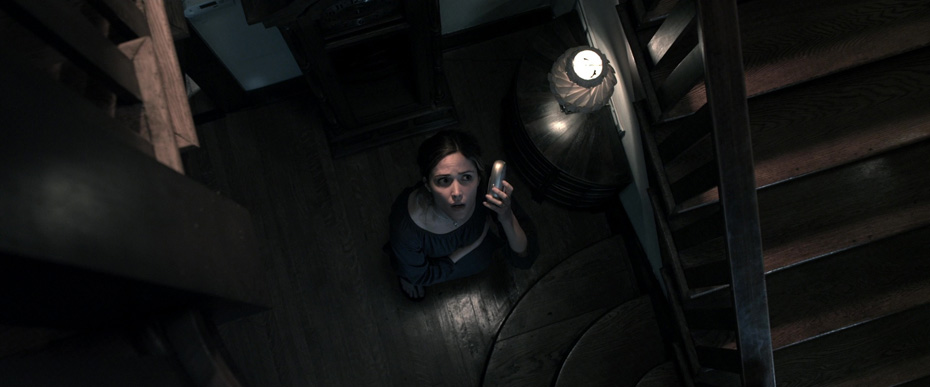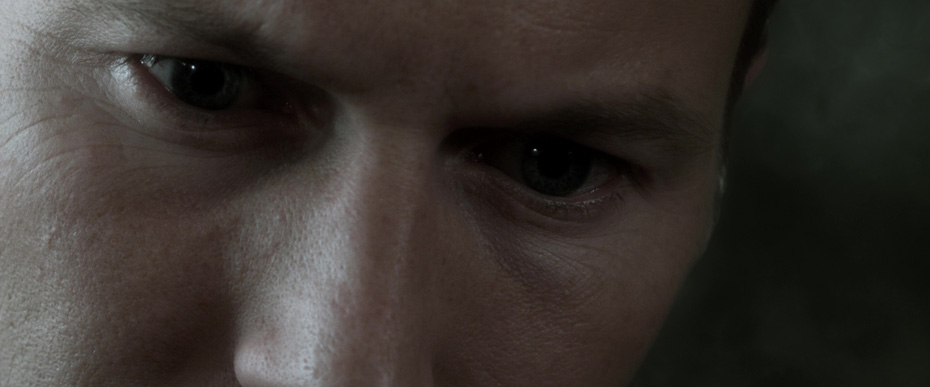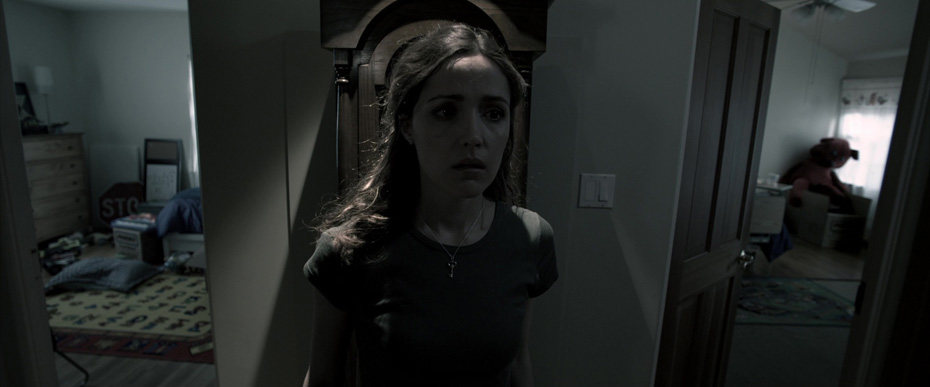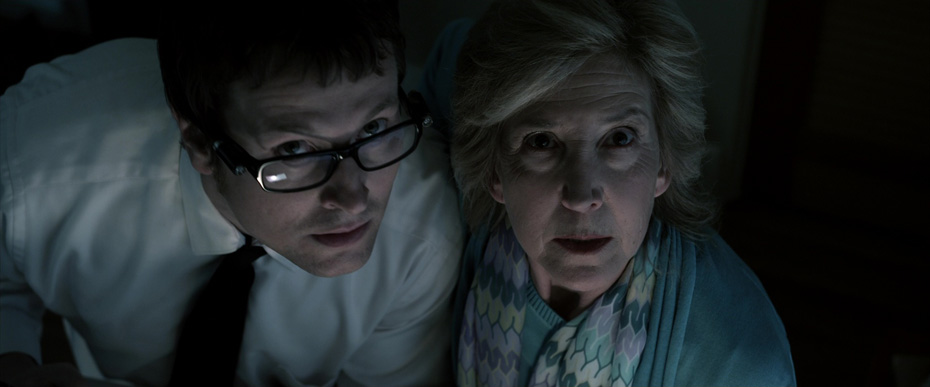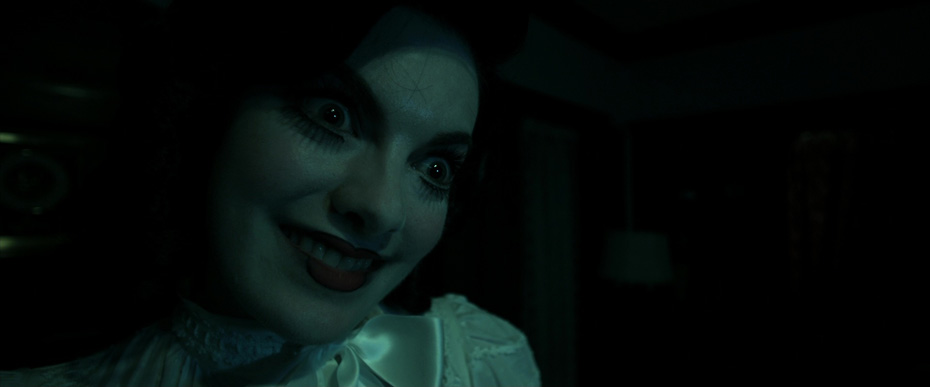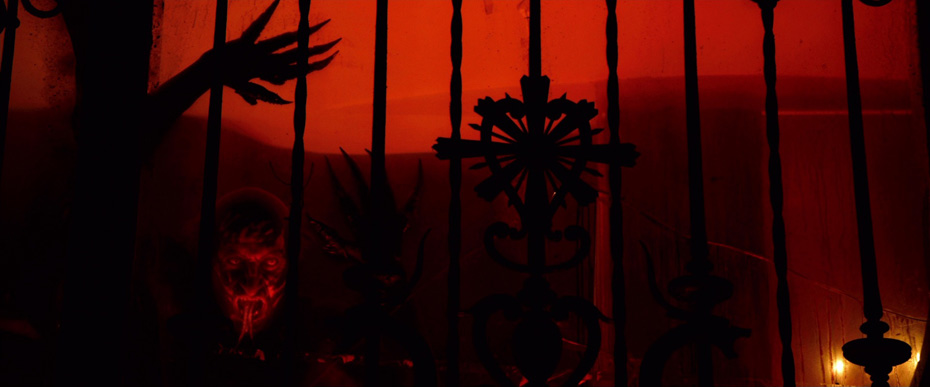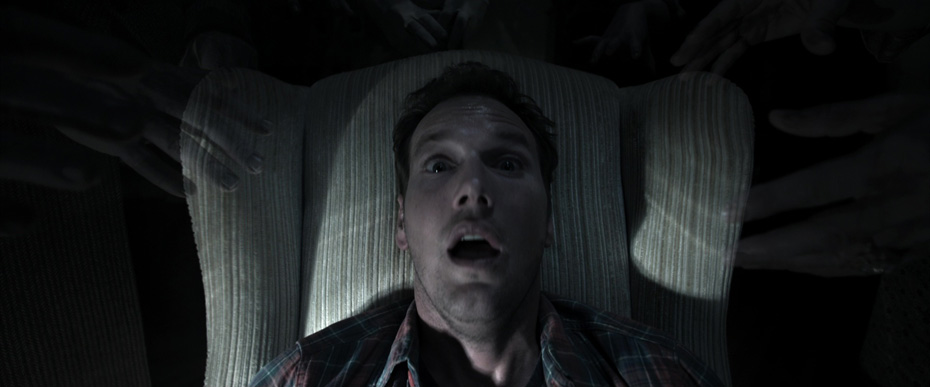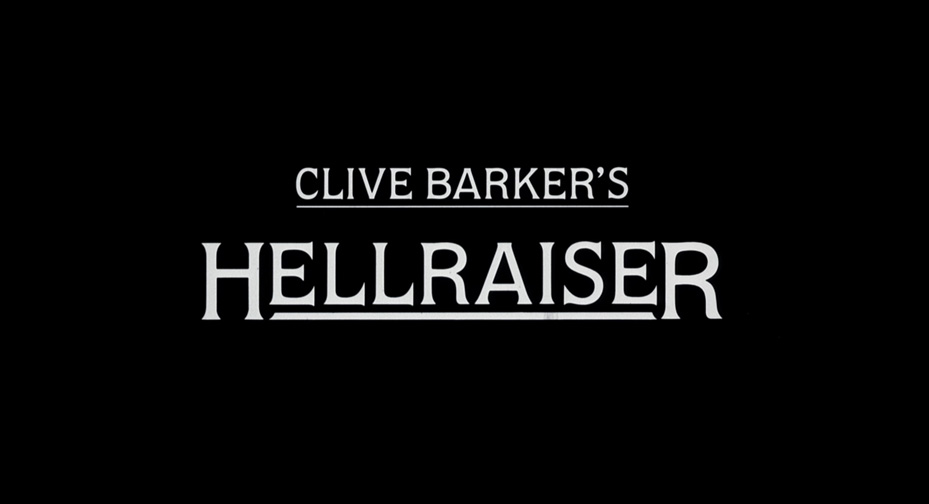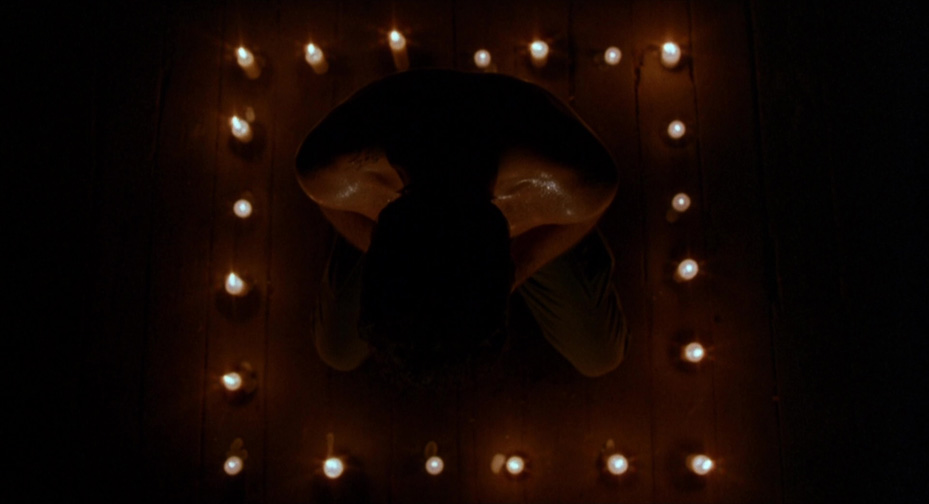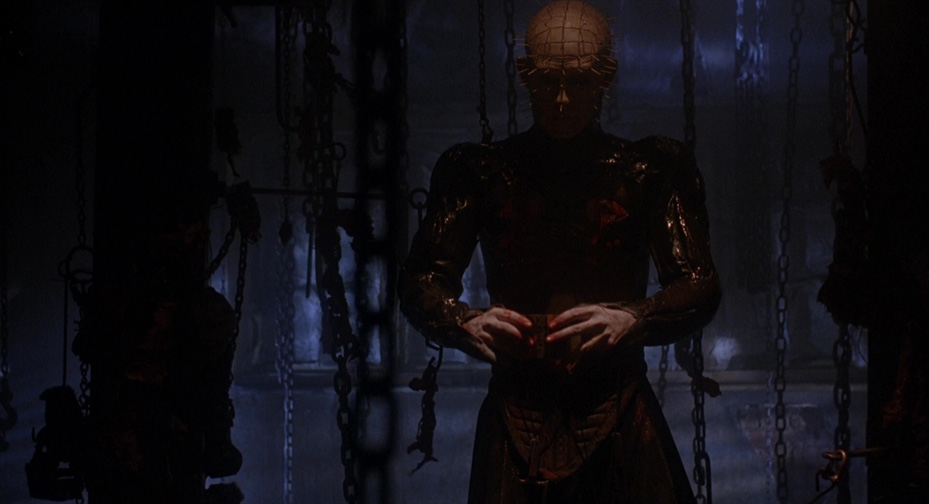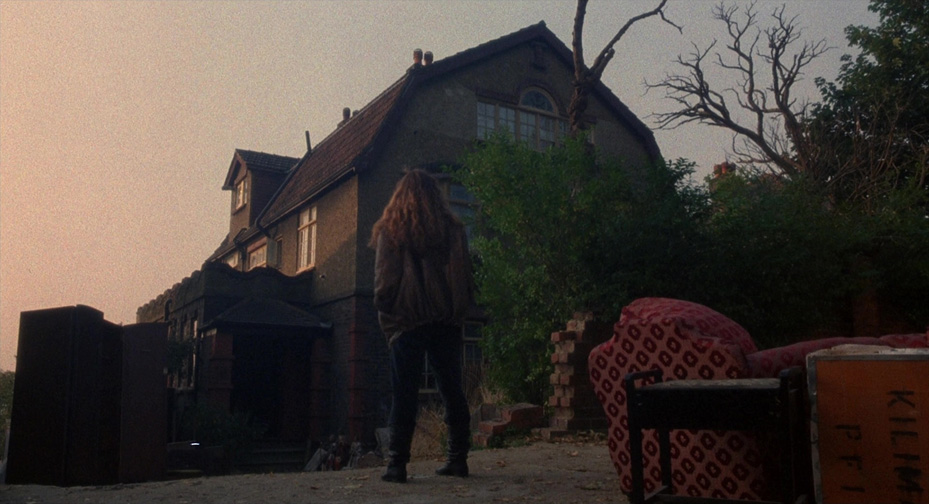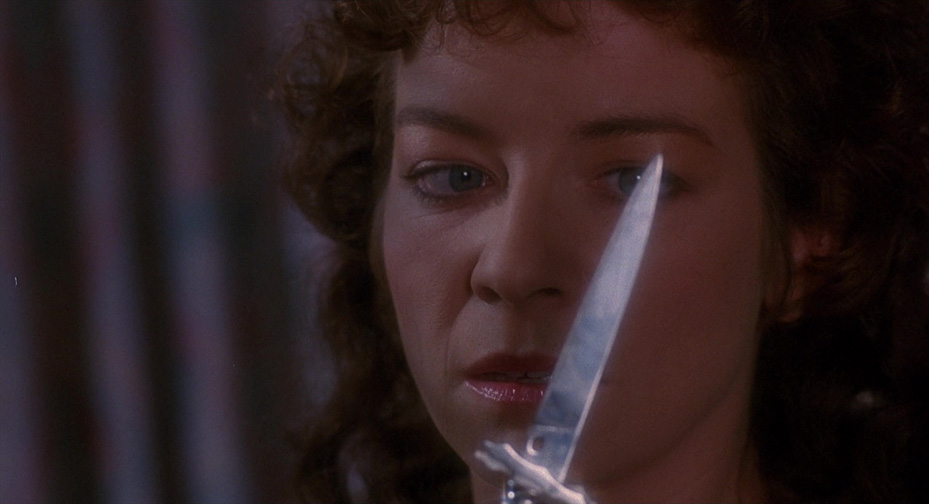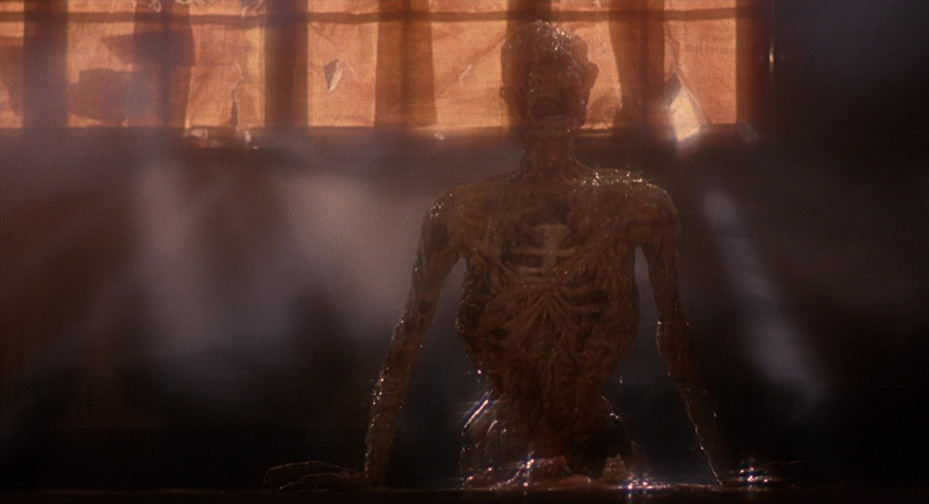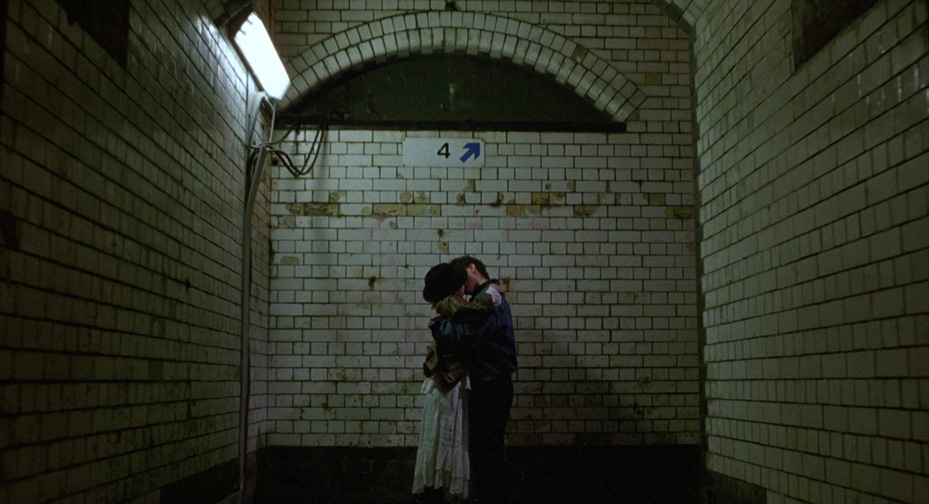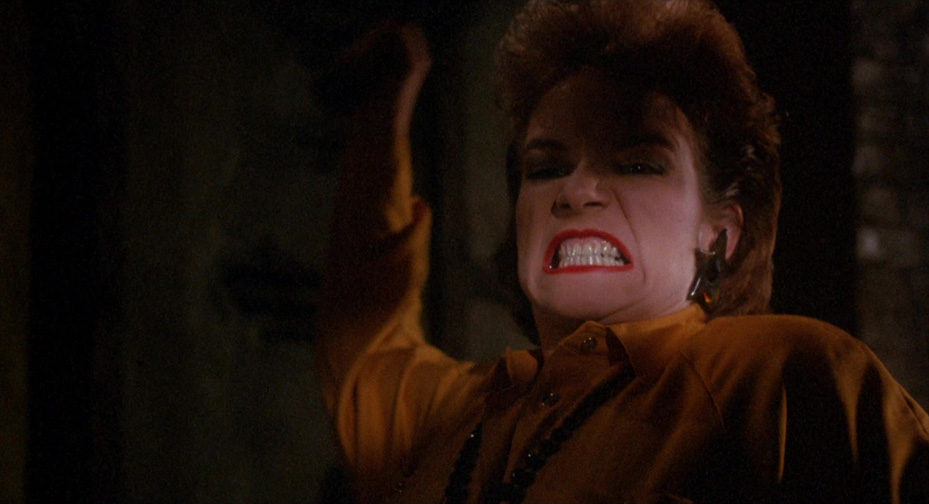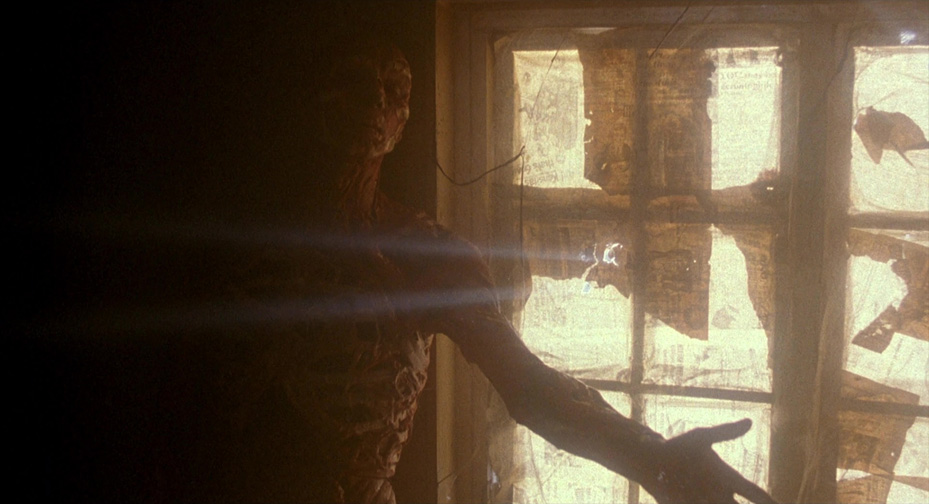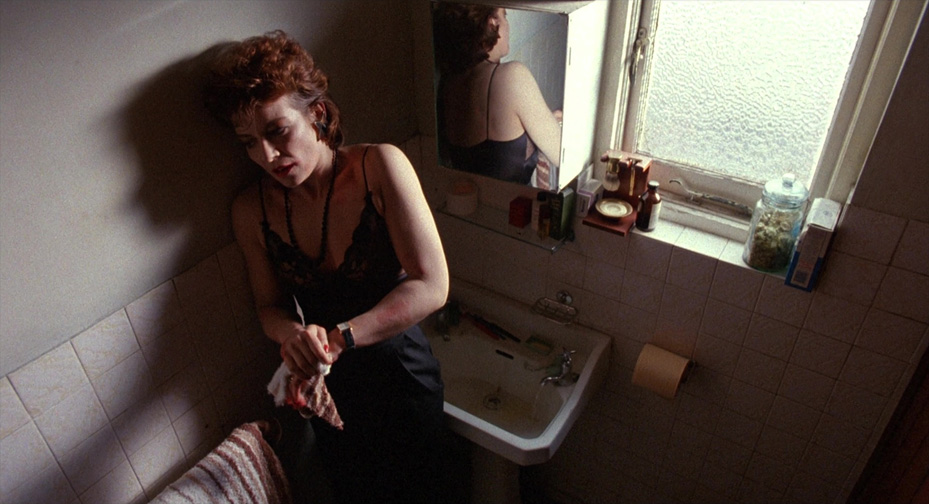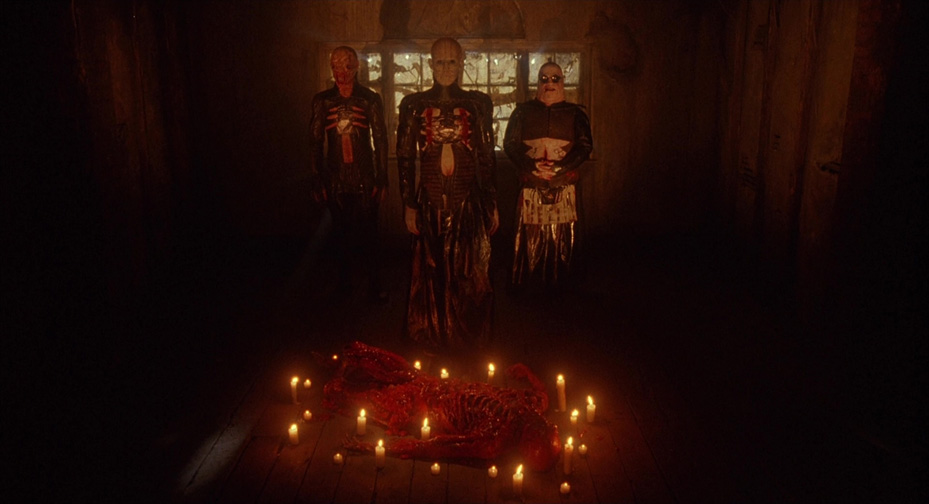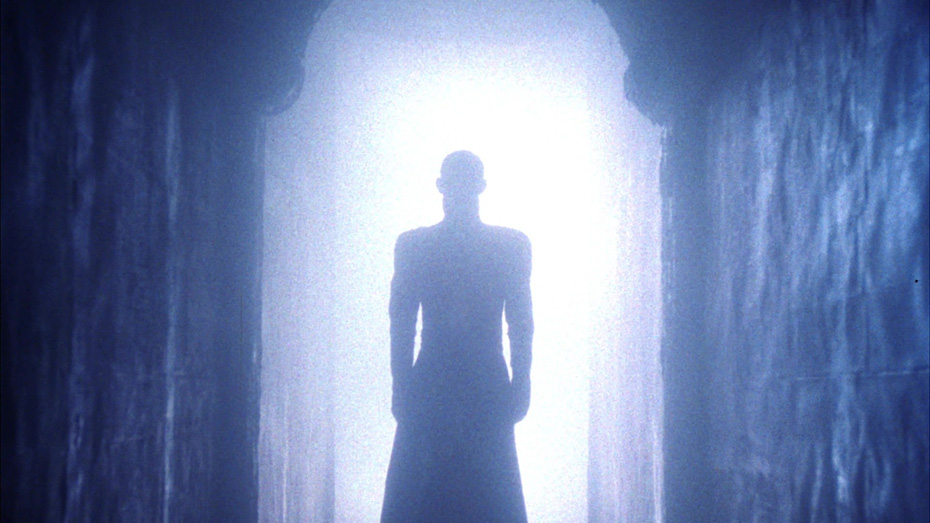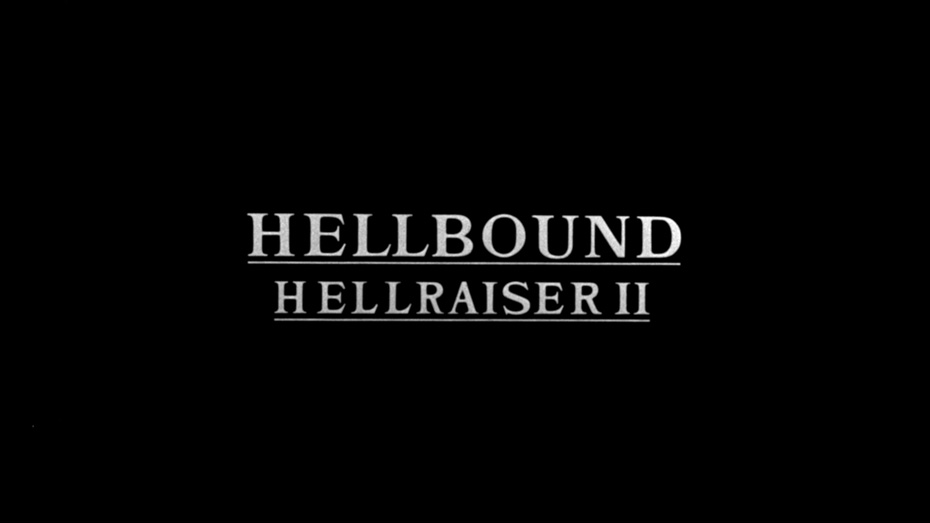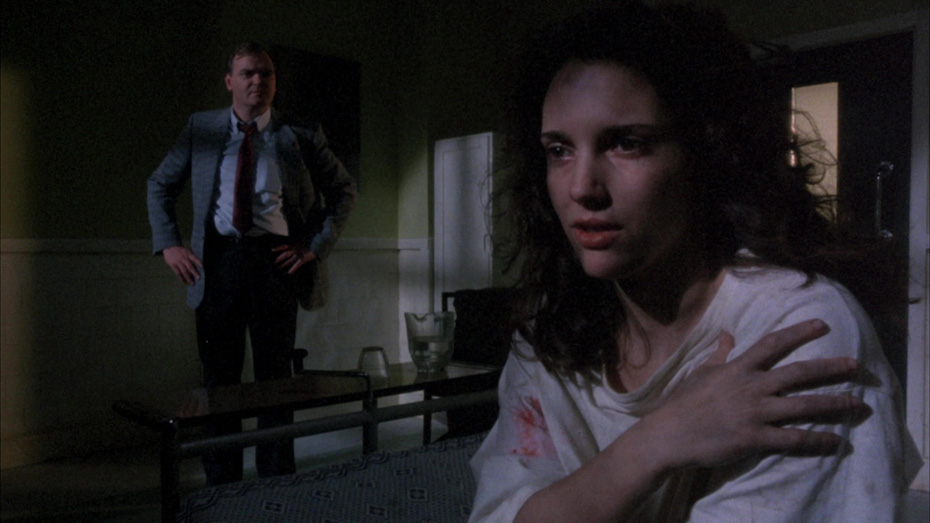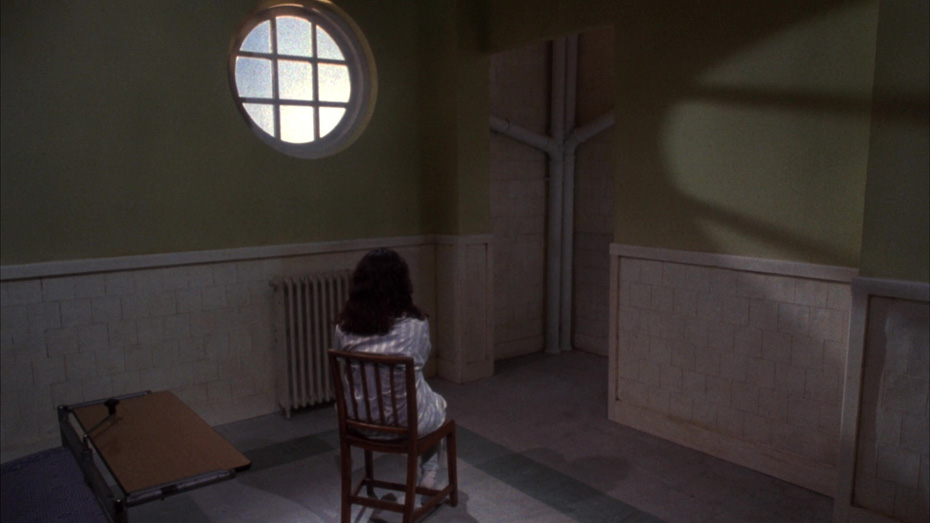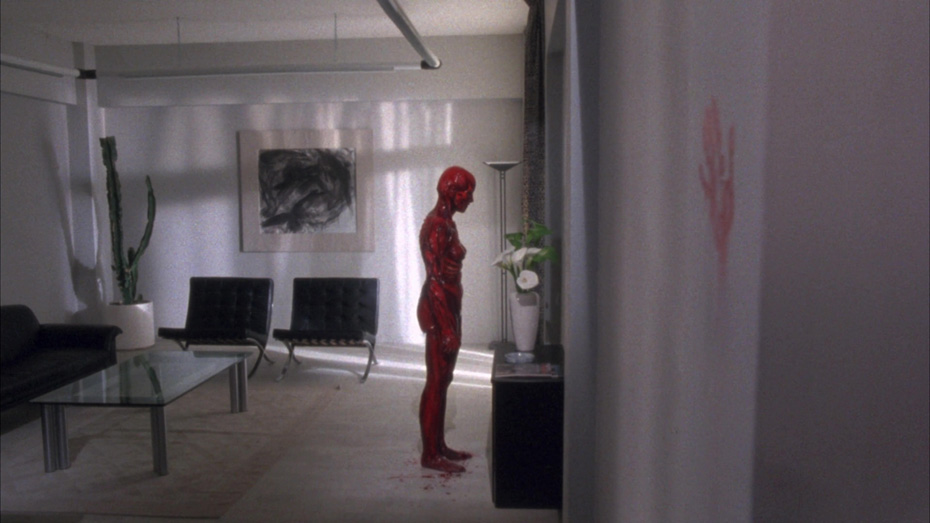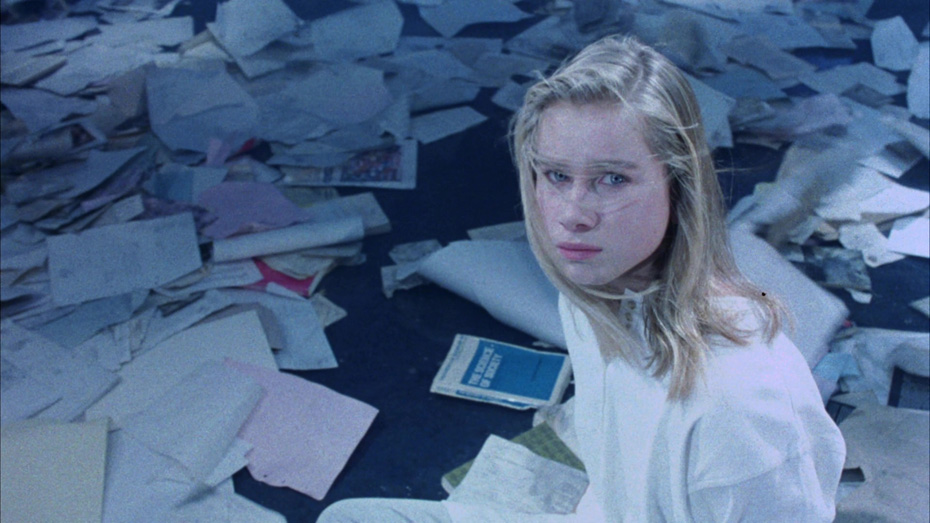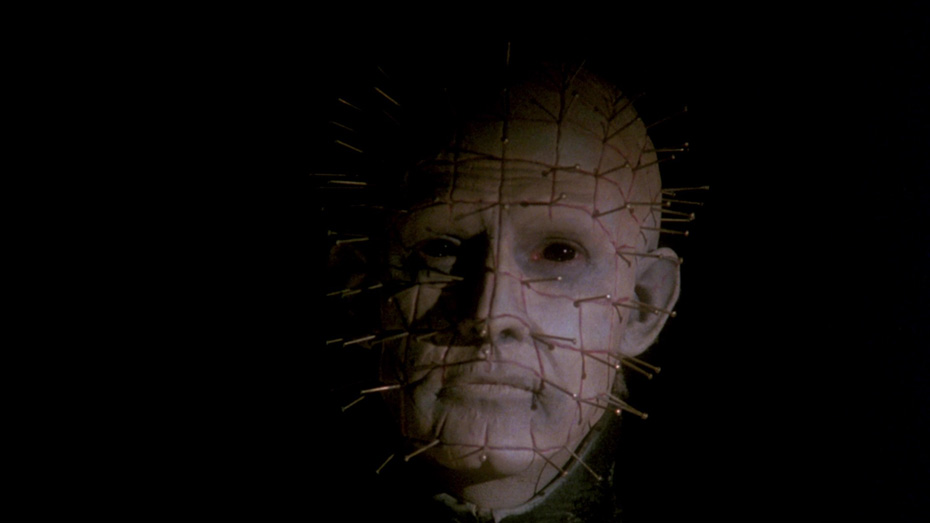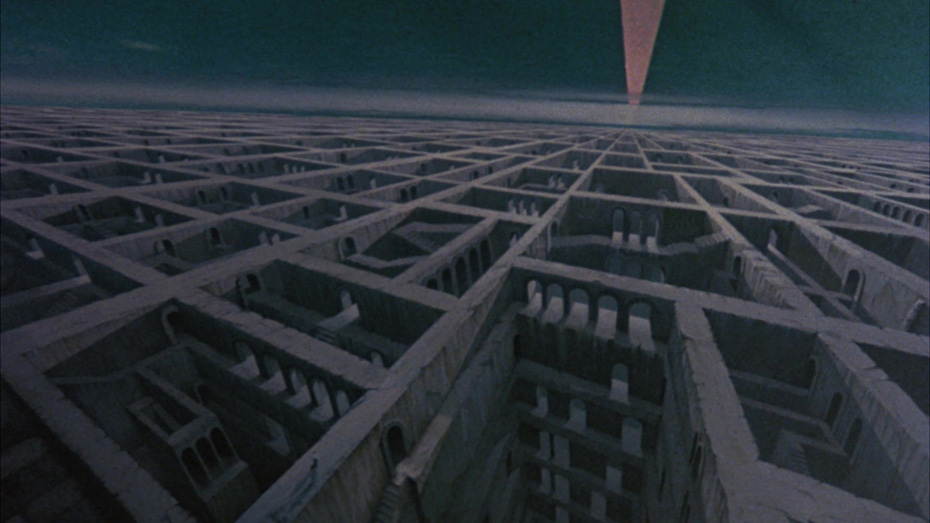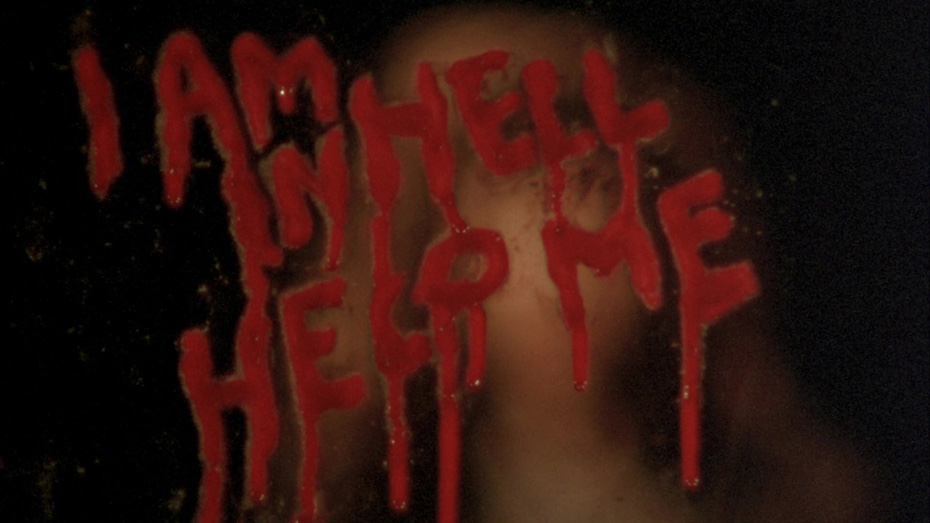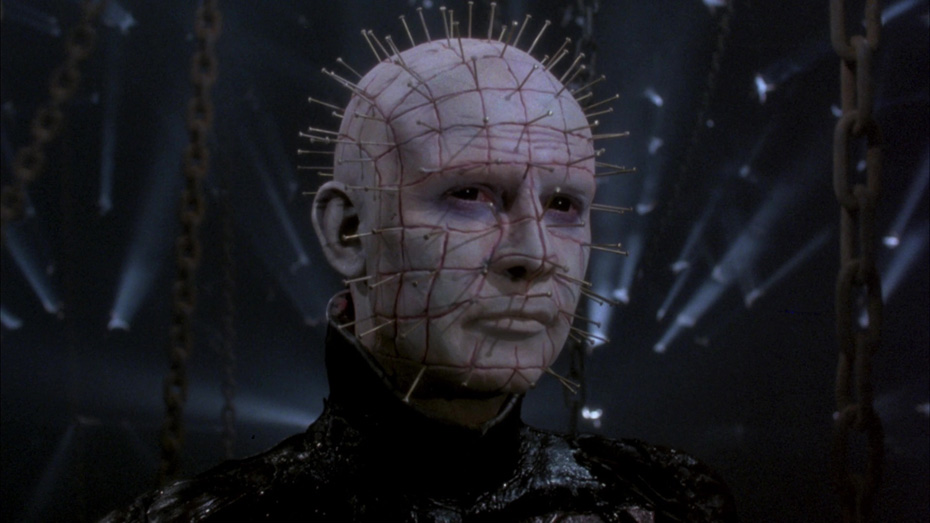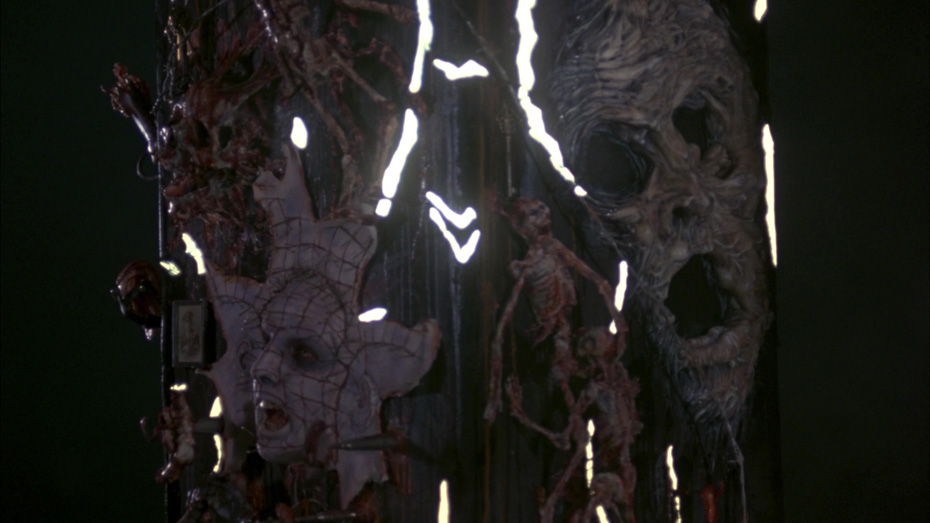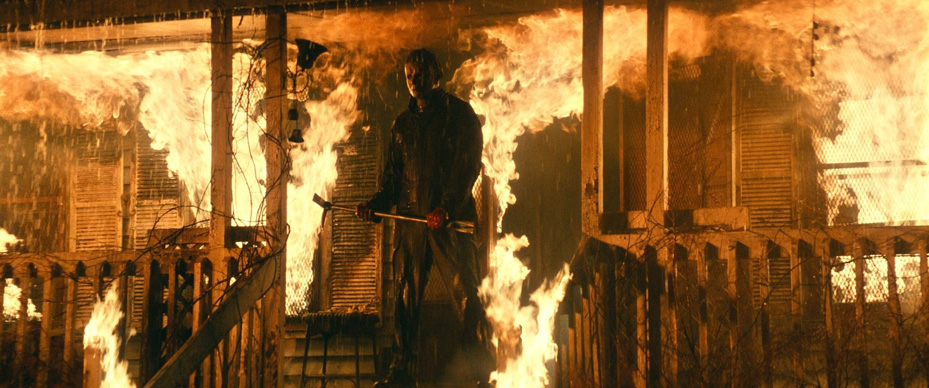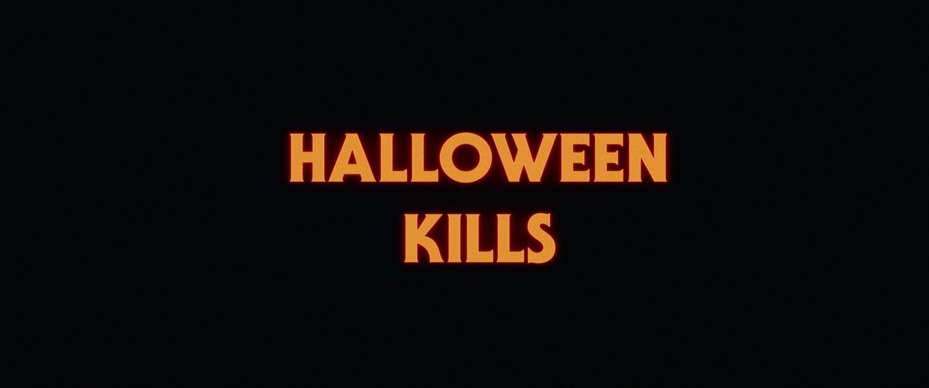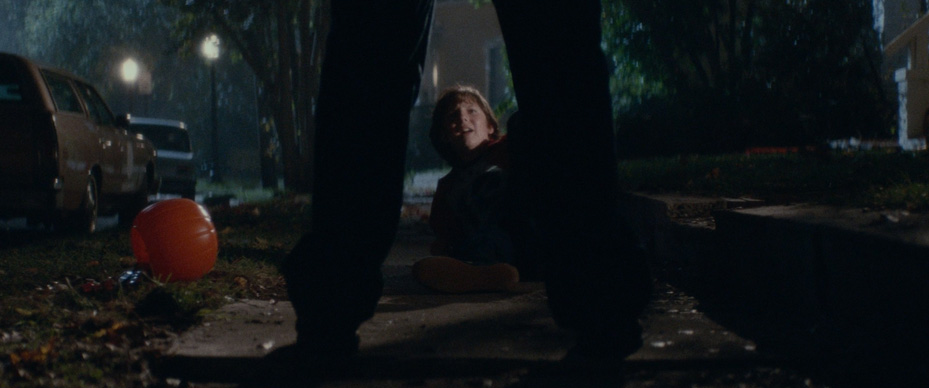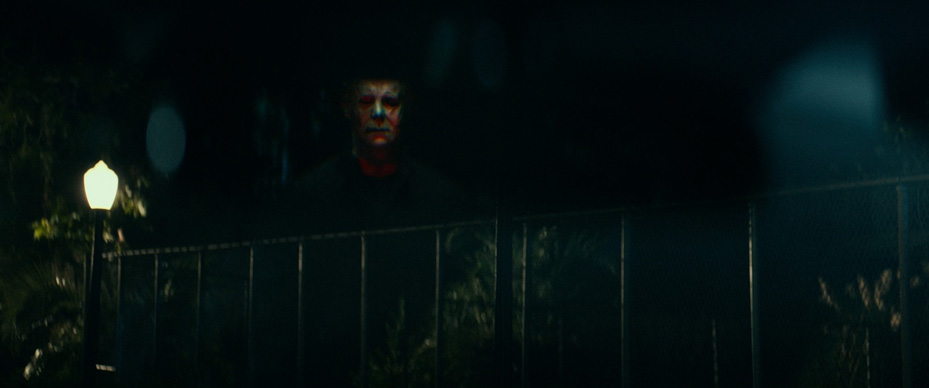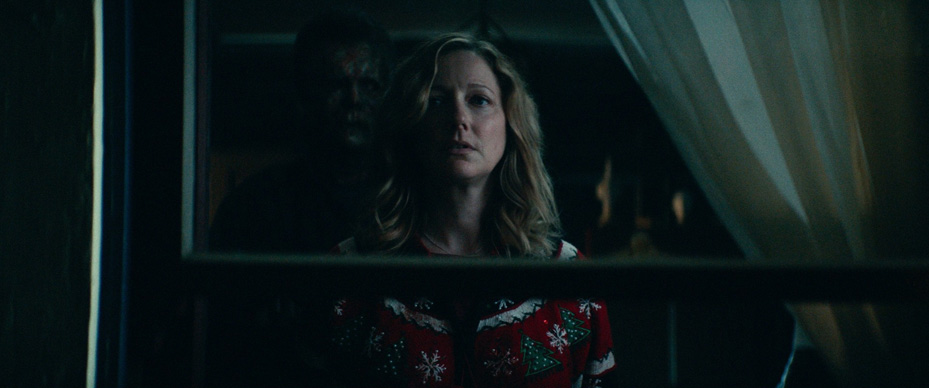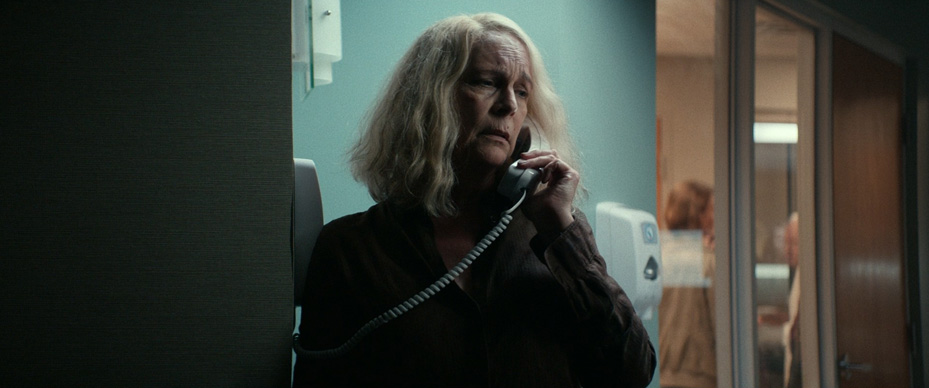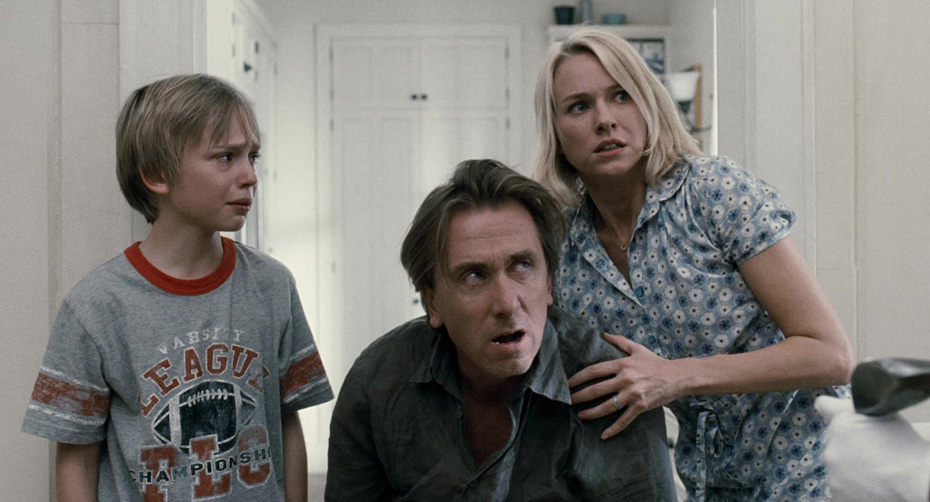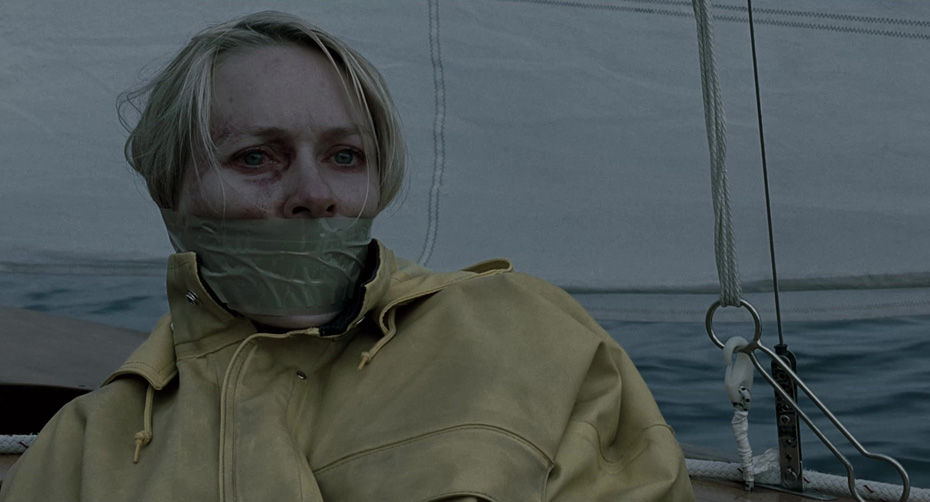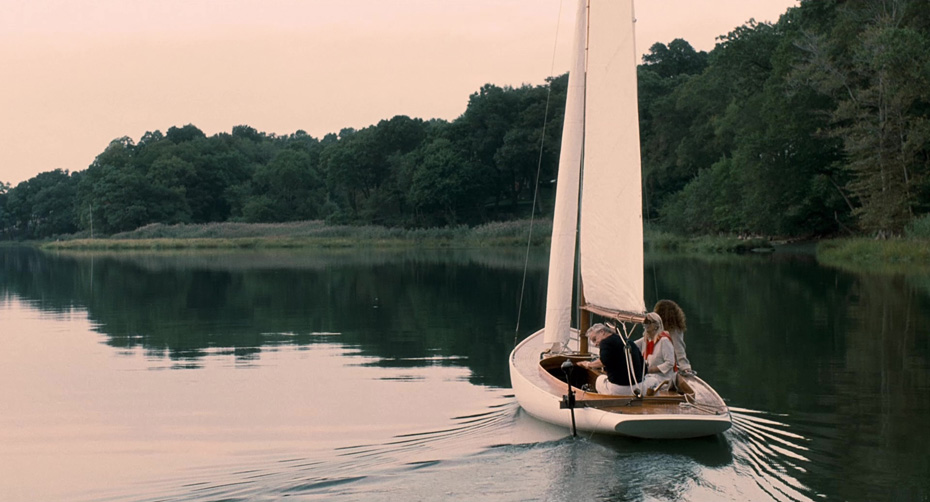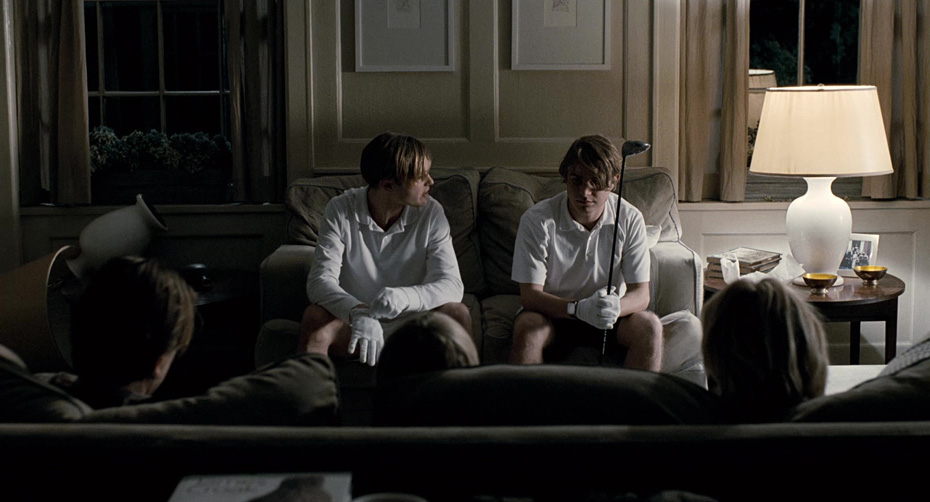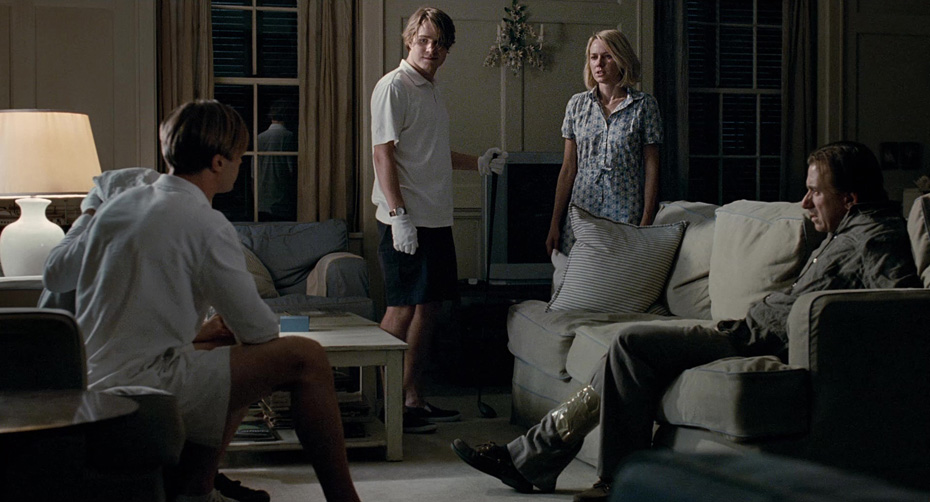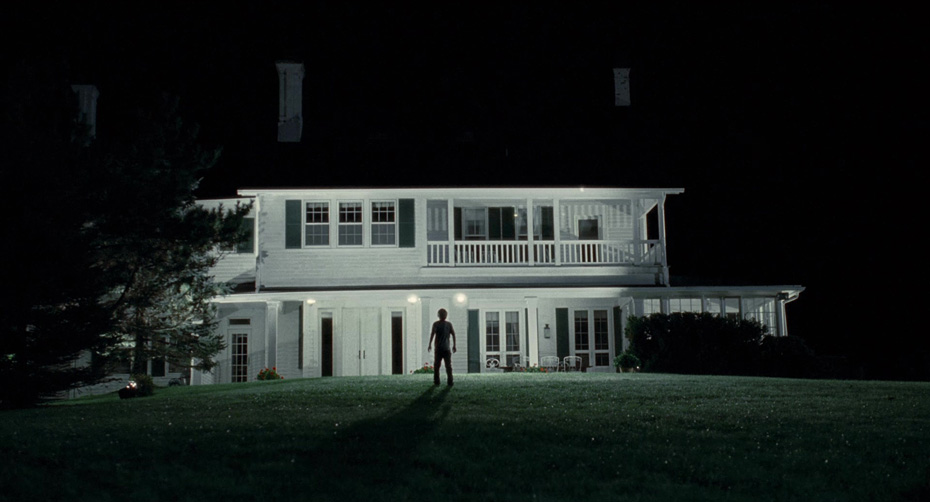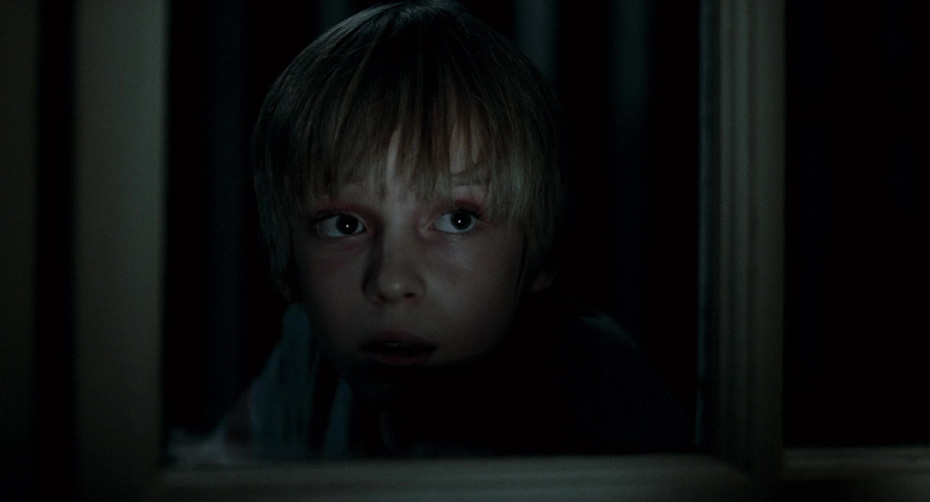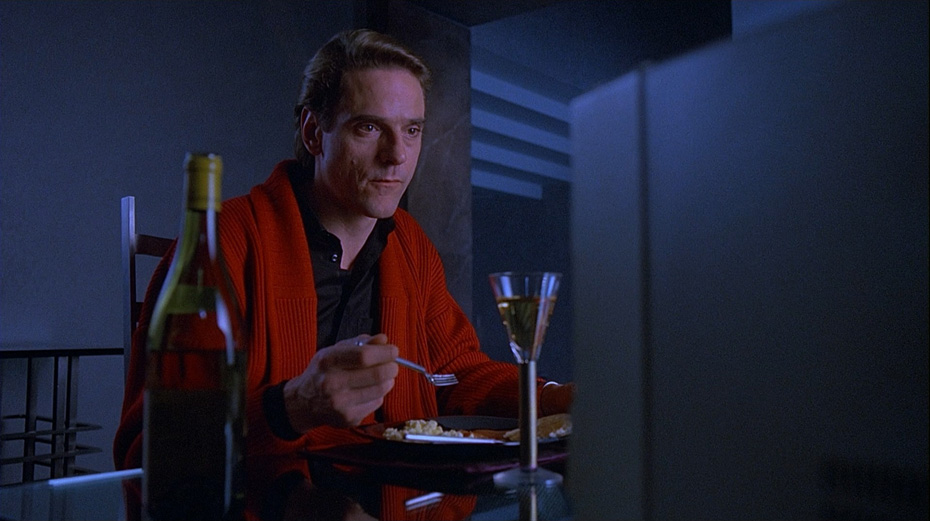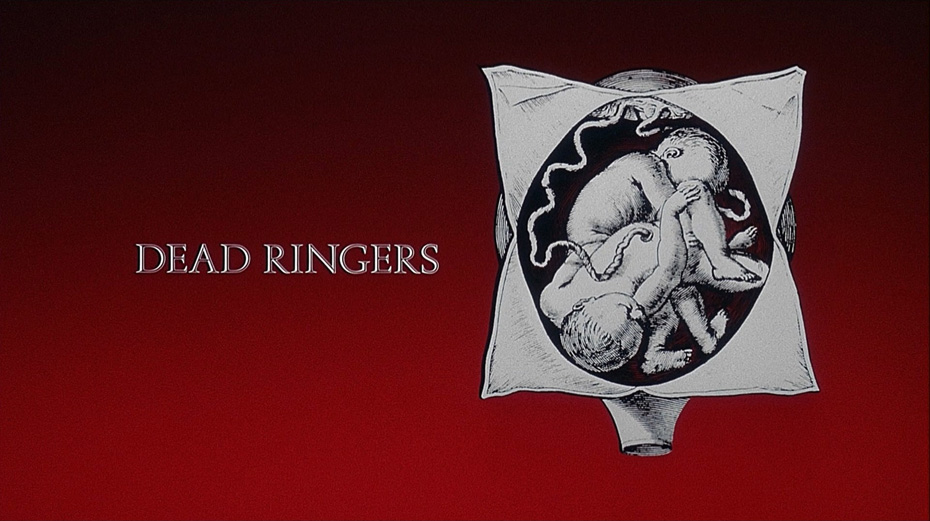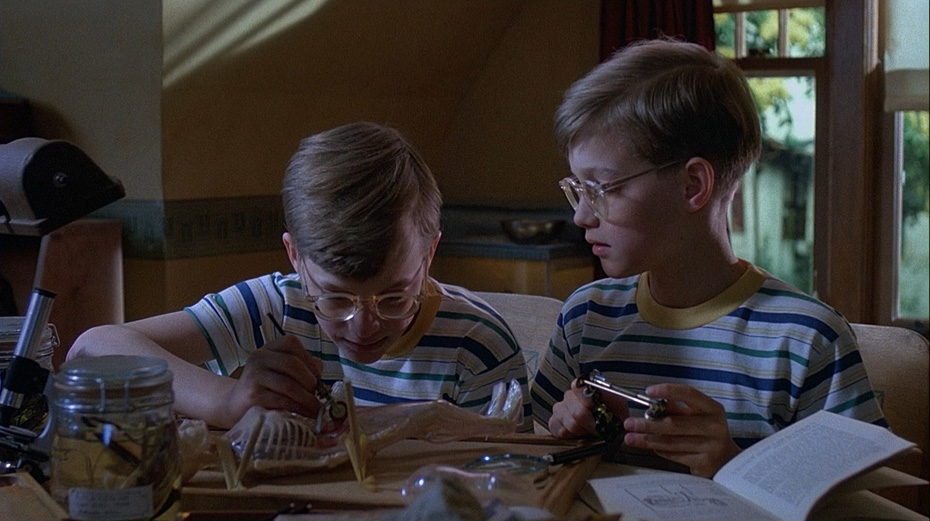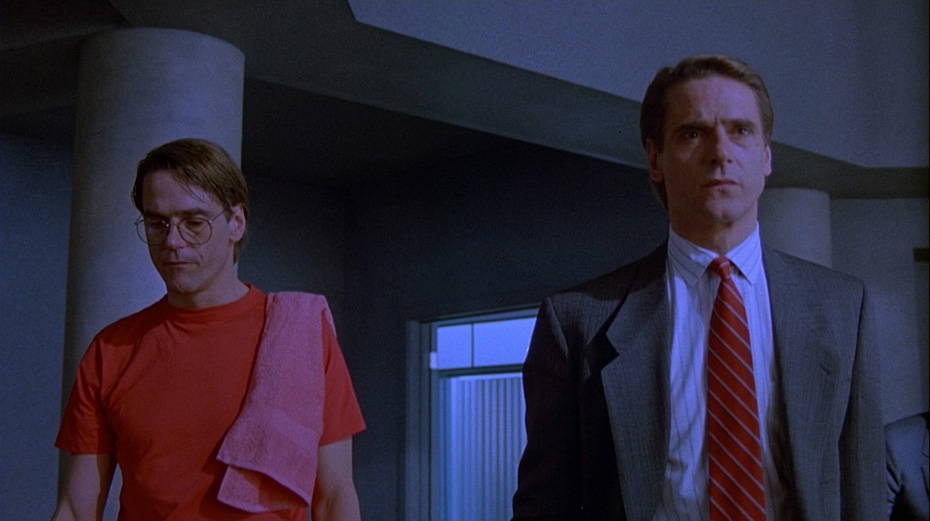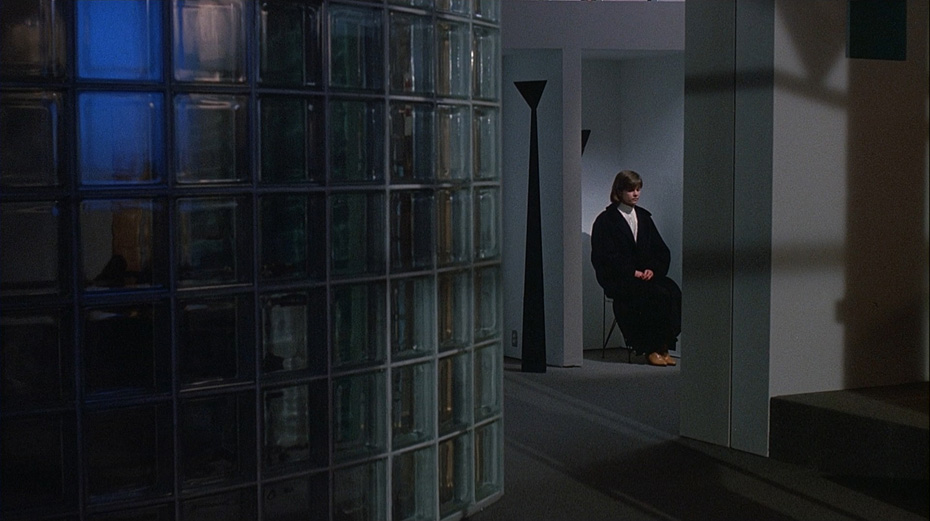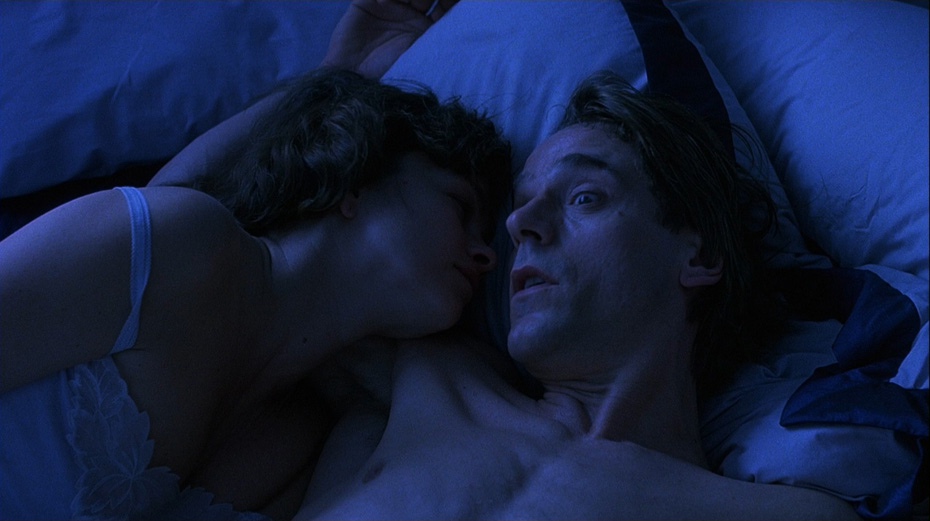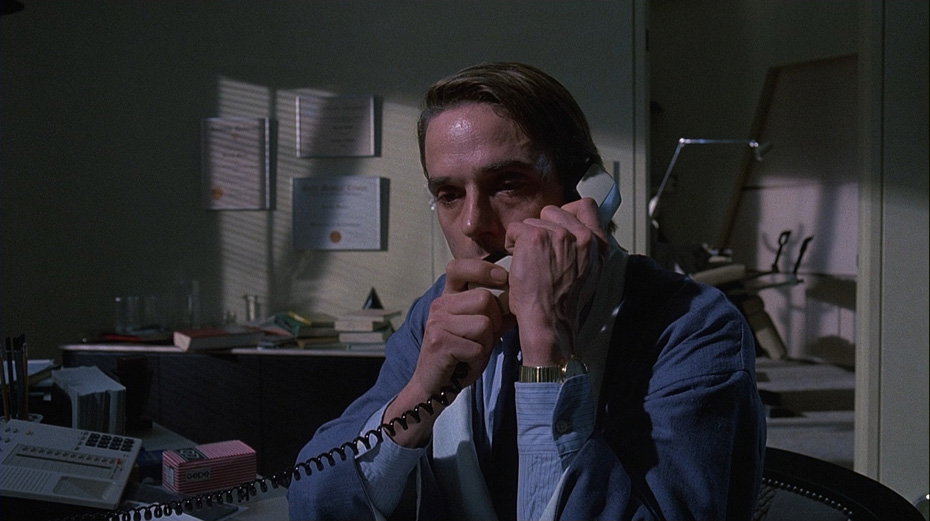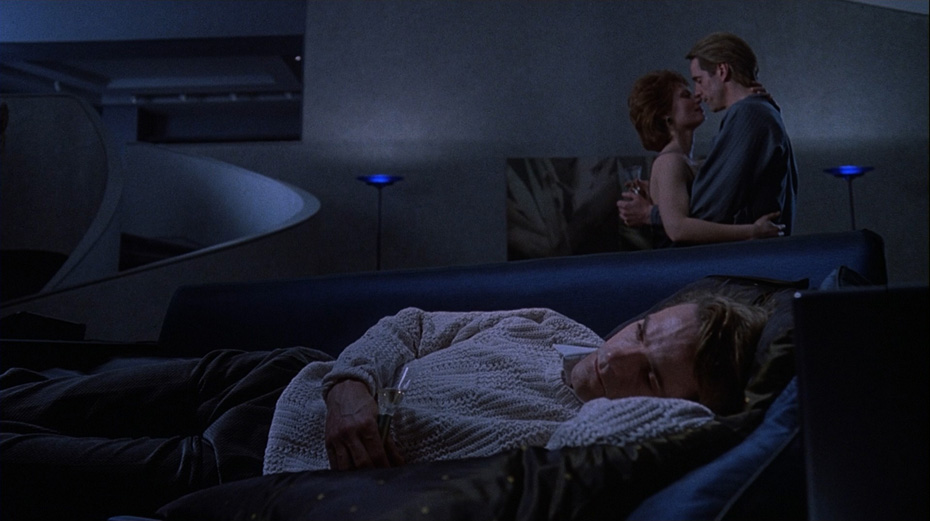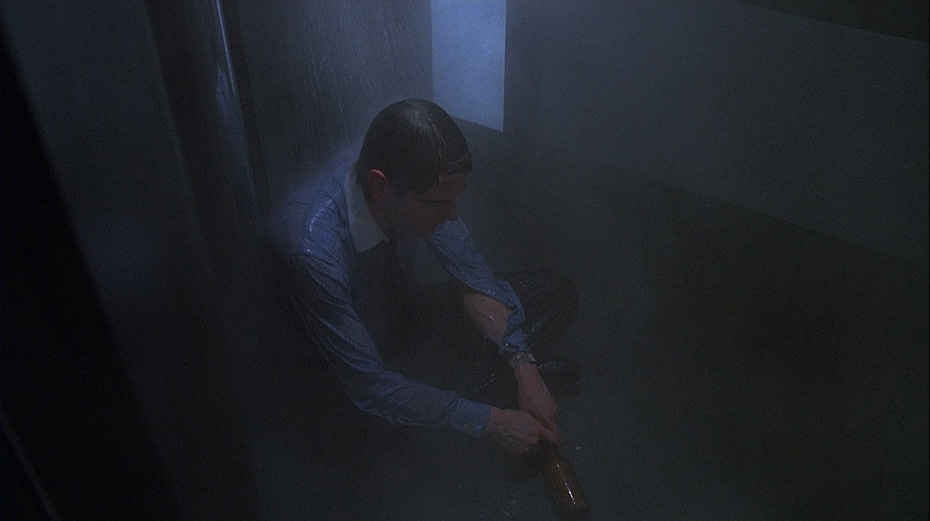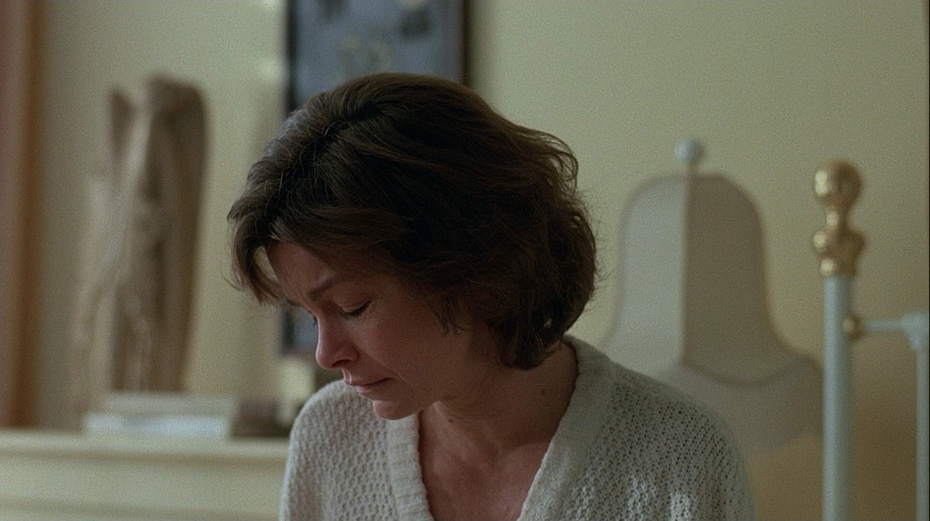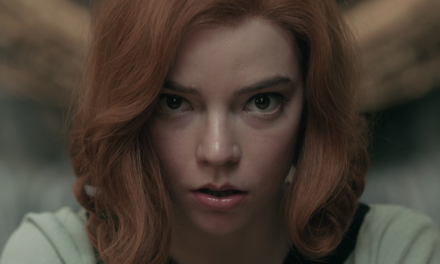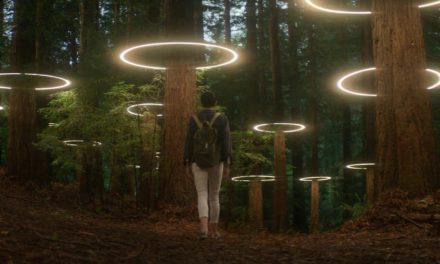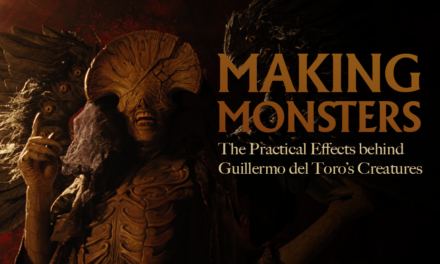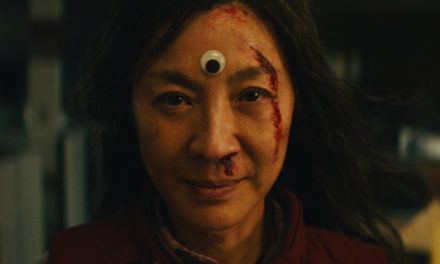THE TUESDAY DROP: 5300+ New Shots
10.25.22 Horror fans rejoice! We’re adding another 20 FRIGHTENING FILMS this week to cap out spooky season including some new releases, some international favorites, and some creepy classics! Check them out below, and remember you can always request films for future drops by clicking here!
THE EVIL DEAD (1981)
Sam Raimi’s 1981 supernatural horror film THE EVIL DEAD follows Ash Williams (Bruce Campbell), his girlfriend and their three friends as they hike into the woods to a cabin for a night away. There, they find an old book called the Necronomicon, whose text reawakens the dead when read aloud. The friends inadvertently release a flood of evil and face a fight for their lives at risk of becoming one of the evil dead themselves. The Evil Dead was first made as a proof of concept short called Within the Woods that helped secure an initial $90,000 with which to make the feature film (whose budget ultimately rose to $375,000). Though the film performed poorly at the US domestic box office upon its release, it has come to be considered one of the most significant cult films ever made and one of the greatest horror films of all time.
The Evil Dead had a notoriously difficult production that, due to the low budget and the remote location of the shoot in Morristown, Tennessee, led to several members of the cast and crew falling ill and being injured. At the same time, the film is recognized today for the low-budget innovations that the cast and crew made in order to achieve the final look of the film. Since the crew could not afford a dolly, the crew built a camera mount to be slid down long wooden platforms. To emulate Steadicam shots, the crew invented a “shaky cam” where they mounted the camera to a piece of wood that two operators would hold on either side as they sprinted behind the actors. The final sequence of the film was shot with the camera mounted to a bicycle, allowing it to play out in an extended take.
MEN (2022)
Alex Garland’s 2022 folk horror film MEN stars Jessie Buckley as Harper, a widow who retreats to the countryside to be alone after her husband’s death. Once she arrives, her unease and the town’s leering and uncannily similar men gives way to a more sinister force awoken in the forest by her arrival. Rory Kinnear, Paapa Essiedu, Sonoya Mizuno and Gayle Rankin also star. Men premiered at the Cannes Film Festival, and also played at the Bucheon International Fantastic Film Festival in South Korea. Garland worked on the film with VFX Supervisor David Simpson of Framestore, as well as prosthetics designer Tristan Versluis. Simpson had previously worked as a 2D supervisor on projects such as His Dark Materials, Thor: Ragnarok and Alita: Battle Angel, while Versluis’s previous prosthetics makeup credits include The Batman, 1917 and Game of Thrones, as well as Annihilation and Ex Machina with Garland.
Simpson and Versluis began collaborating in pre-production with a close eye on the climactic final sequence of the film where the men played by Rory Kinnear painfully give birth to one another in a sequence of births until Harper’s husband remains. The effect was pulled off through a combination of VFX and SFX, with Simpson and Versluis working closely with Garland to establish what would be fully replaced by CG, what would be augmented by CG, and what would remain in camera. Simpson and Versluis had long discussions with Garland about what the physical realities of this birthing sequence would be like on the bodies of the men, and combining it with the story’s imperative to keep evolving and showing the audience something unexpected, to ultimately craft the scene as it ended up in the film.
THE TEXAS CHAINSAW MASSACRE (1974)
THE TEXAS CHAIN SAW MASSACRE is a 1974 American slasher film co-written, directed and produced by Tobe Hooper. The film, which was marketed as being based on a true story (though it is largely fictional) follows a group of friends who fall victim to a family of cannibals while on their way to visit an old homestead. It stars Marilyn Bruns, Paul A. Pertain, Edwin Neal, Jim Siedow and Gunnar Hansen. The Texas Chain Saw Massacre grossed over $30 million from its $140,000 budget, popularizing several core tenets of the slasher genre and growing in its reputation to be considered one of the most influential horror films of all time. Hooper worked on the film with American art director Robert A. Burns. The Texas Chain Saw Massacre was Burns’s first feature film, and he would go on to work on films such as The Hills Have Eyes, Tourist Trap and The Howling.
Almost the entirety of The Texas Chain Saw Massacre was shot on location at a 1900s farmhouse that Burns and the locations team found near Round Rock, Texas. The small budget and crew restricted their possibilities, but Hooper also pushed filming conditions to their extremes, with the cast and crew working seven day weeks up to 16 hours a day in punishing conditions. Large parts of Burns’s production design was practically sourced, including remains of cattle and other animals that he collected by driving around the countryside before scattering around the house, and real animal blood from a local slaughterhouse that he covered the walls with. Burns also had limited resources to keep the cast and crew safe, and in the end, real tools were used as weapons, risking major injury to cast members during production.
THE CONJURING (2013)
THE CONJURING is a 2013 American supernatural horror film directed by James Wan and written by Chad and Carey W. Hayes. It is the first film in the Conjuring franchise, and is set in 1970, when paranormal investigators and demonologists Lorrain (Vera Farmiga) and Ed (Patrick Wilson) Warren are summoned to the home of Carolyn (Lili Taylor) and Roger (Ron Livingston) Perron. The Perrons and their five daughters have recently moved into a secluded farmhouse, where a supernatural presence has made itself known. Though the manifestations are relatively benign at first, events soon escalate after the Warrens discover the house’s macabre history. The Conjuring had its world premiere at the Nocturna: Madrid International Fantastic Film Festival, before playing at the Los Angeles Film Festival. The film grossed over $319 million from its $20 million budget, and has since been followed up by a sequel in 2016. Wan worked on the film with American production designer Julie Berghoff, who was known for her work on films such as Saw, Neighbors, The Handmaid’s Tale and The Kids Are All Right.
One of Berghoff’s major production design challenges was to fill the house at the center of The Conjuring with enough complexity and detail to feel lived-in, enough spookiness and strangeness to be genuinely frightening, and enough clarity and organization to be navigable to the audience over the course of the two-hour film. Berghoff, as well as art director Geoffrey S. Grimsman and set decorator Sophie Neudorfer, took on this challenge by filling the house with small totems of each character as a way of distinguishing each character’s bedroom from one another. Creating a distinctive language for the Perron’s house allowed them to them draw a distinction with the Warren’s, who had a crucial parallel narrative running during the film.
CANDYMAN (2021)
CANDYMAN is a 2021 supernatural slasher film directed by Nia DaCosta, and co-written by DaCosta with Jordan Peele and Win Rosenfeld. The film is a direct sequel to the 1992 film of the same name, and the fourth in the Candyman film series, based on the short story The Forbidden by Clive Barker. The film follows the Cabrini-Green housing projects in Chicago, which for decades were terrorized by a ghost story about a supernatural killer. An artist begins to explore the history of Candyman, not knowing it will drive him insane and unleash a wave of violence. Candyman stars Yahya Abdul-Mateen II, Teyonah Parris, Nathan Stewart-Jarrett, Colman Domingo and Kyle Kaminsky, as well as original cast members Vanessa Williams, Virginia Madsen and Tony Todd. Candyman grossed over $77 million against its $25 million budget. DaCosta worked on the film with American cinematographer John Gulserian, who was known at the time for his work on films such as About Time, Love, Simon and An American Pickle.
DaCosta entered her collaboration with Gulserian as a fan of the original Candyman film, and the pair used the film as a reference point, particularly watching it with their friends to understand the audience reaction to the film, as they embarked on the sequel. The character Anthony’s (Abdul-Mateen) work as an artist became a major influence on the visual language of the film, as did the role of mirrors and windows, given the importance of reflections to the Candyman mythology. DaCosta and Gulserian had four weeks of prep on the film, during which time they completely storyboarded many of the film’s key sequences, giving them a base to work quickly from during production. Given the significance of reflections and mirrors in the film, Gulserian and the production design team, led by Cara Bower, collaborated closely on how to position mirrors and windows in a way that would capture the action without making the camera too much of a presence that couldn’t be removed digitally in post-production.
GANJA & HESS (1973)
GANJA & HESS is a 1973 American blaxploitation horror film written and directed by Bill Gunn. The film follows an anthropologist, Dr. Hess Green (Duane Jones), who turns into a vampire after his assistant (Gunn) stabs him with an ancient cursed dagger. Green falls in love with his assistant’s widow, Ganja (Marlene Clark), who eventually learns about his secret. Ganja & Hess premiered at the 19733 Cannes Film Festival, and has gone on to become considered one of the most influential blaxploitation films made, spawning a close remake titled Da Sweet Blood of Jesus directed by Spike Lee in 2014. Gunn worked on Ganja & Hess with American cinematographer James E. Hinton, who is widely acknowledged as the first Black cinematographer to have shot a theatrically released American film. Hinton is also known for his work on films such as Identity Crisis.
Gunn and Hinton wanted to use the tropes of blaxploitation cinema as a means of subverting the audience’s expectations for the film. In particular, the pair wanted to approach the cinematography and editing of the film in new ways to push the formal bounds of the film. Many of Hinton’s techniques – changes in focus, graininess, under- and overexposure, lack of traditional clarity in the image, and playing with the emulsion – are termed as “haptic visuality” – imagery designed to help evoke other senses as a way of accessing more than what the literal image can provide. This set of techniques ties into the narrative of Ganja & Hess, where Dr. Hess starts to “remember” places through his anthropological research, as well as in the lovemaking scenes, which were often also murder scenes.
ONIBABA (1964)
ONIBABA is a 1964 Japanese jidaigeki film written and directed by Kaneto Shindo. The film stars Nobuto Otowa and Jitsuko Yoshimura as two women in the 14th century civil war in Japan who kill soldiers to steal their possessions, before a neighbor, Hachi (played by Kei Satō) comes in their way. Taiji Tonoyama and Jūkichi Uno also star. Shindo worked on the film with Japanese cinematographer Kiyomi Kuroda, who was also known for his work on films such as Black Cat and The Life of Chikuzan.
Onibaba’s story came from traditions of Noh theater, and the visual language that Shindo and Kuroda designed for the film were in keeping with some of the core tenets of Noh theater tradition. The mask was a key piece of costuming in the film, reminiscent for Shindo of the disfigurement people endured after the Atomic bombings of Hiroshima and Nagasaki, but also recall some of the ways in which Noh performers would use the angle of the mask to indicate emotions to the audience. This avant-garde use of camera positions and angles, coupled with the high-key lighting techniques Kuroda designed, helped heighten the drama and tension carried through the story of the film.
LET ME IN (2010)
LET ME IN is a 2010 romantic horror film written and directed by Matt Reeves and starring Kodi Smit-McPhee, Chloë Grace Moretz, Elias Koteas, and Richard Jenkins. It is a remake of Tomas Alfredson’s 2008 Swedish film Let the Right One In. The film tells the story of a bullied 12-year-old boy (Smit-McPhee) who befriends and develops a romantic relationship with a child vampire named Abby (Moretz) in Los Alamos, New Mexico, during the early 1980s. Let Me In premiered at the Toronto International Film Festival. Reeves worked on the film with visual effects supervisor Brad Parker, as well VFX studio Method Studios, which was led by supervisor Sean Faden. Faden was known for his work on projects such as The Curious Case of Benjamin Button and National Treasure, while Parker has also worked on projects such as The Batman, Ad Astra and Loki.
Parker and Faden worked closely with each other and Reeves to accomplish several complicated VFX moments in the film that were designed to hide the appearance of any post-production work in the frame. The first was the shots of Abby as a vampire, especially when she starts bleeding when she enters Owen’s apartment. Though this would typically be done with a squib live on set, Reeves wanted more control of the timing of Abby’s bleeding, in order for it to correspond with the emotional beats of the scene. Using Houdini software, as was previously used by Method Studios for A Nightmare on Elm Street, Faden tracked Moretz’s shaking movements on camera and used it as a guide to render the gradual release of blood. For the car crash sequence, which Reeves wanted to shoot as though it was filmed in a single cut from within the car, Parker and Faden ensured several plates were shot. The first shot Jenkins backing the car out and swerving, and digitally stitched it together with a shot where the car was spun mechanically on a rotisserie in front of a blue screen to simulate the car’s downhill roll, with Jenkins’s stunt double and a dummy (that was later digitally animated) in the car.
MALIGNANT (2021)
MALIGNANT is a 2021 horror film co-written and directed by James Wan. The film stars Annabelle Wallis as Madison, a woman who has visions of people being murdered, only to realize that the murders are actually happening in real life. Maddie Hasson, George Young, Michole Briani White and Jacqueline McKenzie also star. Malignant was simultaneously released in cinemas and on HBO Max, earning $35 million from the theatrical box office from its $40 million budget. Wan worked on the film with American cinematographer Michael Burgess. Burgess had also shot films such as The Curse of La Llorona, Annabelle Comes Home and The Conjuring: The Devil Made Me Do It.
Wan and Burgess wanted to create a unique visual language that would take the film out of the territory of any of the other films he had previously made. A centerpiece moment of the film was in the final act of the film, where Madison’s long-lost brother controls her body in reverse as a parasite inside her head, in an epic fight scene in a prison cell. Wan and Burgess initially expected to have to shoot the entire move in reverse and then play the footage back reversed in order to sell the effect, but were able to avoid this by working with stunt performer Marina Mazepa, a contortionist and dancer who was able to play the scene with all its fighting backwards and blindly. Despite some cabling needing to be removed digitally in post, the sequence was largely achieved practically.
THE LODGE (2020)
THE LODGE is a 2020 psychological thriller film directed by Veronika Franz and Severin Fiala. The film stars Riley Keough, Jaeden Martell, Lia McHugh, Alicia Silverstone and Richard Armitage, and follows a soon-to-be stepmother (Keough) who becomes stranded with her fiancés children at their rural lodge at Christmas, and starts experiencing a sequence of unexplained events that are connected with her past. The Lodge premiered at the 2019 Sundance Film Festival. Franz and Fiala worked on the film with Greek cinematographer Thimios Bakatakis, who was best known at the time for his work with Yorgos Lanthimos on Dogtooth, The Lobster and The Killing of a Sacred Deer.
Franz, Fiala and Bakatakis agreed that The Lodge would be best served shot on 35mm film when the trio were first discussing working together at the 2017 Cannes Film Festival (Bakatakis was there with The Killing of a Sacred Deer). They used films such as Carl Theodor Dreyer’s Vampyr as a reference for the general atmosphere of the film. Bakatakis wanted to start the film with classic camerawork that became more unsettling in its framing and lensing choices as the film progressed, mirroring that in the increasingly cold color palette as well. Franz, Fiala and Bakatakis agreed that the film should be shot in a 1.85:1 aspect ratio, since it would allow them to create a gradual feeling of enclosure and claustrophobia during the slow dolly push-ins. Bakatakis used Kodak Vision3 200T and 500T color negative film for the shoot for the way that both the grain structure and color rendition would help capture the mood of the film.
POSSESSOR UNCUT (2020)
Brandon Cronenberg’s 2020 sci-fi psychological horror film POSSESSOR UNCUT stars Andrea Riseborough as Vos, an assassin who kills high-profile targets by taking control of their bodies via brain-implant technology. Christopher Abbott, Rossif Sutherland, Tuppence Middleton, Sean Bean and Jennifer Jason Leigh also star. Possessor premiered at the 2020 Sundance Film Festival Cronenberg worked on Possessor with Canadian filmmaker and cinematographer Karim Hussain, a longtime collaborator with whom he had previously shot the feature film Antiviral.
Cronenberg and Hussain knew from the development stage that the film would need a distinct visual language to describe its two worlds – the one where Vos was inside the machine possessing people, and the one in which she was outside living her own life. Cronenberg and Hussain created a set of visual rules to distinguish these – when Vos was in her own life, the camera would always be handheld and at a higher F-stop to allow a deeper depth of field, corresponding to the slightly harsher and less settled emotional state of the character. When Vos was in the machine, everything would be filmed with Steadicam and dolly shots with a shallower depth of field. Cronenberg and Hussain also shot as many of the effects in-camera as they could, drawing on their experiences from making effect-heavy but lower-budget shorts and music videos together.
POLTERGEIST (1982)
POLTERGEIST is a 1982 American supernatural horror film directed by Tobe Hooper from a story by Steven Spielberg and a screenplay by Spielberg, Michael Grais and Mark Victor. The film follows the Freeling family – Steve (Craig T. Nelson), Diane (JoBeth Williams), teenager Dana (Dominique Dunne), eight-year-old Robbie (Oliver Robins), and five-year-old Carol Ann (Heather O’Rourke) – as ghosts begin communicating with them via their television set. While the spirits are initially friendly, things take a turn for the menacing, and Steve and Diane eventually turn to an exorcist for help. Poltergeist earned over $121 million at the box office from its $10 million budget, earning three Academy Award nominations and spawning two sequels and a 2015 remake. Hooper worked with the SFX and VFX team from Industrial Light and Magic on the film.
While the exterior scenes for Poltergeist were largely shot on location, the majority of the film was shot on sound stages at MGM Studios in Culver City, in order to be able to both destroy the house and design sets that could accommodate the machinery built by ILM to pull off the special effects. Every set was built 10 feet off the ground to accommodate shooting through the floor. One of the film’s most memorable set pieces involved Robbie being pulled from his bed by a tree that bursts through his window. To accomplish this effect, ILM built an entire mechanical tree that was electronically maneuvered to pull off the stunt. For the scene where Carol was sucked into her closet, the set was built on a huge revolving gimbal that turned 360 degrees and would funnel everything into the closet. The team then sprinkled confetti to add to the lighting effect of the stung. The backyard of the house was also recreated on the soundstage, including a miniature version for the scene where the house was sucked into a hellmouth. The house was made out of balsa wood and cornflakes and sucked in by a vacuum, and filmed at half-speed before being sped up in post.
THIRST (2009)
Park Chan-wook’s 2009 horror film THIRST is based on Émile Zola’s 1867 novel Thérèse Raquin and stars Song Kang-ho as Sang-hyun, a Catholic priest who turns into a vampire as a result of a failed medical experiment. Sang-hyun falls in love with Tae-ju (Kim Ok-bin), the wife of his childhood friend (Shin Ha-kyun), and their affair raises major questions for Sang-hyun and his moral code. Thirst premiered at the 2009 Cannes Film Festival, where it was nominated for the Palme d’Or and won the Jury Prize. Park worked on the film with South Korean production designer Ryu Seong-hie. Ryu and Park are longtime collaborators who have since worked together on The Handmaiden and Decision to Leave, as well as on films in the past such as Oldboy.
Park and Ryu paid close attention to the spatial dynamics of the film, wanting to build worlds that reflected the inner lives of the characters and took the audience on a journey as much as the plot did. Ryu designed Sang-hyun’s spaces, such as the monastery and hospital in Africa, in austere décor with plain white walls, wooden floors and minimal furniture. After the priest’s transformation, many of the environments he was shown in went indoors, with Park intensifying the drama of the limited space he occupied, such as the narrow winding corridors of the hospital. Tae-ju’s dressmaker shop, on the other hand, was designed to be maximalist and culture-clashing, with Ryu and her team using wallpapers and fabrics inspired by French symbolist Odilon Redon, pushing the space into a more fantastical realm after Sang-hyun gives into his carnal desires there.
KWAIDAN (1964)
Masaki Kobayashi’s 1964 Japanese anthology horror film KWAIDAN adapts four unrelated folk tales into one film. A broke samurai (Rentarô Mikuni) marries for money with tragic results. A man stranded in a blizzard is saved by Yuki the Snow Maiden (Keiko Kishi), but his rescue comes at a cost. Blind musician Hoichi (Katsuo Nakamura) is forced to perform for an audience of ghosts. An author (Osamu Takizawa) relates the story of a samurai who sees another warrior’s reflection in his teacup. The film’s title is an archaic transliteration of the term kaidan, which means “ghost story”. Kwaidan premiered at the 1965 Cannes Film Festival, where it was awarded the Special Jury Prize, before going on to win the Academy Award for Best Foreign Language Film. Kobayashi worked on the film with Japanese cinematographer Yoshio Miyajima, whose notable works also include Harakiri and The Human Condition trilogy.
Kwaidan was Kobayashi’s first film in color, and he sought absolute creative control in trying to make use of the opportunities that it afforded him. After scouting locations with Miyajima, Kobayashi decided to shoot the entire production on sound stages, building enormous sets in a former airplane hangar that would drive the cost of the shoot so high that Kobayashi sold his house to complete the film after running through the allotted budget, making Kwaidan the most expensive Japanese film ever made at the time. Miyajima shot the film in panoramic TohoScope, taking bold stylistic risks by framing much of the story from a distance, giving the drama a kind of objectivity that imbued stories with a sense of the inevitable. This was often accentuated by the high angles from which the camera was placed – not equivalent to a “God’s eye view” given that Kobayashi was not Christian, but instead giving frames a sense of vertical dimensionality that allowed the story to be viewed on a grander scale.
INSIDIOUS (2010)
INSIDIOUS is a 2010 supernatural horror film directed by Australian director James Wan, with a script from close collaborator Leigh Whannell. The film is the first in the Insidious franchise, and stars Patrick Wilson and Rose Byrne as a couple whose son Dalton (Ty Simpinks) inexplicably enters a comatose state and becomes a vessel for malevolent entities. Barbara Hershey also stars. Insidious premiered at the 2010 Toronto International Film Festival, and grossed over $99 million from its $1.5 million budget. It has since been followed by a sequel and two prequels. Wan worked on the film with American production designer Aaron Sims.
Wan and Whannell started working on Insidious with the clear goal of not making a blood and gore-laden film, trying to move away from the “Splat Pack” label associated with them after their success with the first Saw film. A lot of the responsibility for carrying the kind of fear and tension needed to communicate a horror film without much on-screen violence fell on the shoulders of Wan and Sims’s collaboration, and the pair wanted to create a visual language that would always feel to the audience as though something was off with what they were witnessing on screen. The pair felt from the start that they wanted to make a different kind of haunted house film, and went to great lengths to find locations that would feel creepy to be in. Spaces such as the basement scene were really filmed in an abandoned basement, which the team added to by blacking out windows and dressing to look as frightening as possible.
HELLRAISER (1987)
HELLRAISER is a 1987 British supernatural horror film written and directed by Clive Barker, and produced by Christopher Figg, based on Barker’s 1986 novella The Hellbound Heart. The film marked Barker’s directorial debut and stars Sean Chapman as Frank, a sexual deviant who inadvertently opens a mystical puzzle box that summons the Cenobites, a group of extra-dimensional, sadomasochistic beings who cannot differentiate between pain and pleasure. When Frank’s brother (Andrew Robinson) and his wife Julia (Claire Higgins) move into Frank’s old house, they accidentally bring what is left of Frank back to life. Frank then convinces Julia, his former lover, to lure men back to the house so that he can use their blood to resurrect himself. Hellraiser grossed over $14 million from its $1 million budget, and has since led to both a sequel and a 2022 franchise reboot (also titled Hellraiser). Barker worked on the film with British costume designer Joanna Johnston. Hellraiser was Johnston’s first feature film, and she would go on to work on films such as Indiana Jones and the Last Crusade, Back to the Future Part II and III, Saving Private Ryan, and Mission: Impossible – Rogue Nation.
Barker and Johnston entered their collaboration knowing that the production would require some design elements not seen before, and that the team would have to spend its limited budget wisely in order to pull it off. The look of the Cenobites, in particular the look of Pinhead, was an important design element of the film. Barker was inspired by S&M clubs he had attended in New York such as Cellblock 28, where he had seen people piercing themselves for fun. Johnston and Barker worked together to come up with costume and prosthetics design elements that could both attract and repel, and play into the amoral ambiguity of the Cenobites. The costuming and make-up design of these characters was in contrast to the fashion sense of Julia, whose costuming Johnston designed both as a indication of her prosperity as well as hinting at her possible androgynous qualities.
HELLBOUND: HELLRAISER II (1988)
HELLBOUND: HELLRAISER II is a 1988 British supernatural horror film directed by Tony Randel in his feature directorial debut, starring Clare Higgins, Ashley Laurence, Kenneth Cranham and Doug Bradley. The second film in the Hellraiser franchise, Hellbound: Hellraiser II stars Ashley Laurence as Kristy, who is admitted to a psychiatric hospital after the events of the first film. There, the head doctor unleashes the Cenobites, a group of sadomasochistic beings from another dimension. Hellbound: Hellraiser II premiered at the Toronto Festival of Festivals and grossed over $12 million at the international box office. Randel worked on the film with British cinematographer Robin Vidgeon, who shot the original Hellraiser film.
Randel’s goal coming into the production of Hellbound: Hellraiser II was to make a bigger film than the original that expanded the possibilities of the universe they had created. Randel’s primary experience coming into the project was as an editor, but working with Vidgeon allowed him to find a way of working that was more suited to directing. While Randel had a clear sense of what kinds of shots and coverage would be needed in the editing room, Vidgeon and the rest of the crew’s experience pushed Randel’s working process to be more focused on staging scenes in real time with the cast and focusing on performance, rather than on shots for the purposes of editorial continuity. Inspired by the works of MC Escher, Randel and Vidgeon were able to craft a visual language that embraced maze-like, geometric imagery that heightened the emotional impact of the horror sequences on screen.
HALLOWEEN KILLS (2021)
HALLOWEEN KILLS is a 2021 American slasher film directed by David Gordon Green and co-written by Green, Danny McBride, and Scott Teems. The film is a sequel to 2018’s Halloween and the twelfth installment in the Halloween franchise. The film follows the surviving victims of Michael Myers (James Jude Courtney), led by Laurie Strode (Jamie Lee Curtis), who form a vigilante mob and vow to end his reign of terror after they discover that he is still alive. Judy Greer, Andi Matichak, Will Patton, Anthony Michael Hall and Thomas Mann also star. Halloween Kills premiered at the Venice International Film Festival and grossed over $130 million from its $20 million budget. Green worked on the film with American cinematographer Michael Simmonds. Simmonds was best known at the time for his work on projects such as SMILF, Vice Principals and The Lunchbox.
Halloween Kills featured several major set pieces that required close collaboration and precise execution between Green, Simmonds and the rest of the production team. The house fire sequence that revealed Michael Myers to the firefighters early on in the film was a major task for the crew to execute. Since they were trying to match a house that was burned down for the previous Halloween film, the location and production design teams found a home that they could burn down and did major renovations to it in order to match the house from the previous film. Interior scenes were filmed with three cameras on a soundstage with a two-storey burn set carefully constructed to be structurally stable. The final confrontation scene were Michael Myers murders a mob of people was shot by constructing a “Lazy Susan”-style platform which rotated around the camera during filming.
FUNNY GAMES (2007)
FUNNY GAMES is a 2007 psychological thriller film written and directed by Michael Haneke, and a remake of his own 1997 film of the same name. The film stars Naomi Watts, Tim Roth, Michael Pitt and Brady Corbet, and follows a middle class family as they are captured and tortured by two young criminals while on their vacation. Funny Games premiered at the 2007 London Film Festival, before going on to play at the 2008 Sundance and Istanbul Film Festivals. Haneke worked on Funny Games with Iranian-French cinematographer Darius Khondji. This was the pair’s first collaboration, though they would go on to collaborate on the 2012 film Amour. Khondji’s other credits include Se7en, Panic Room, The Immigrant, Okja and Uncut Gems.
Haneke was clear from the beginning of his collaboration with Khondji that he wanted the American version of Funny Games to be an exact shot-for-shot remake of the 1997 original film. Haneke felt that making the film this way would be an exercise in reflecting and criticizing the violence used in the media. He and Khondji took a similar approach to the original of shooting with the editorial intentions of the film clear from the outset, placing the camera in neutral, objective positions and shooting extended takes that implicated the audience in the violence being portrayed on screen.
DEAD RINGERS (1988)
David Cronenberg’s 1988 psychological thriller DEAD RINGERS stars Jeremy Irons as Elliot and Beverly, twin gynecologists who have affairs with their patients and pass them between one another unbeknownst to the women they are having affairs with. When Beverly falls for one of the patients, Clair (Geneviève Bujold), she inadvertently devices him, throwing him into madness. The film is based on the novel Twins by Bari Wood, which is a fictionalized telling of the lives of Stewart and Cyril Marcus. Dead Ringers is today considered to be one of the most influential films of Cronenberg’s filmography, and is widely quoted as one of the greatest Canadian films of all time. Cronenberg worked on the film with longtime collaborator and Canadian production designer Carol Spier, who has also worked on films such as Scanners, Naked Lunch and A History of Violence.
Spier and Cronenberg initially thought that they were going to have to shoot the hospital scenes on location, given the film’s limited budget, and began by scouting every hospital they were allowed to shoot at in Toronto. However, the hospitals they scouted didn’t have the kind of visual life they wanted, and the pair started searching for other solutions. Spier ended up building a modular octagonal set that could be moved around and re-organized to create the operating room with a viewing room, a hospital room, an office and a cafeteria. Spier and Cronenberg wanted the apartment space to feel contemporary, cold and uninviting, and Spier built the sets to look like they had steel beams as part of the aesthetic of Elliot and Beverly’s lives.

